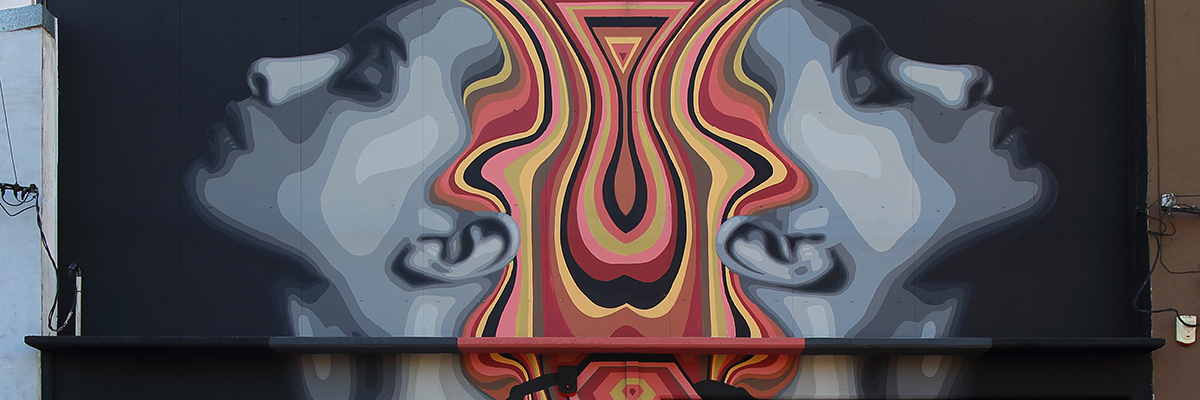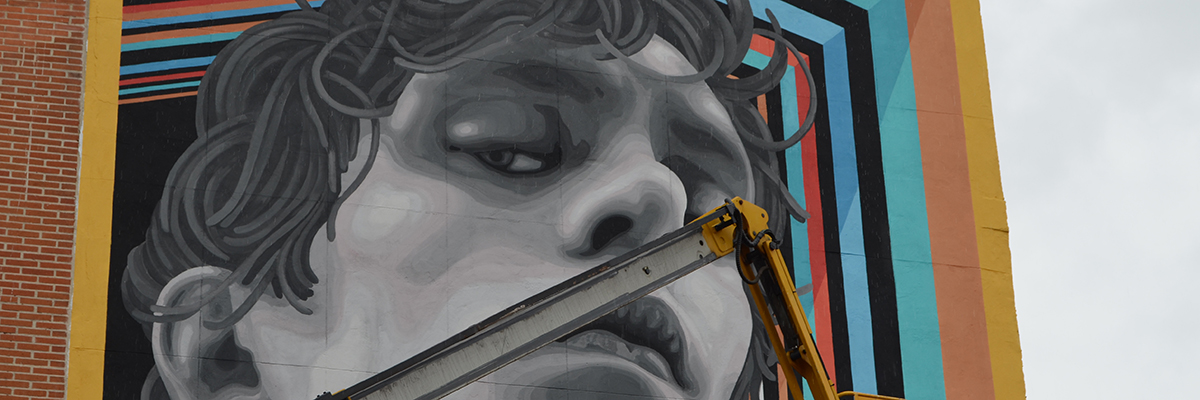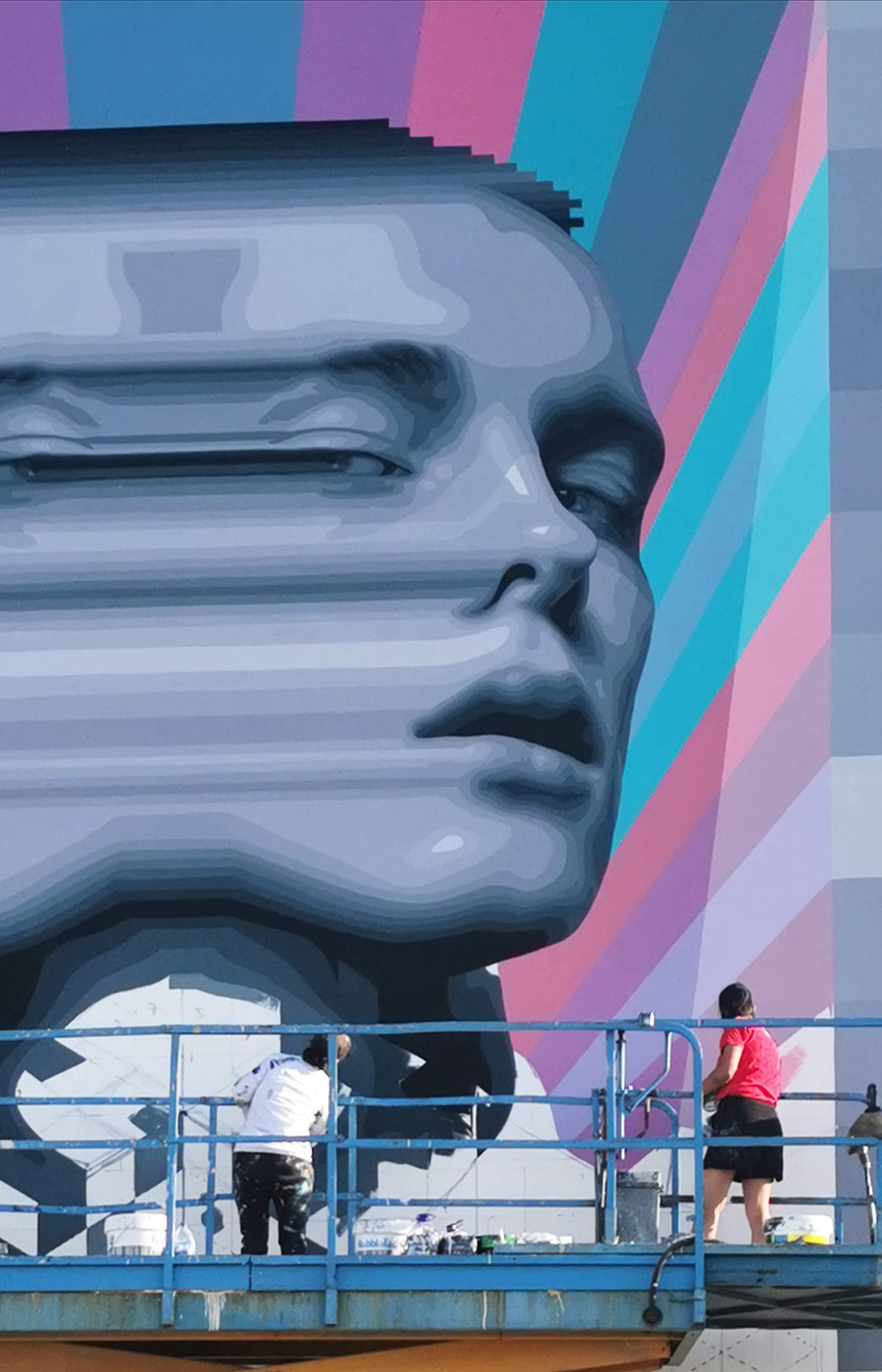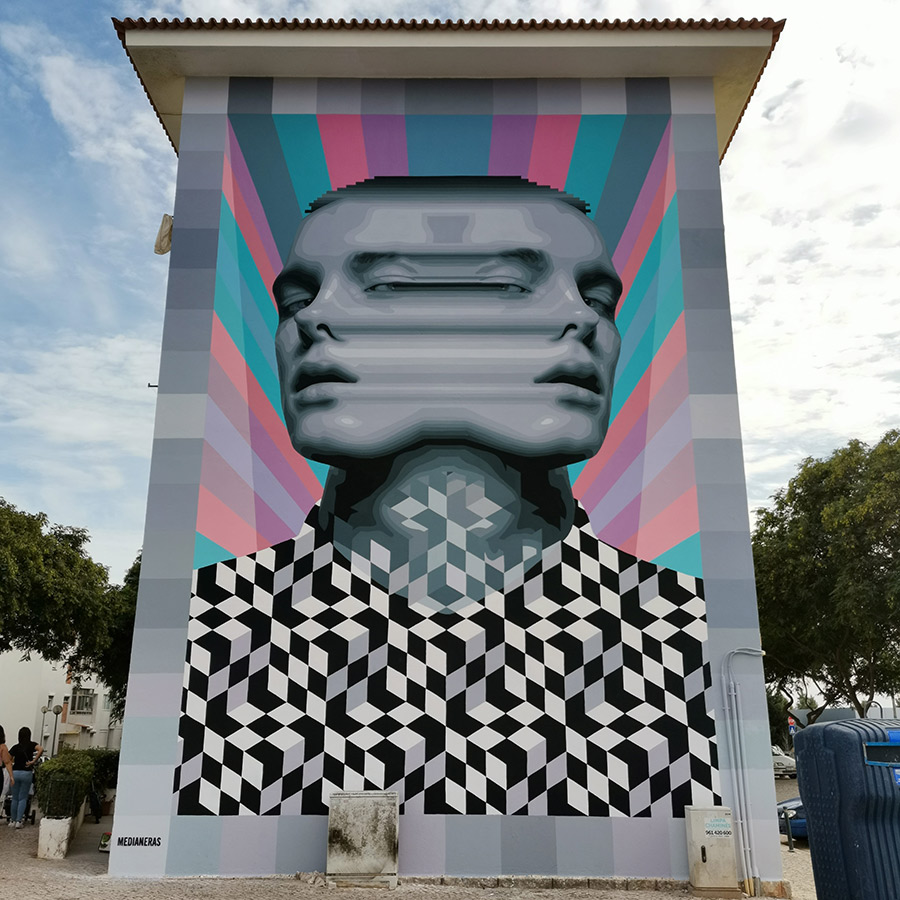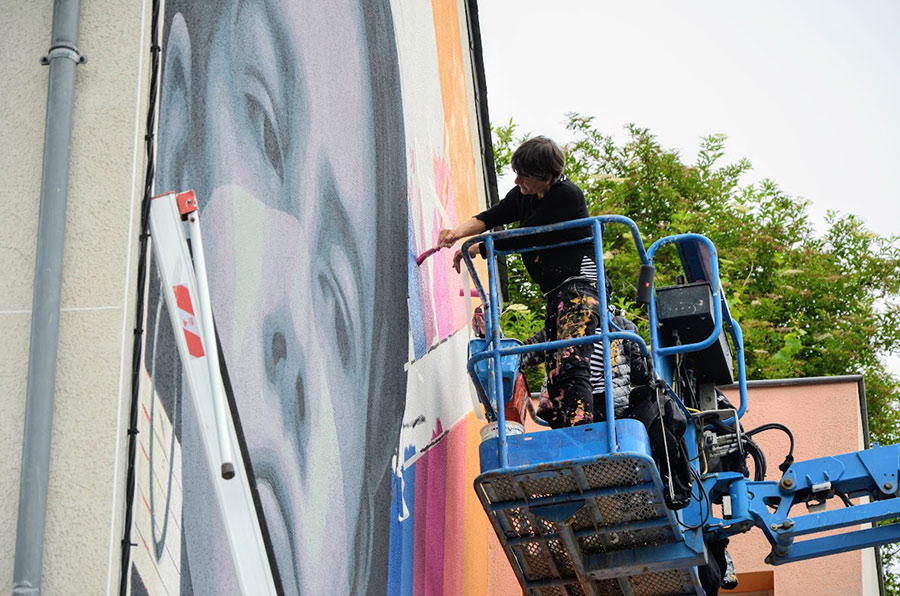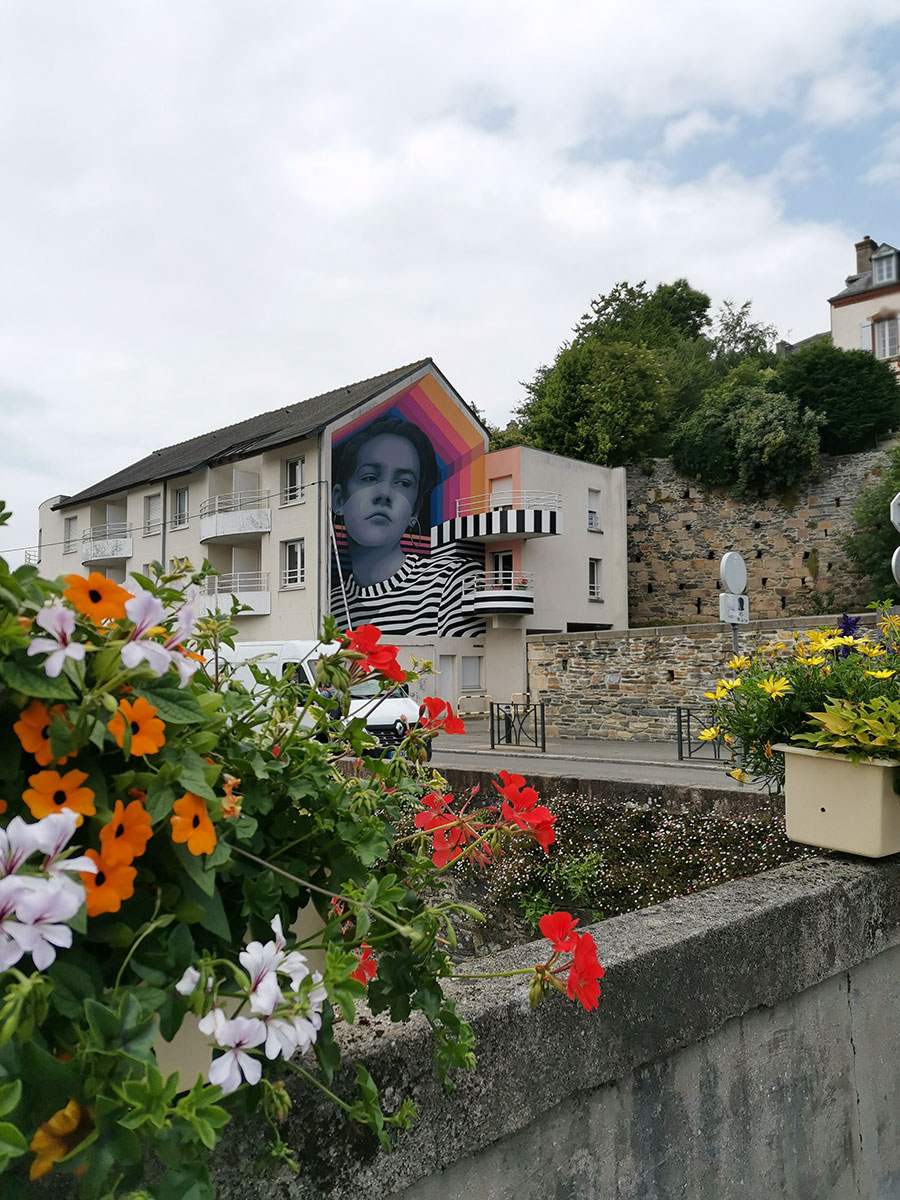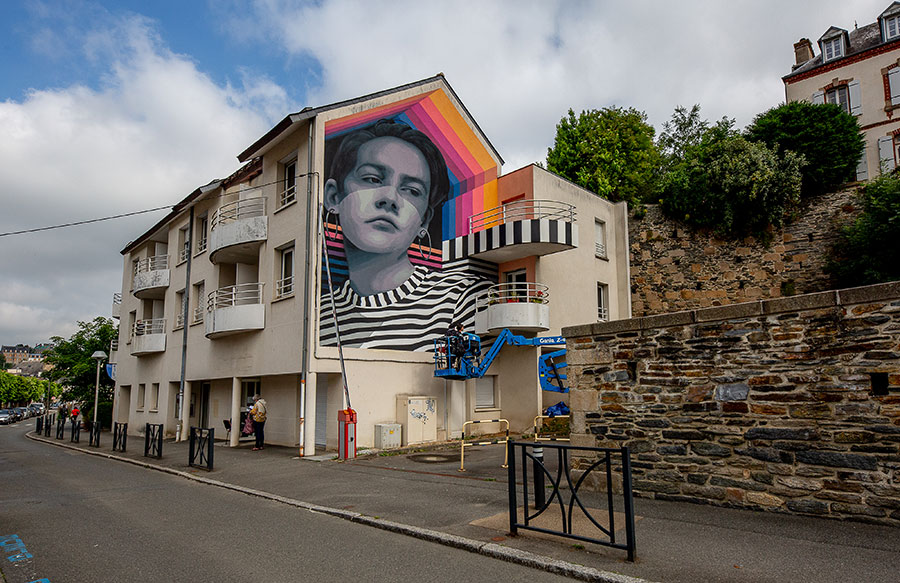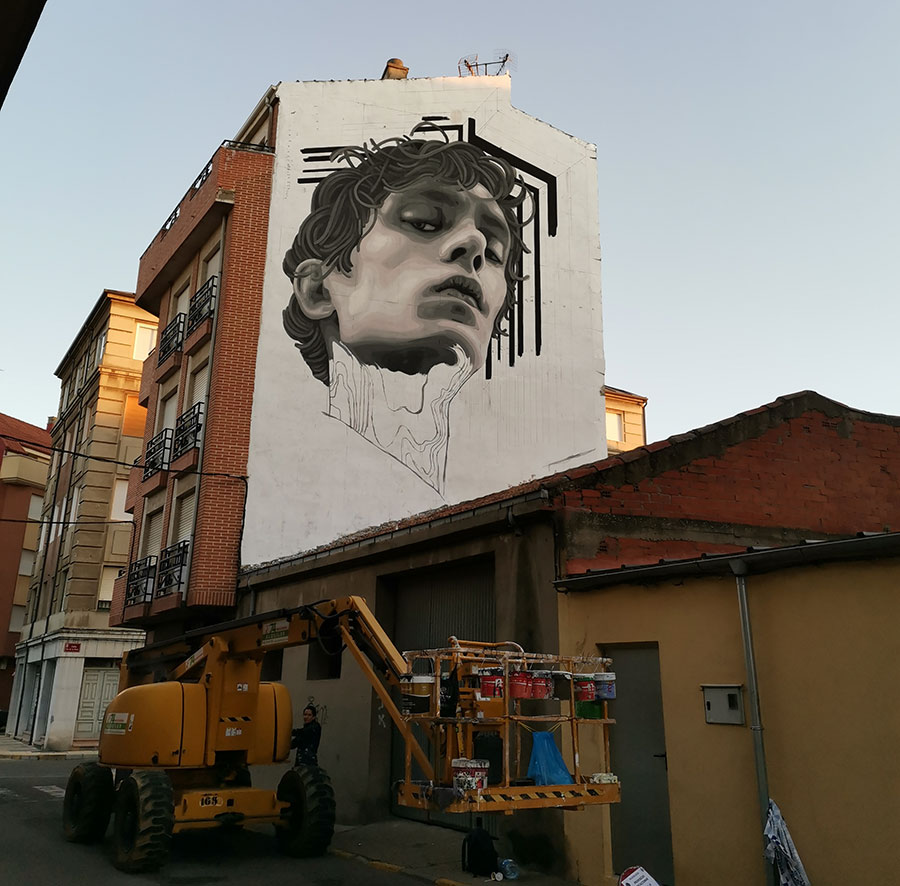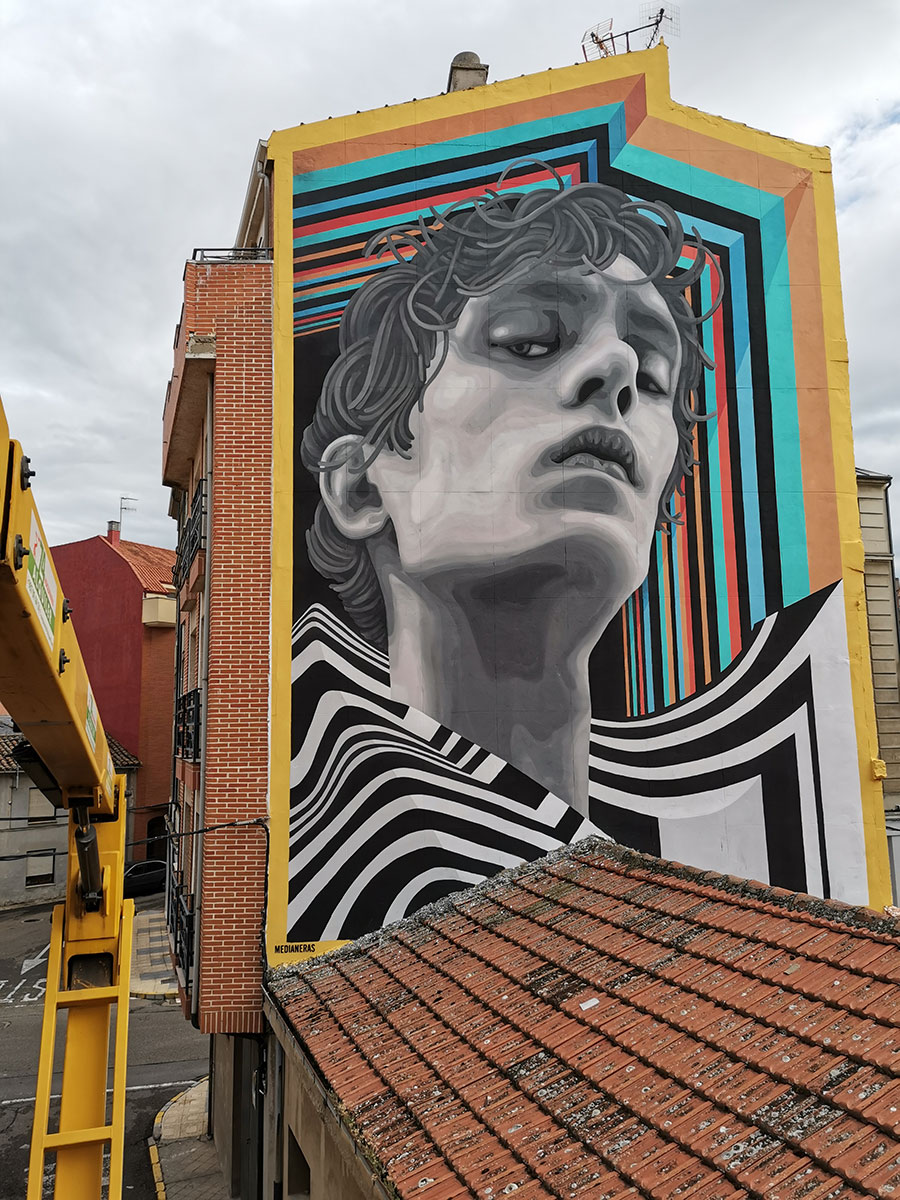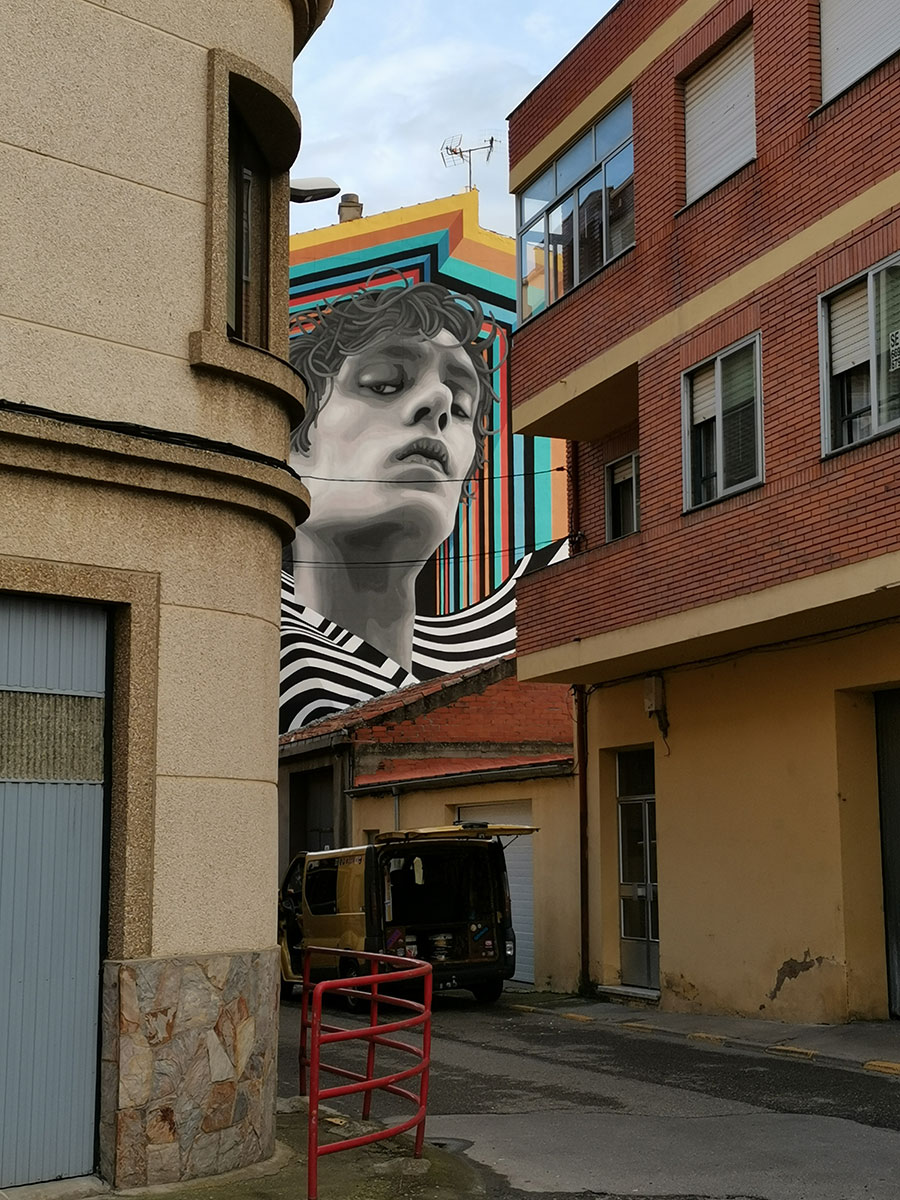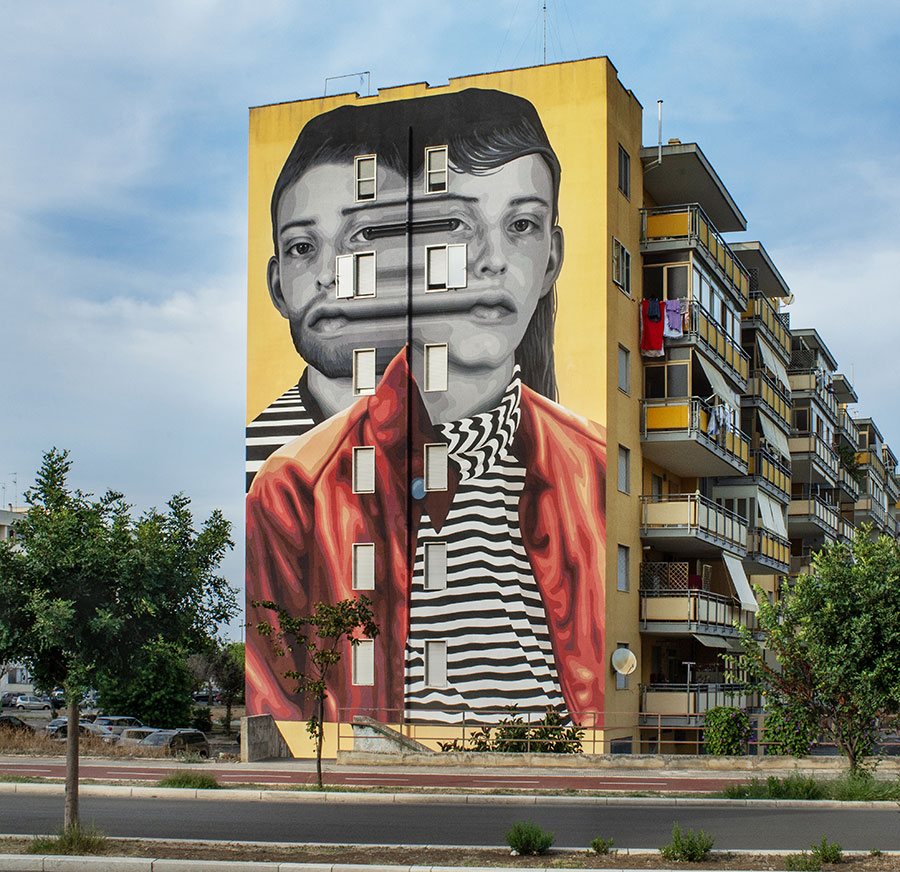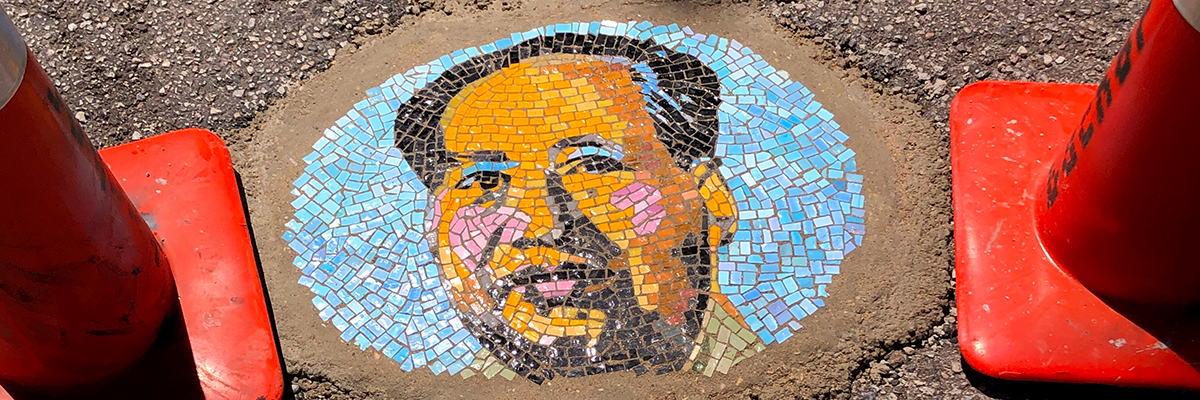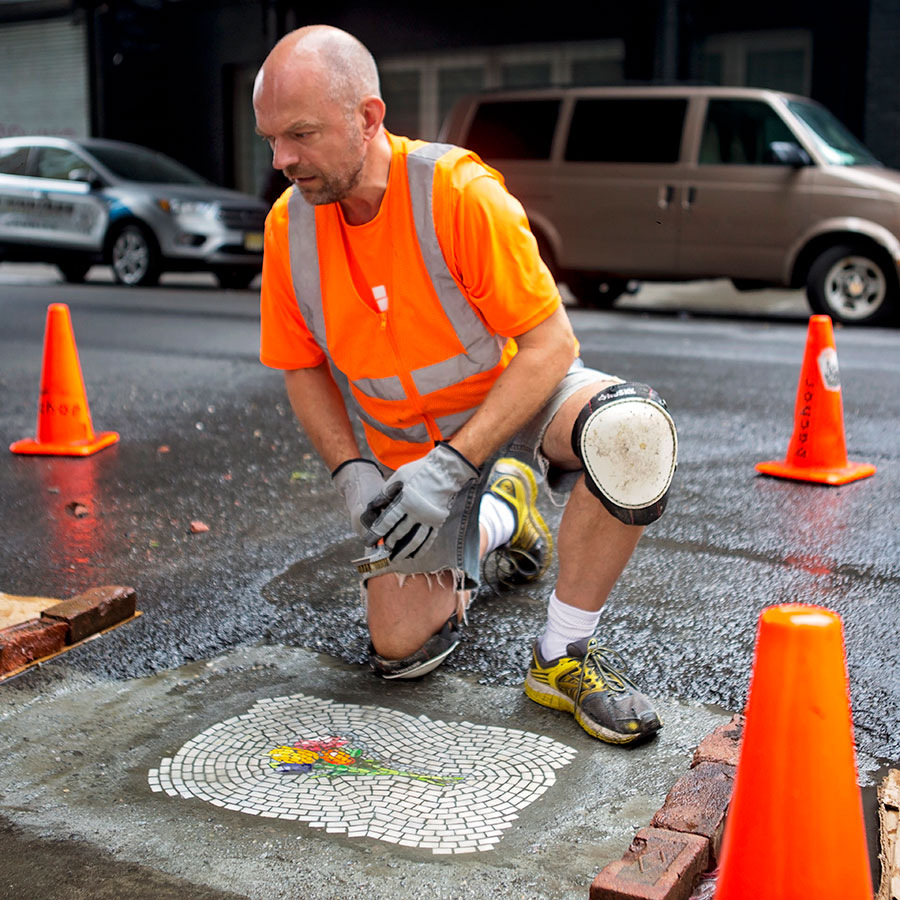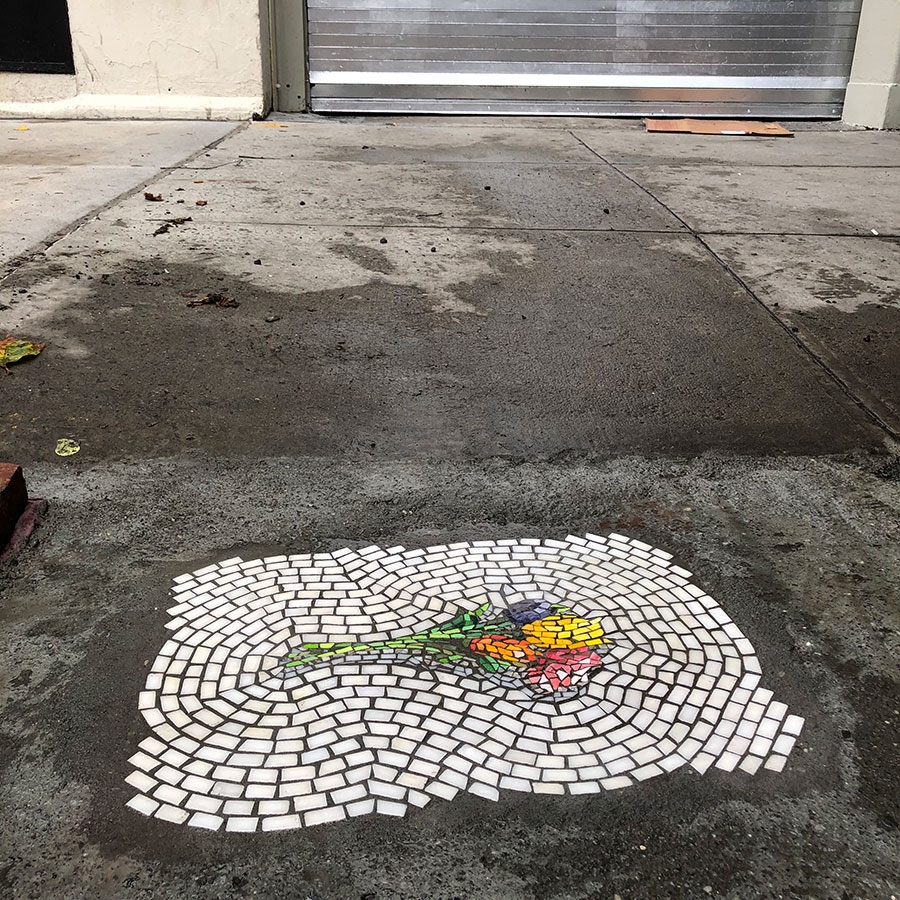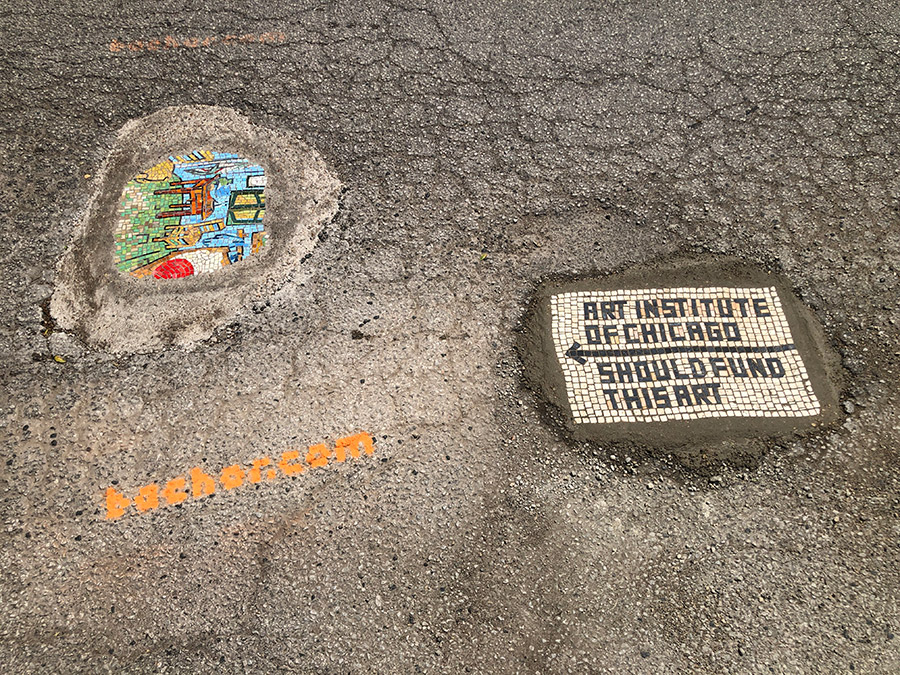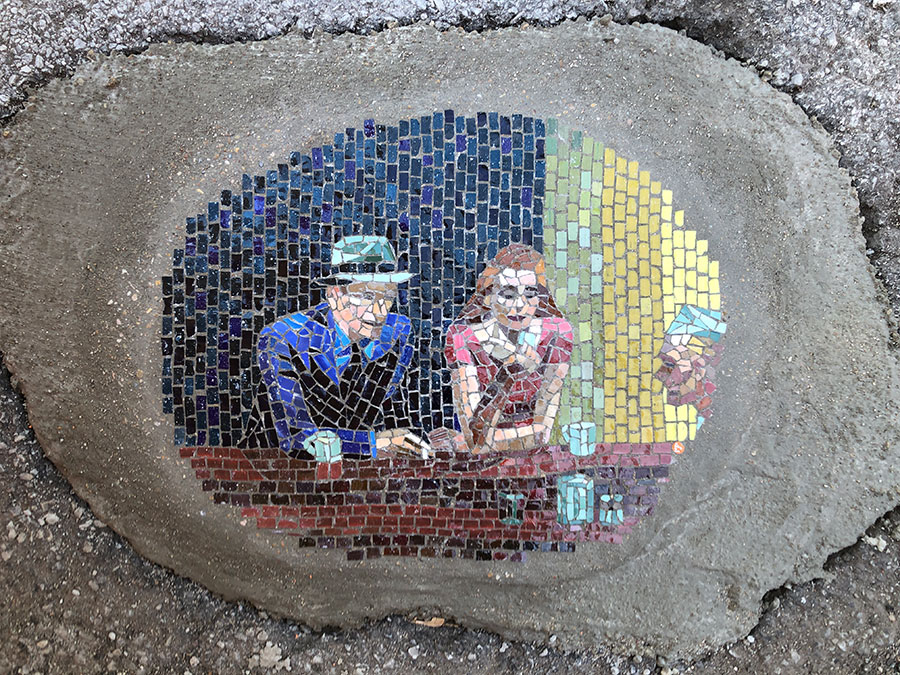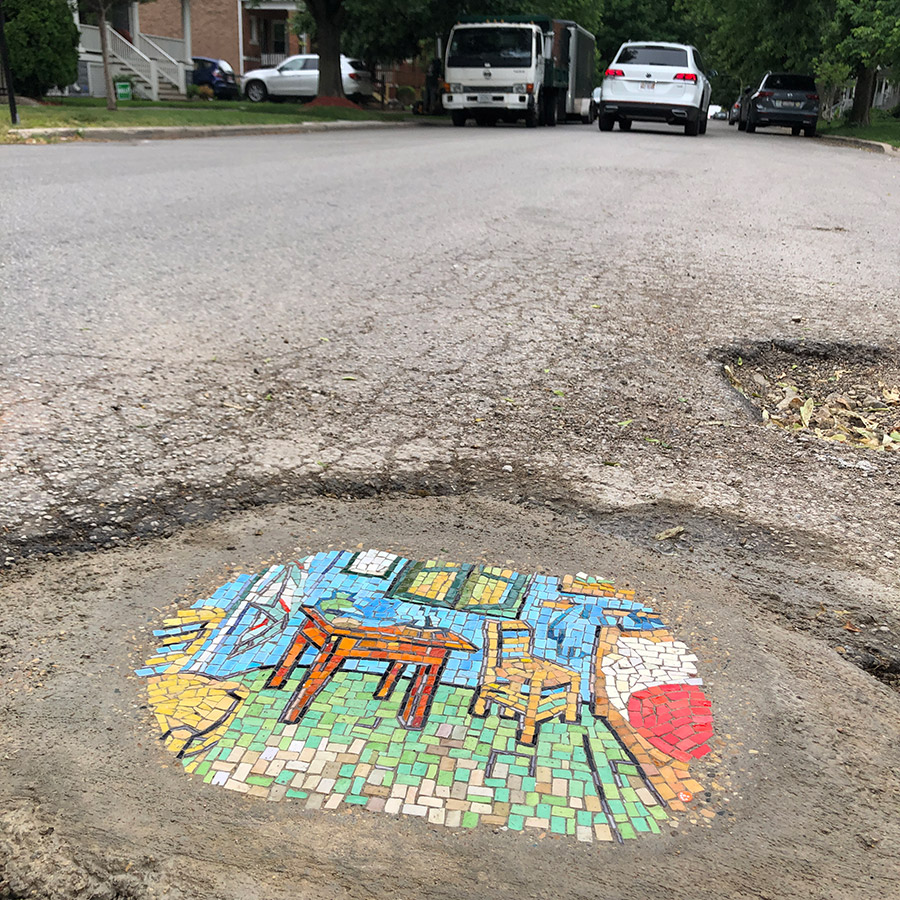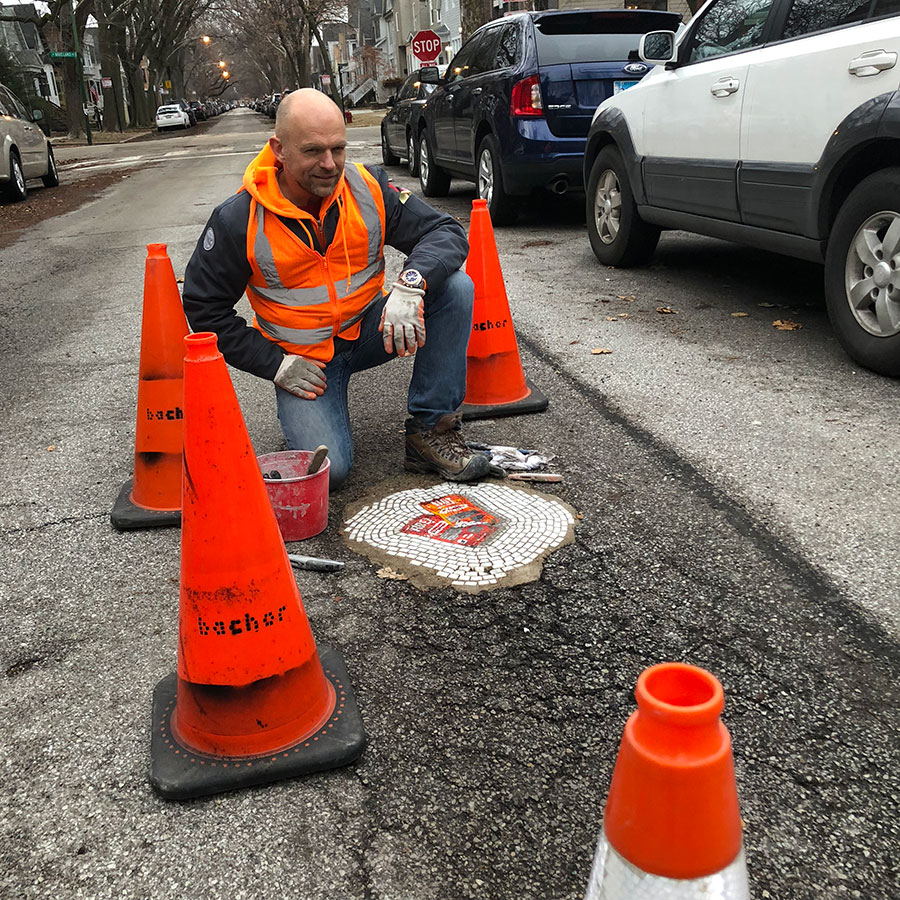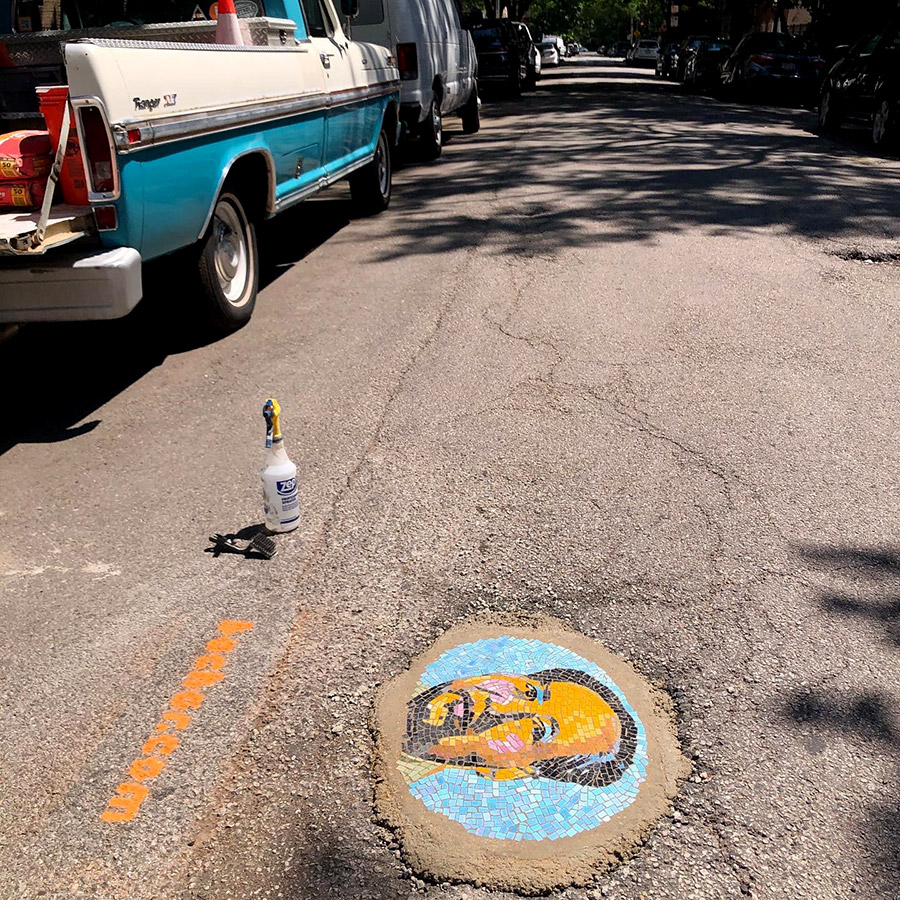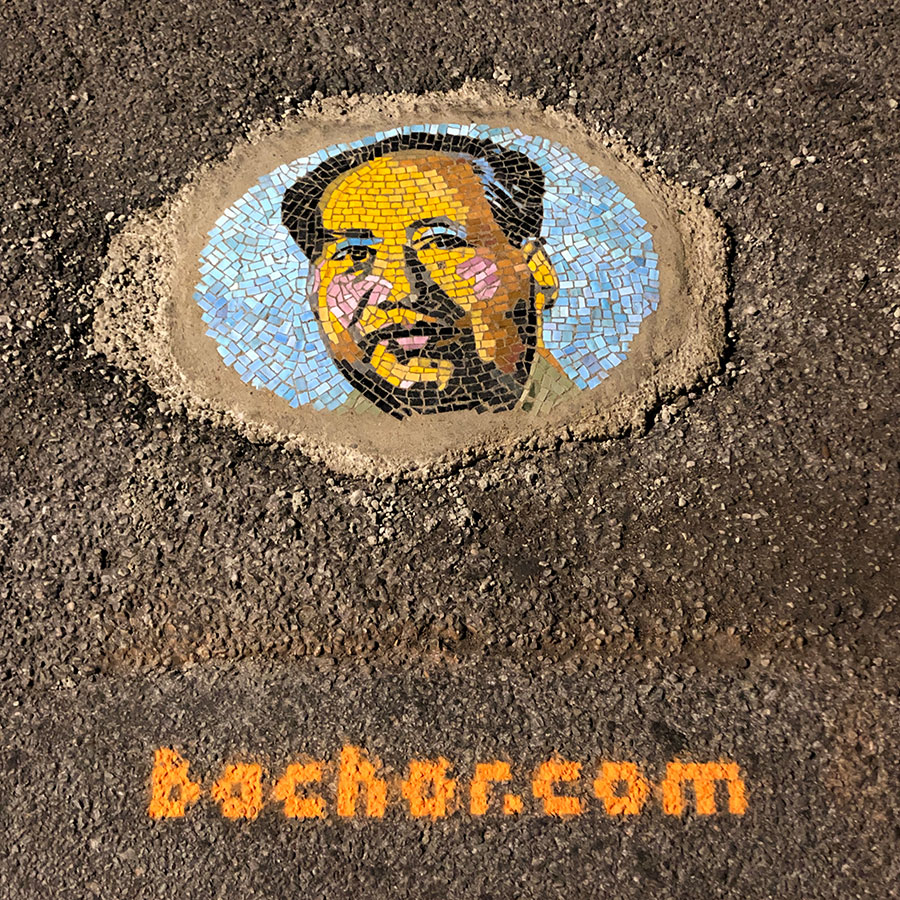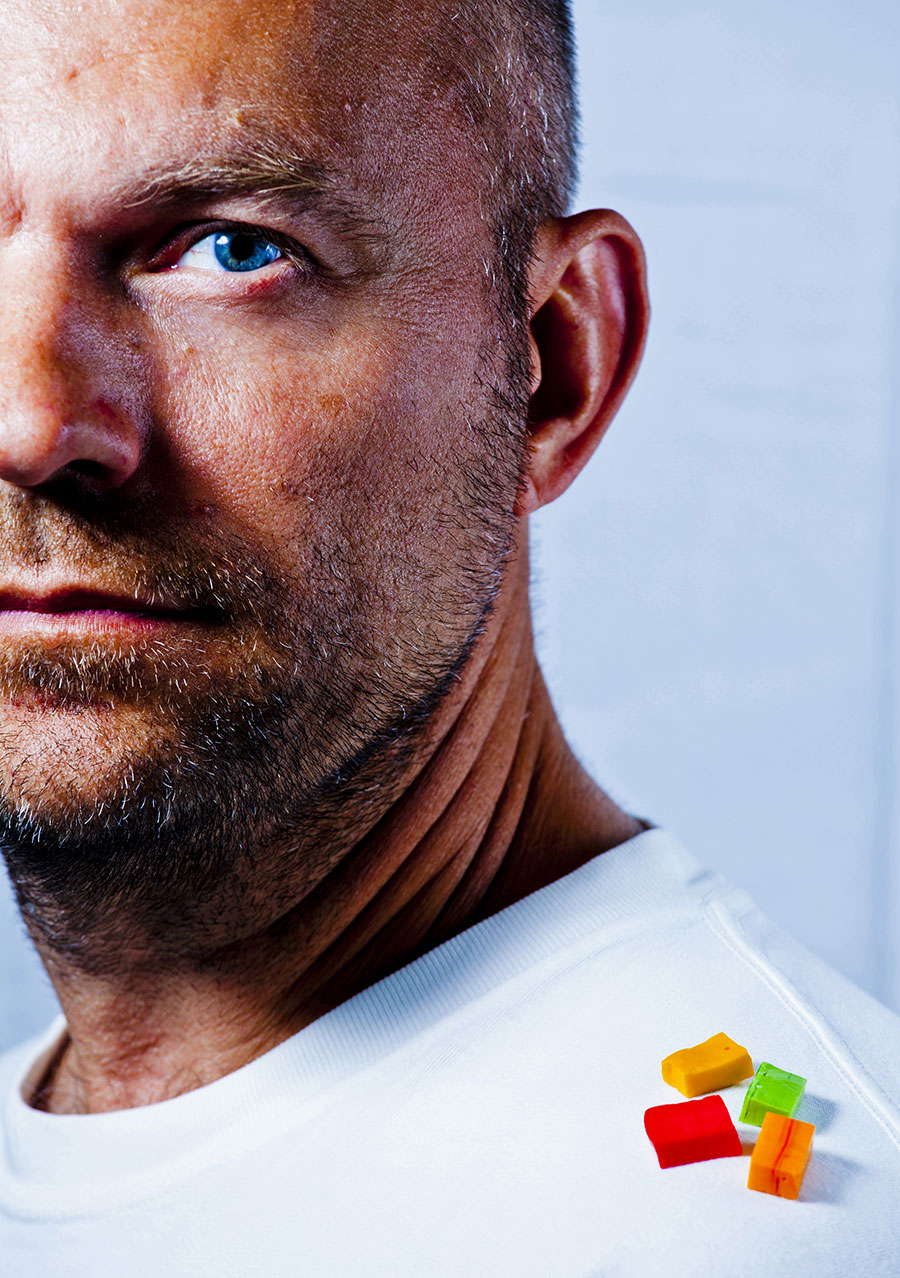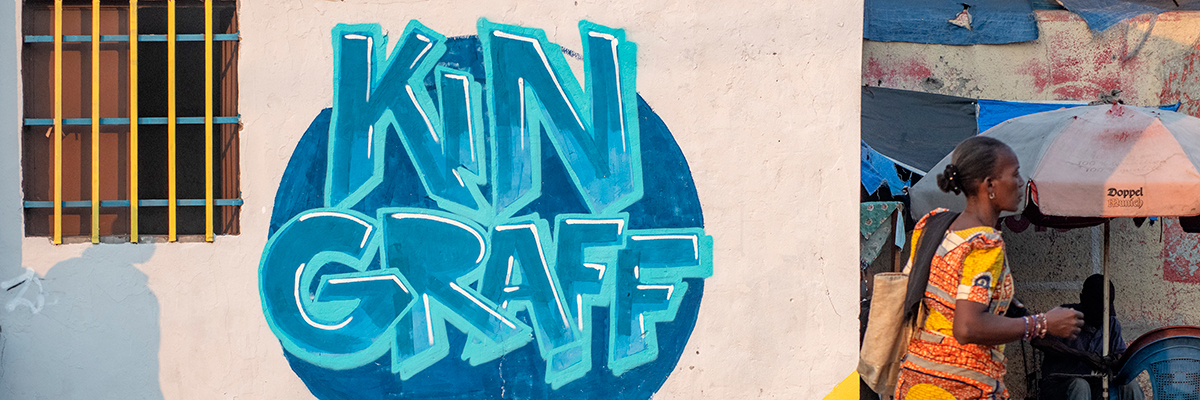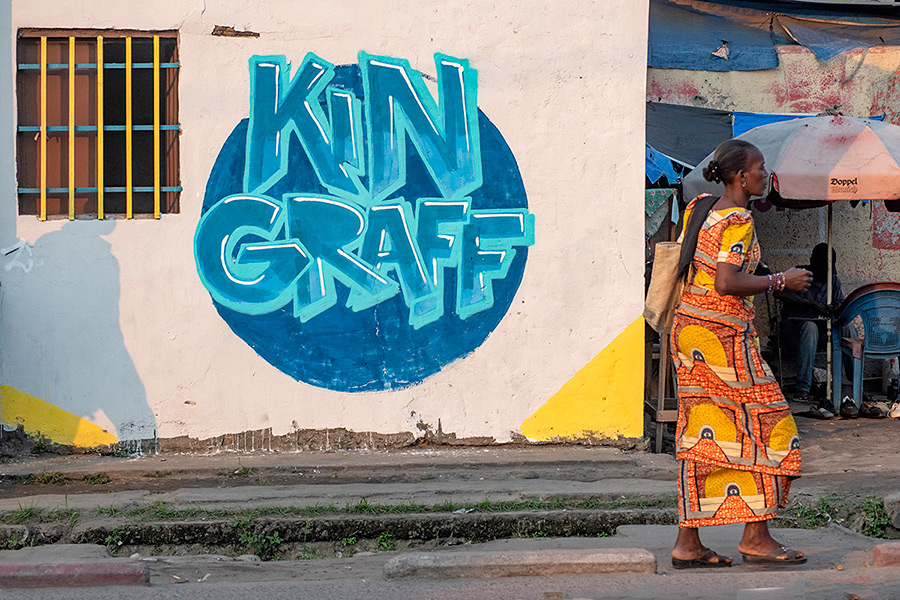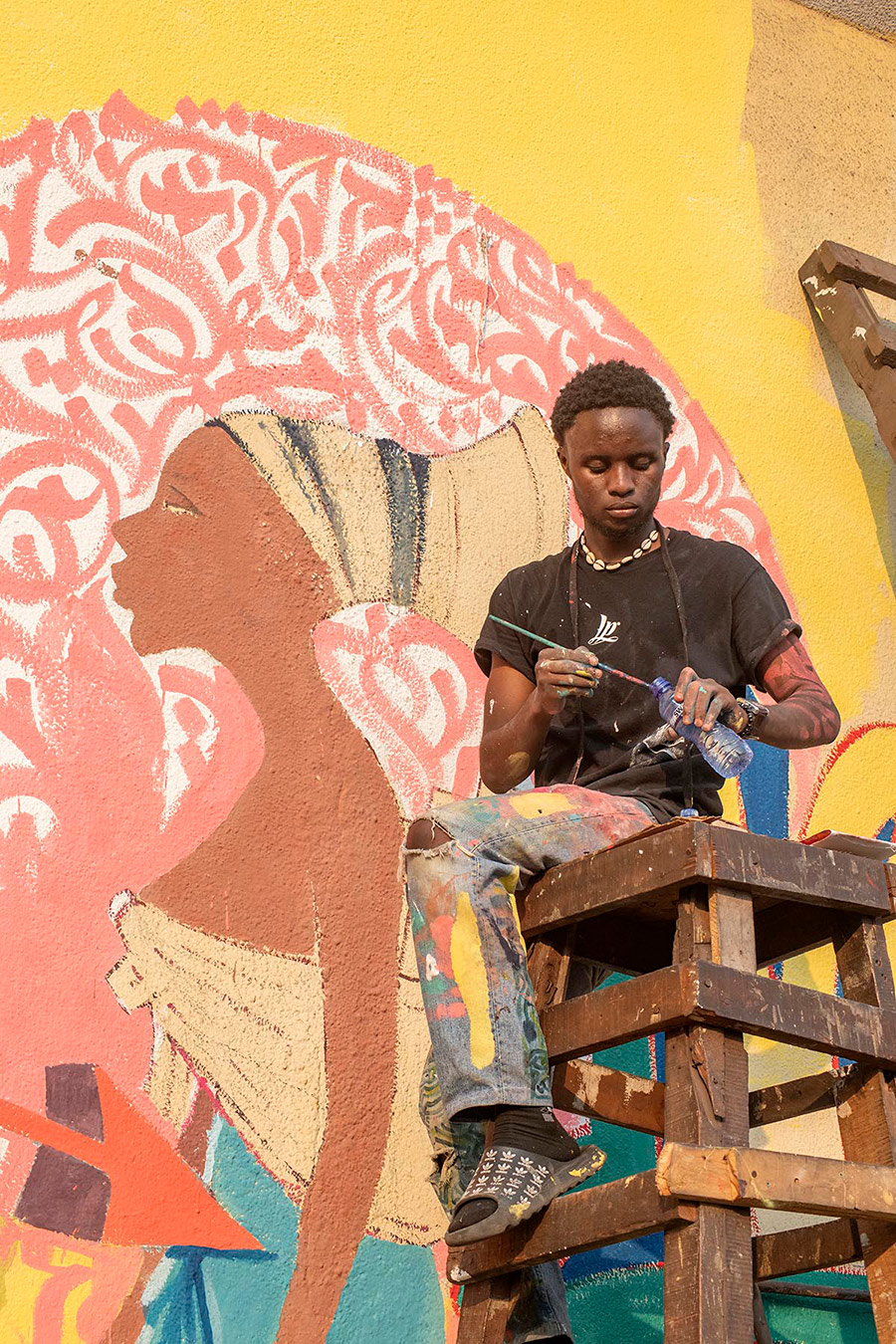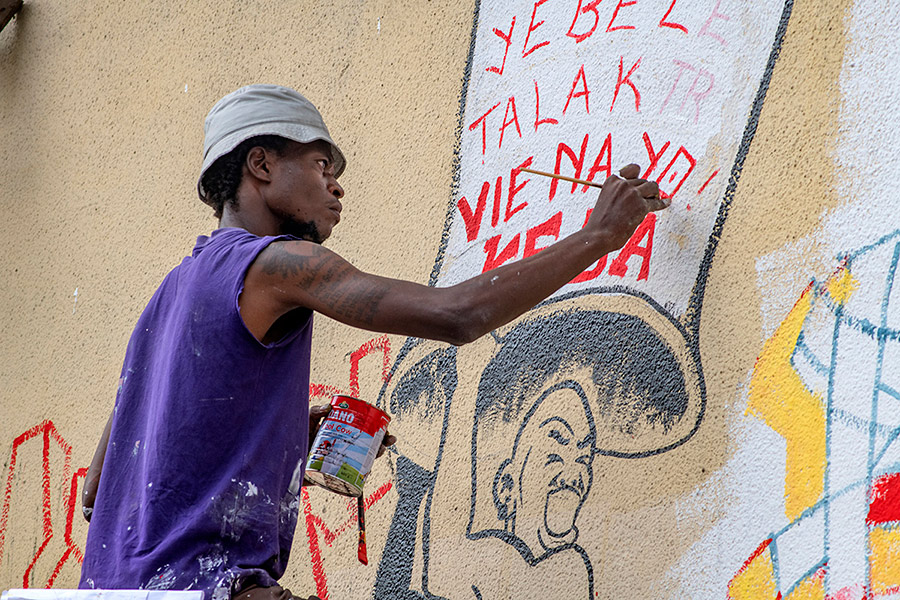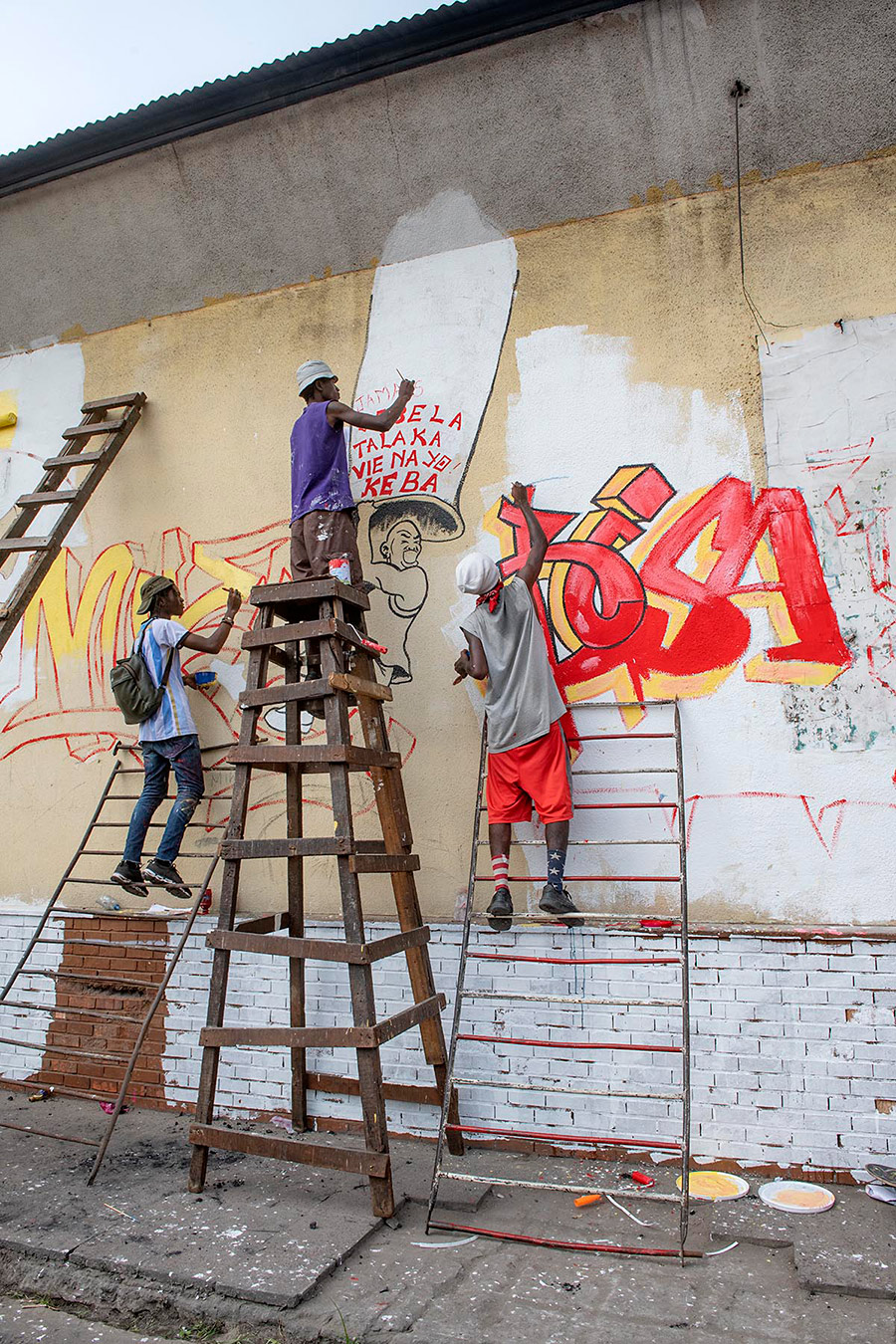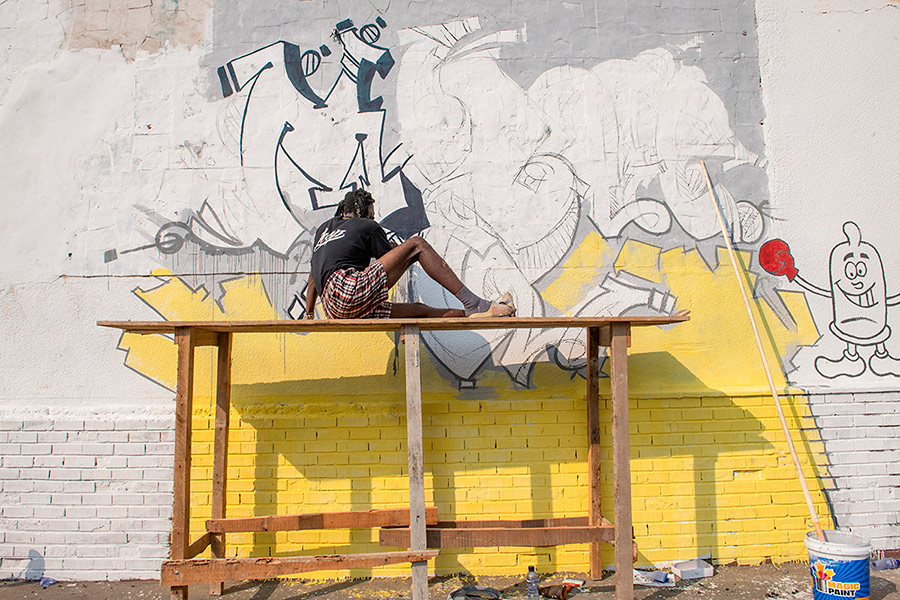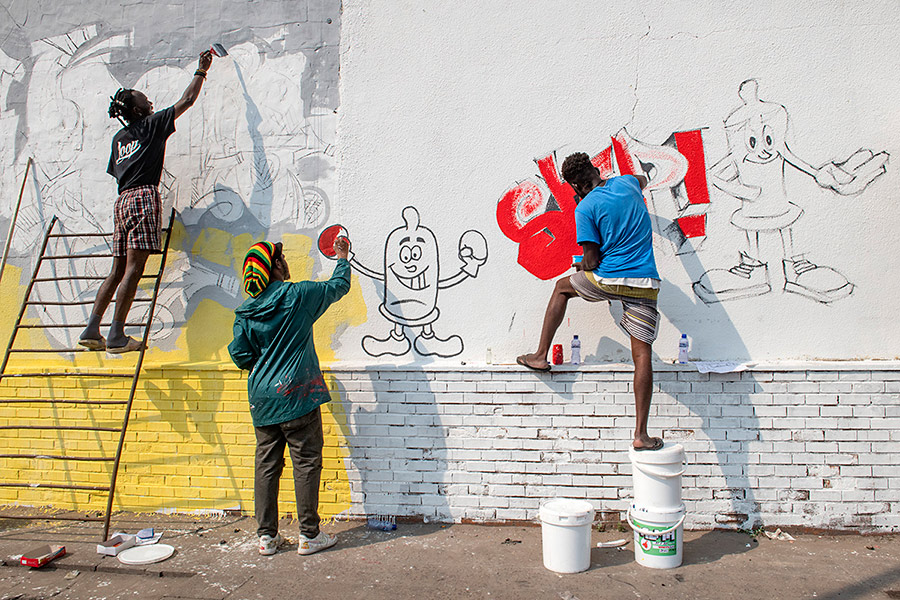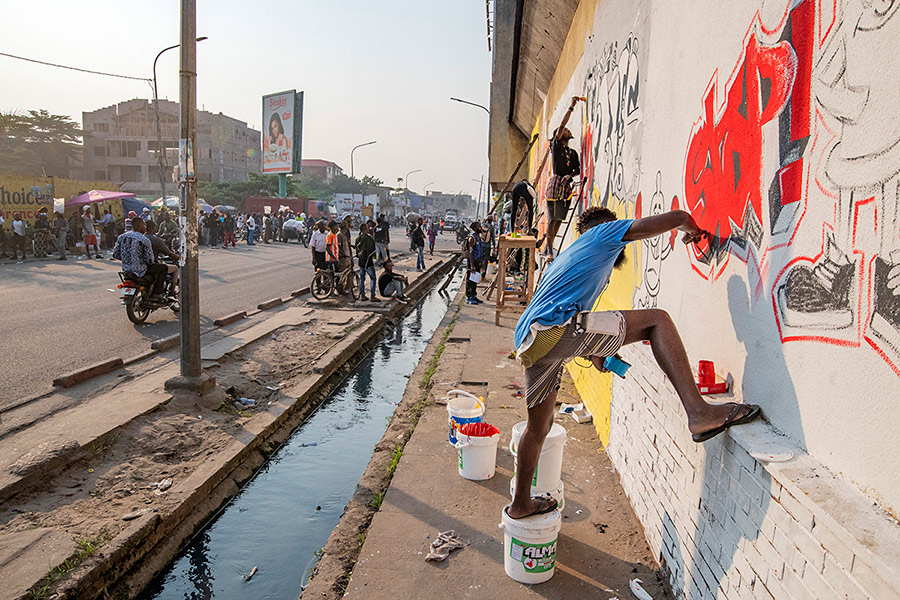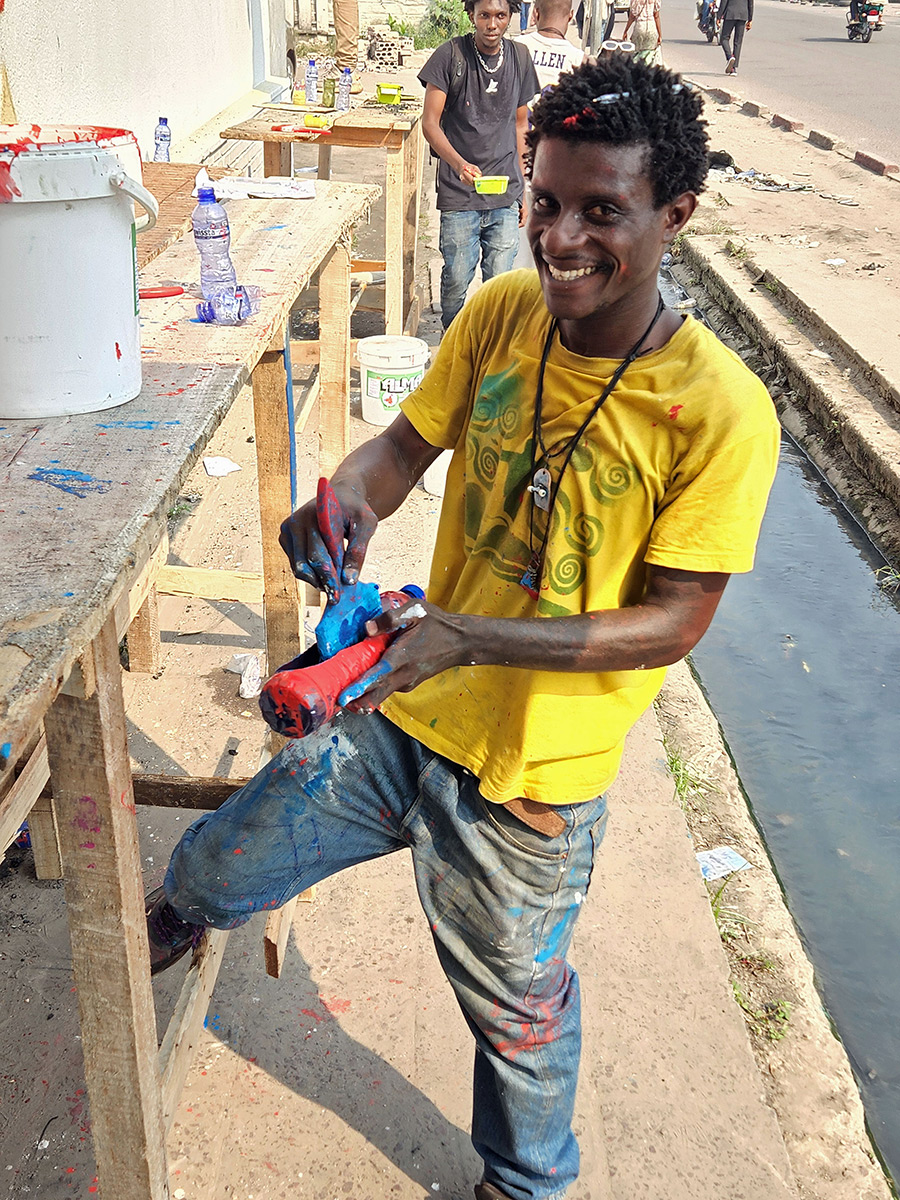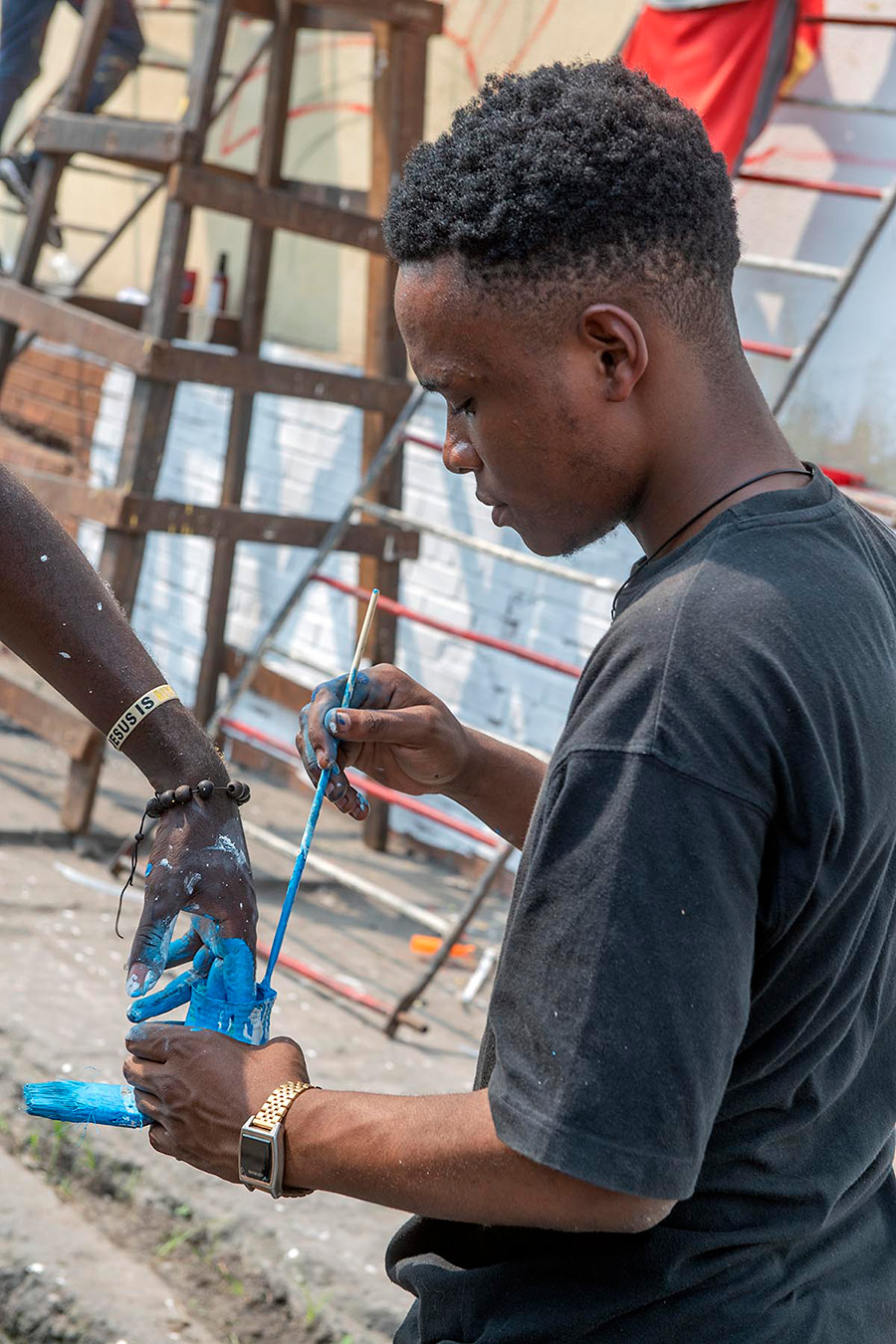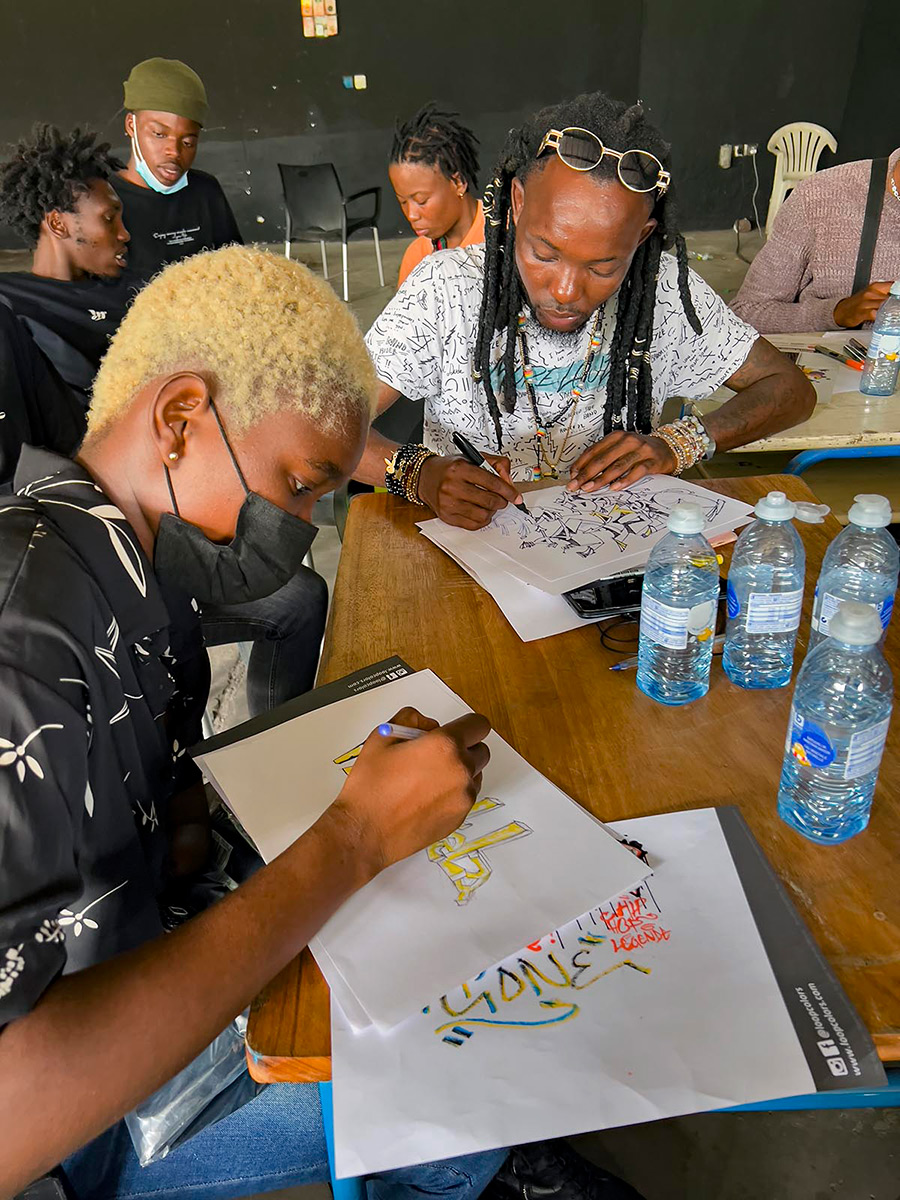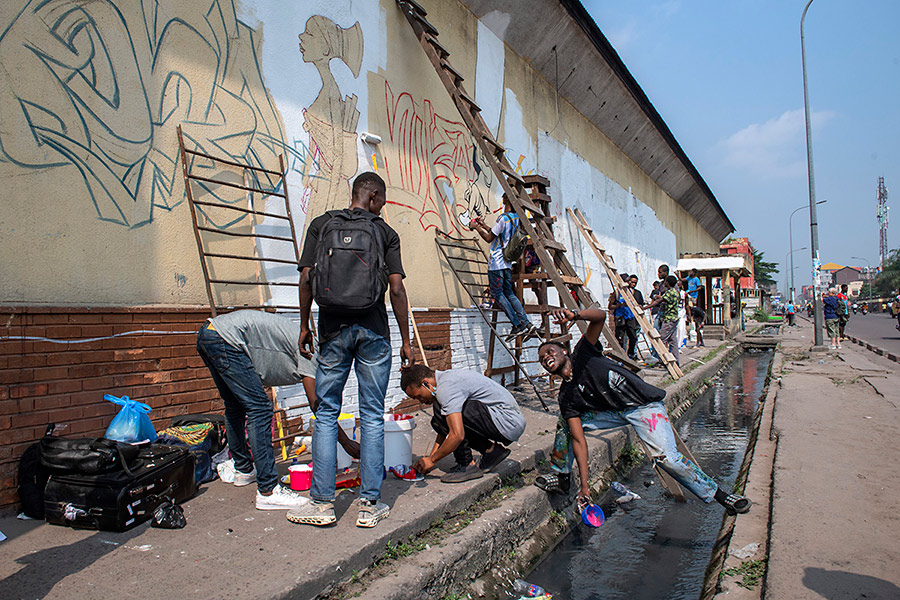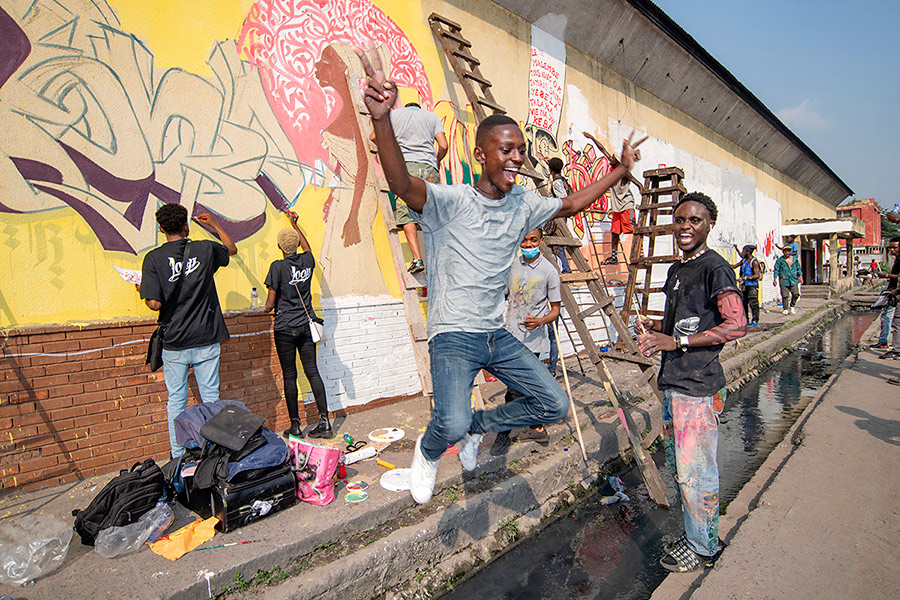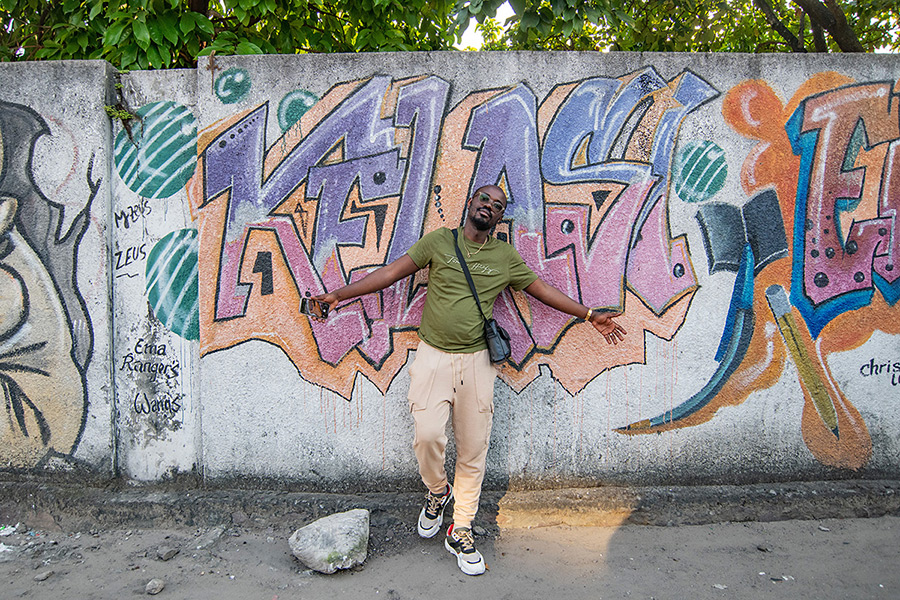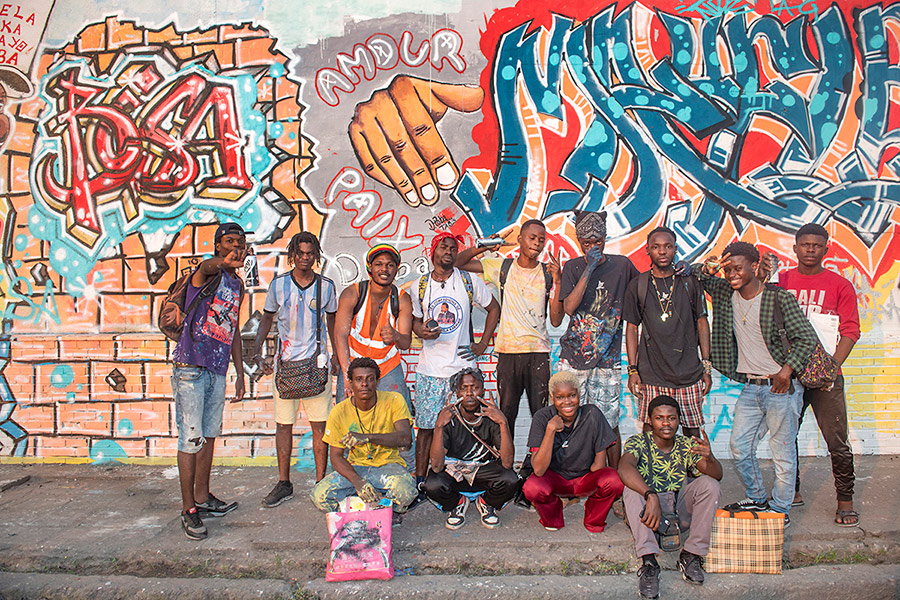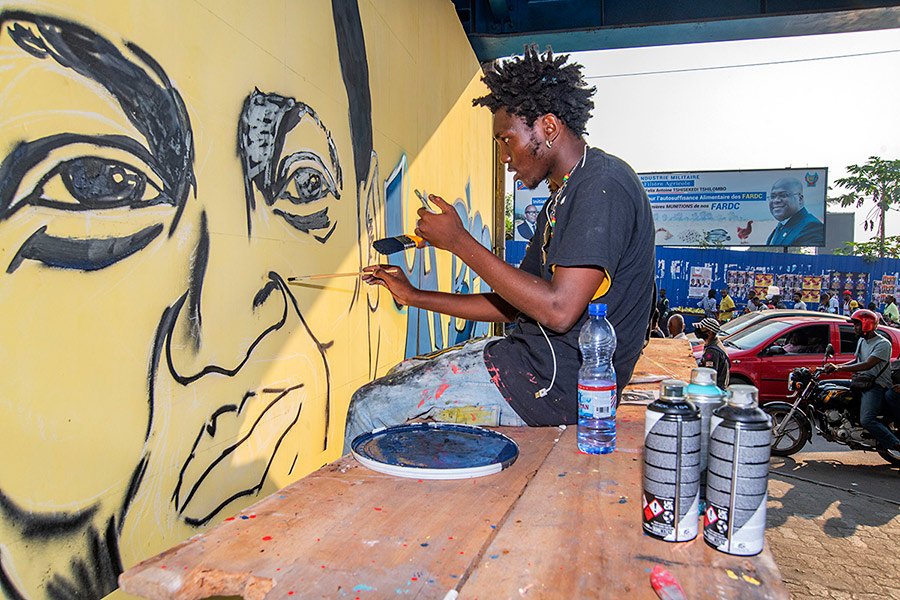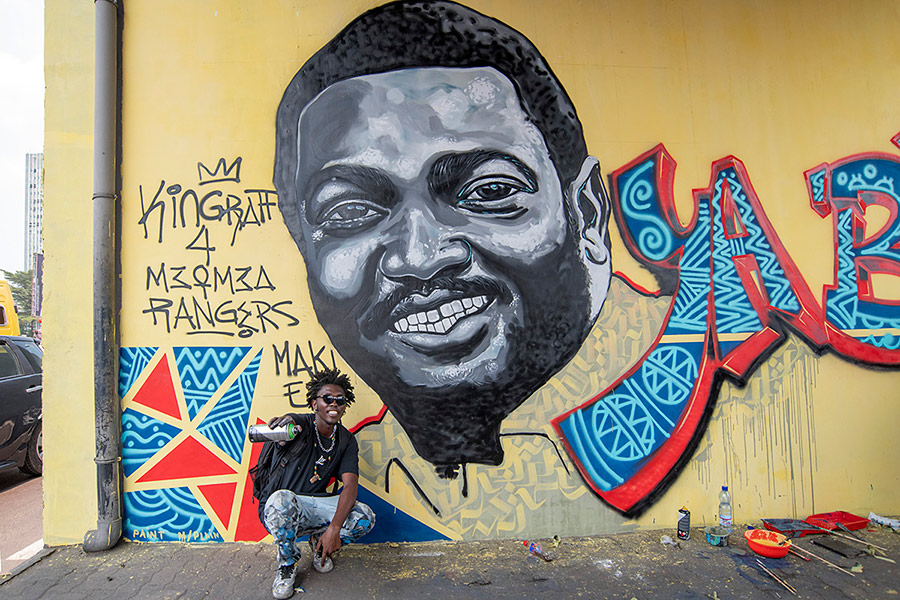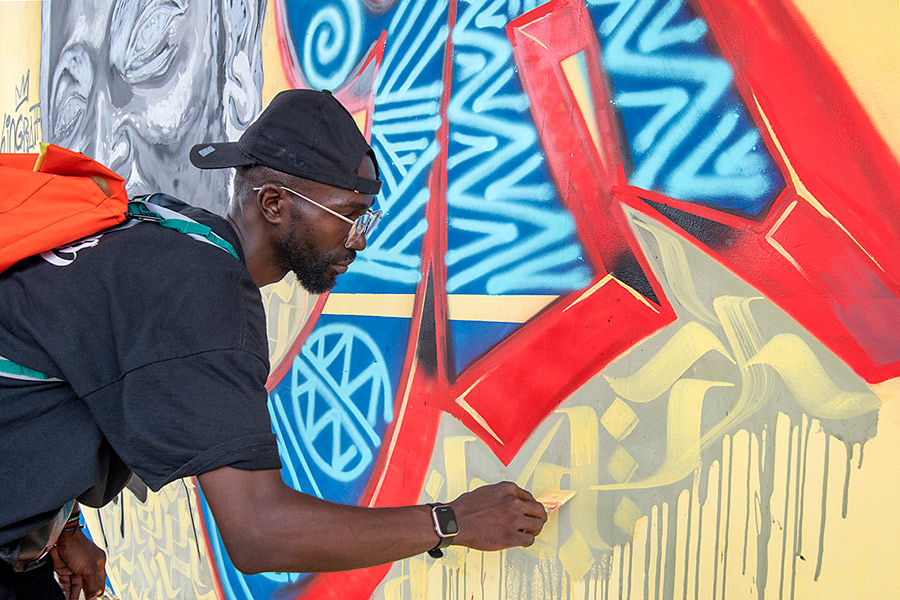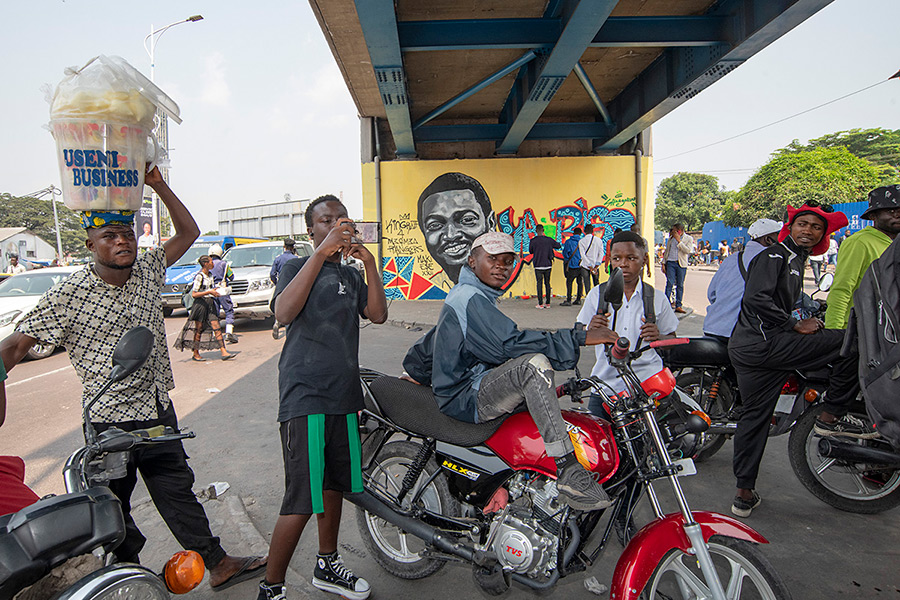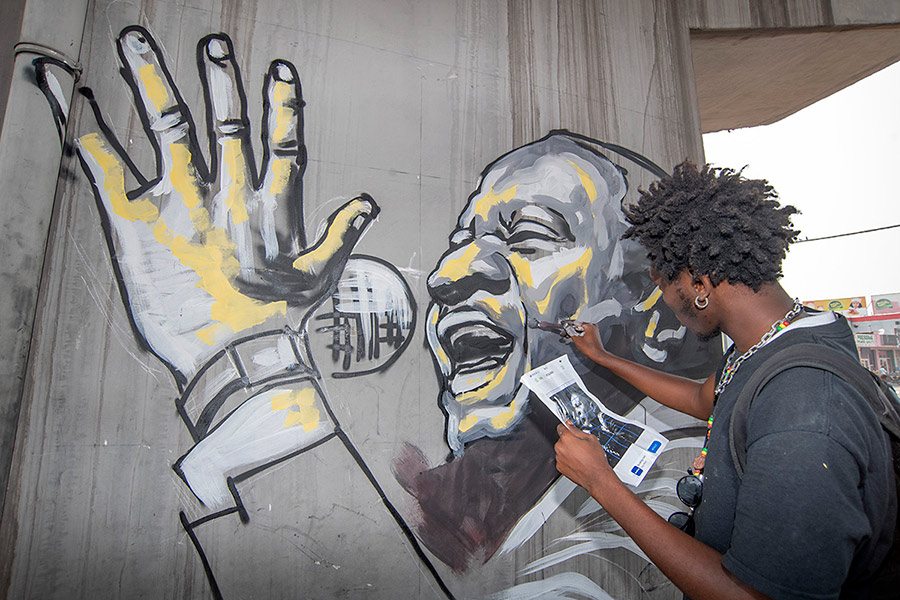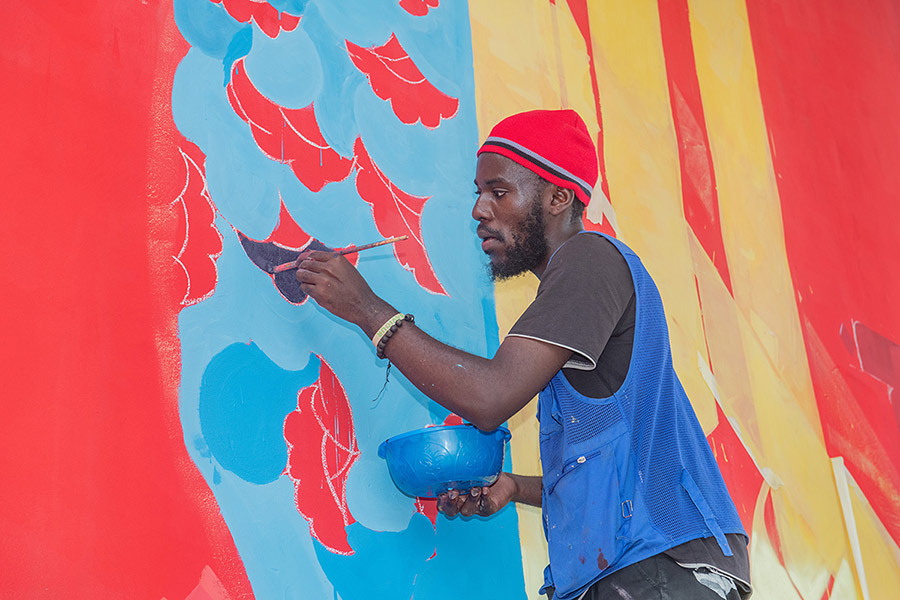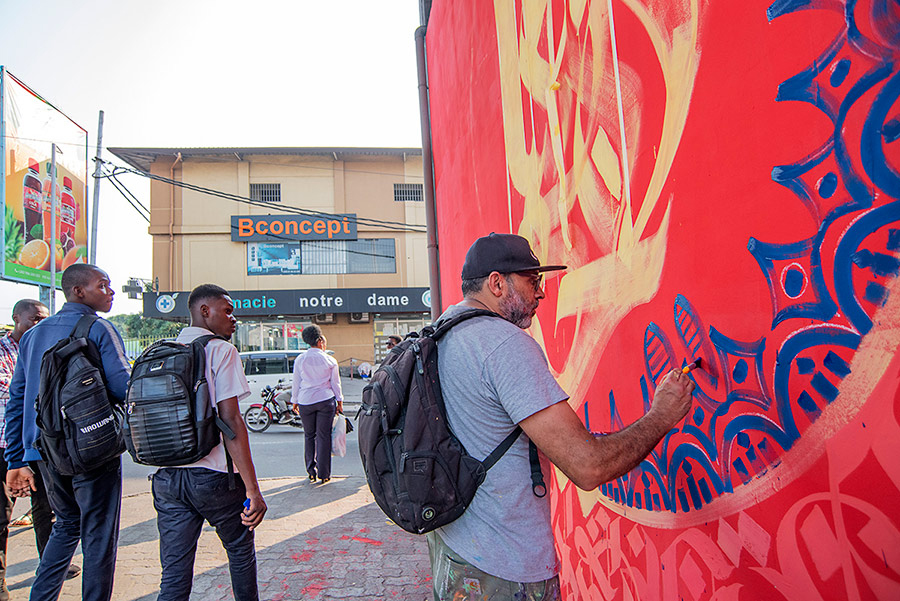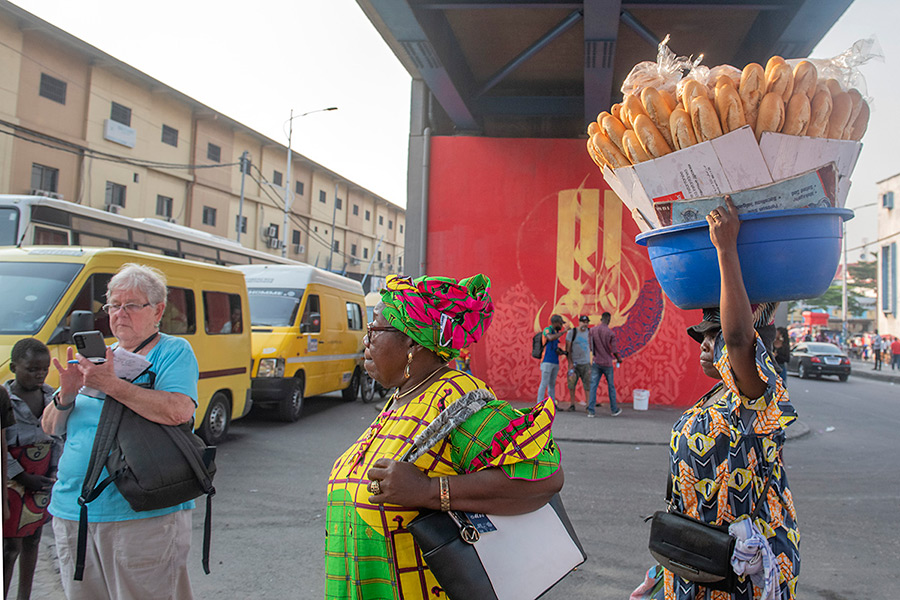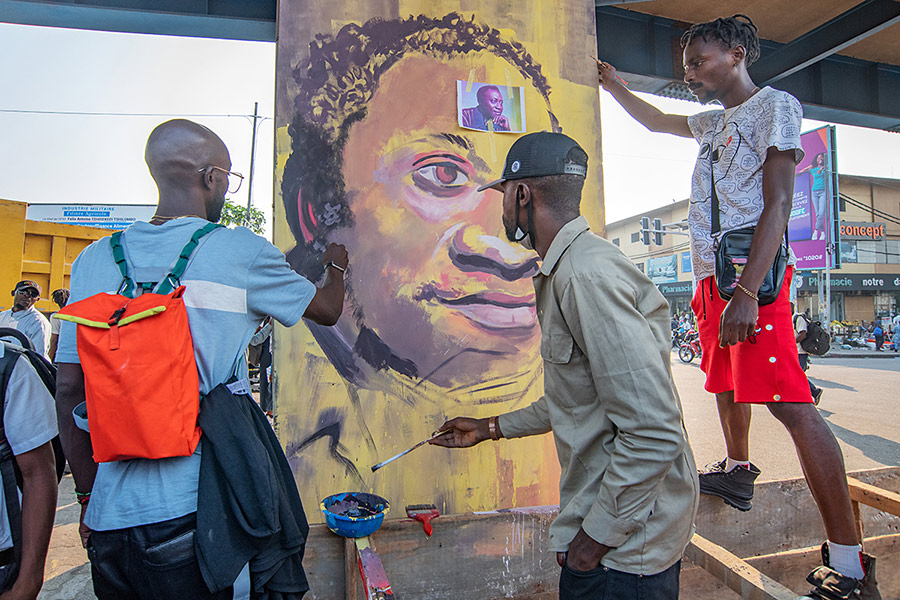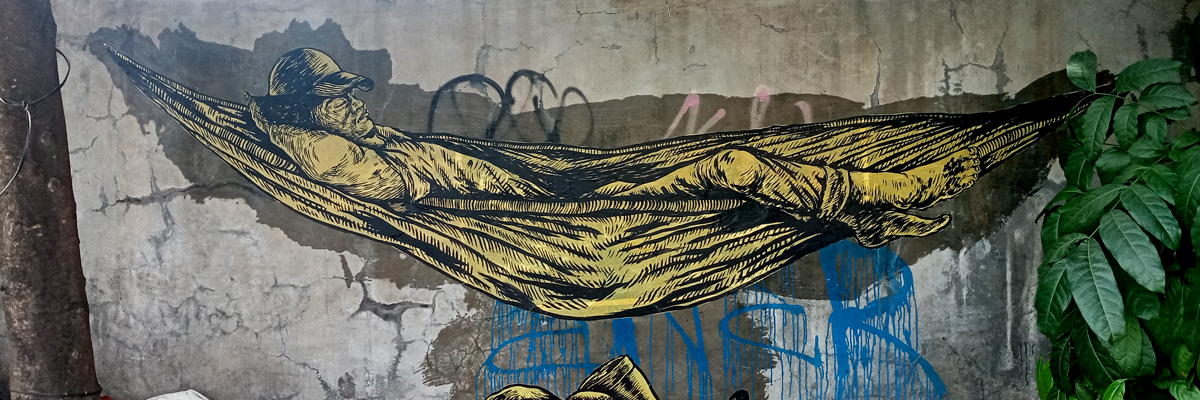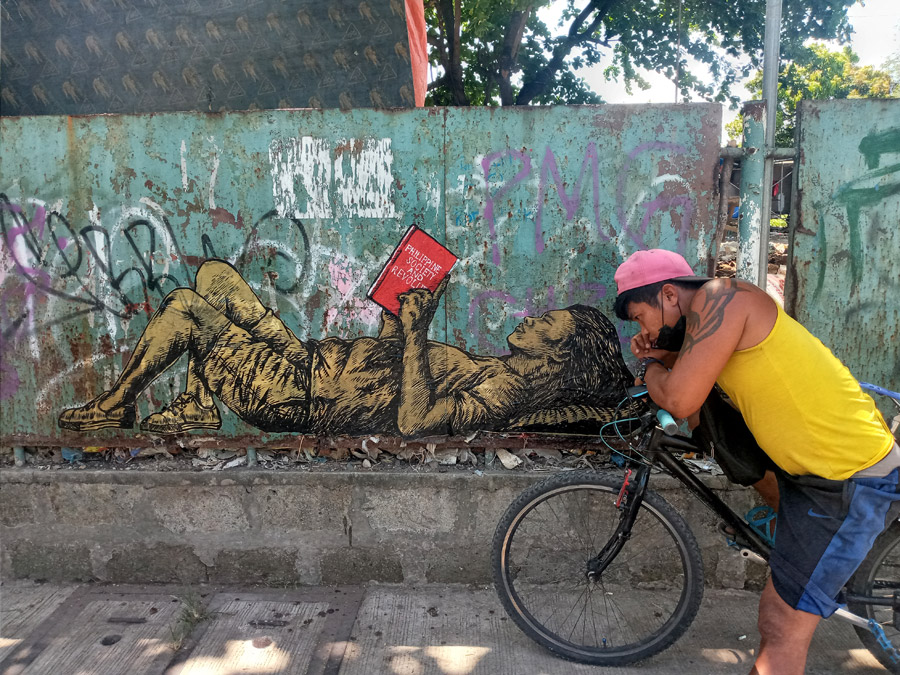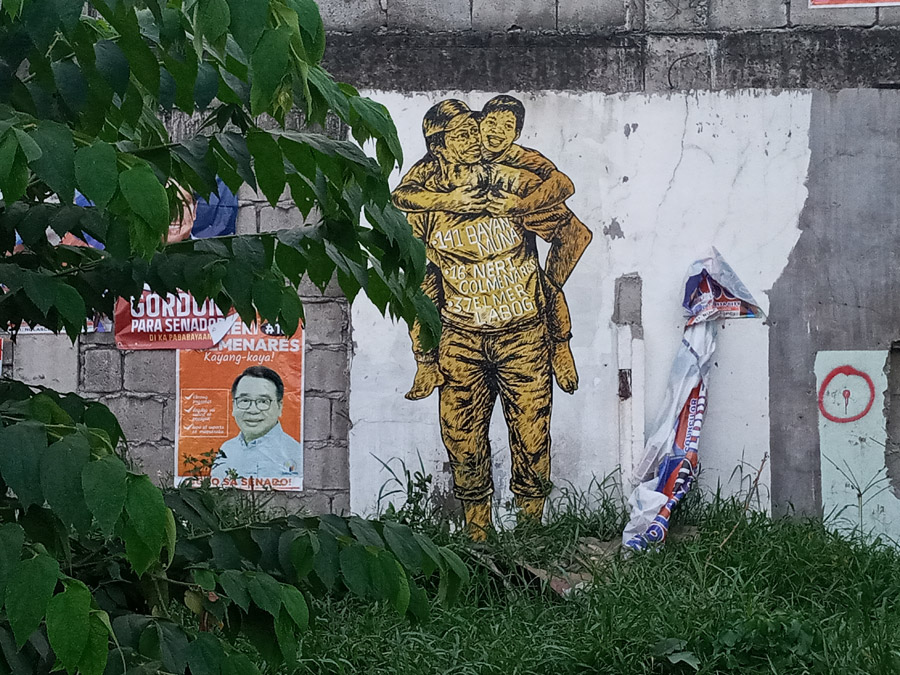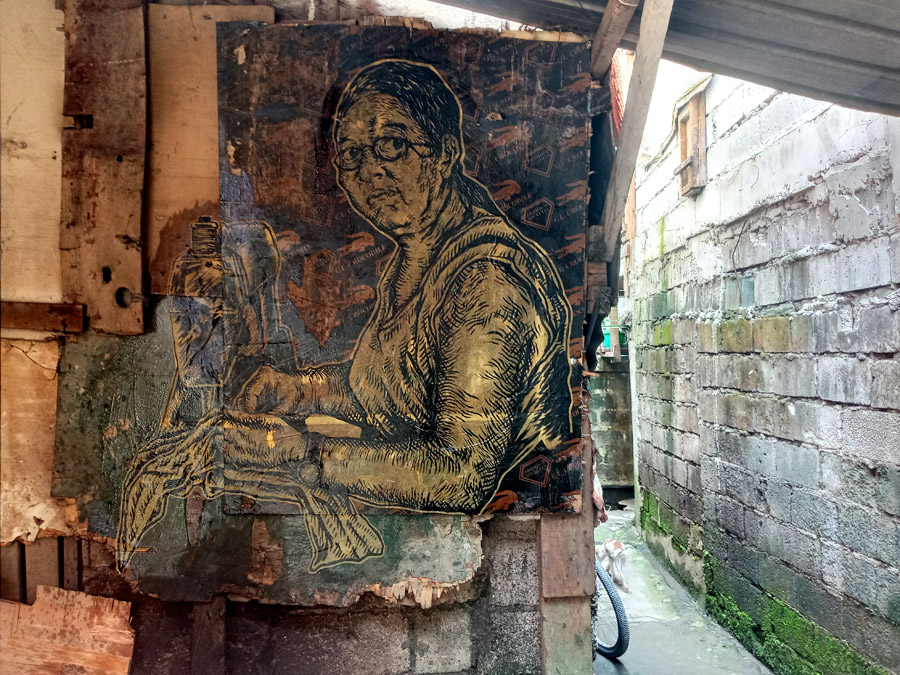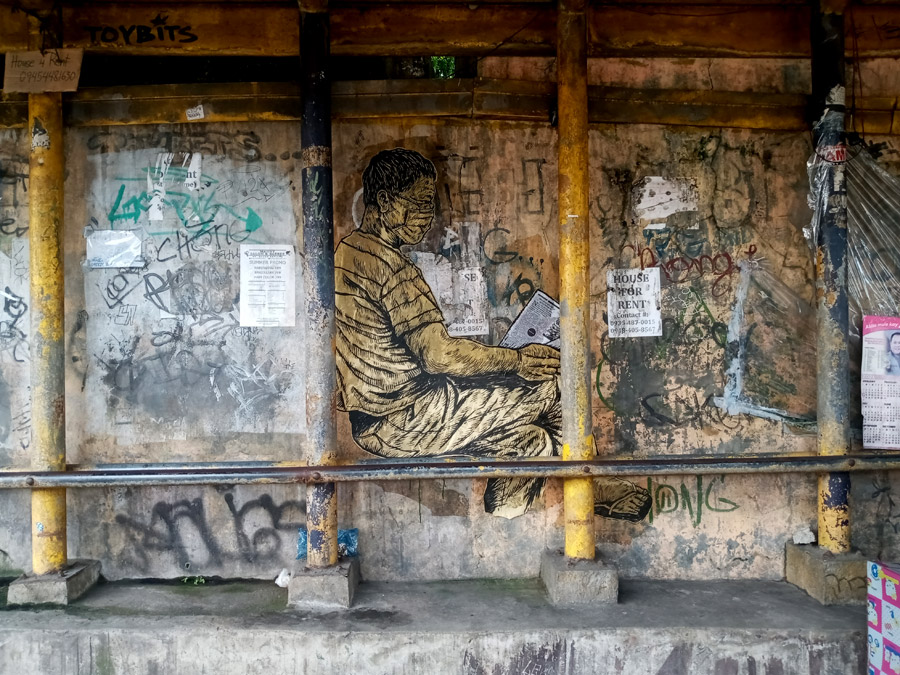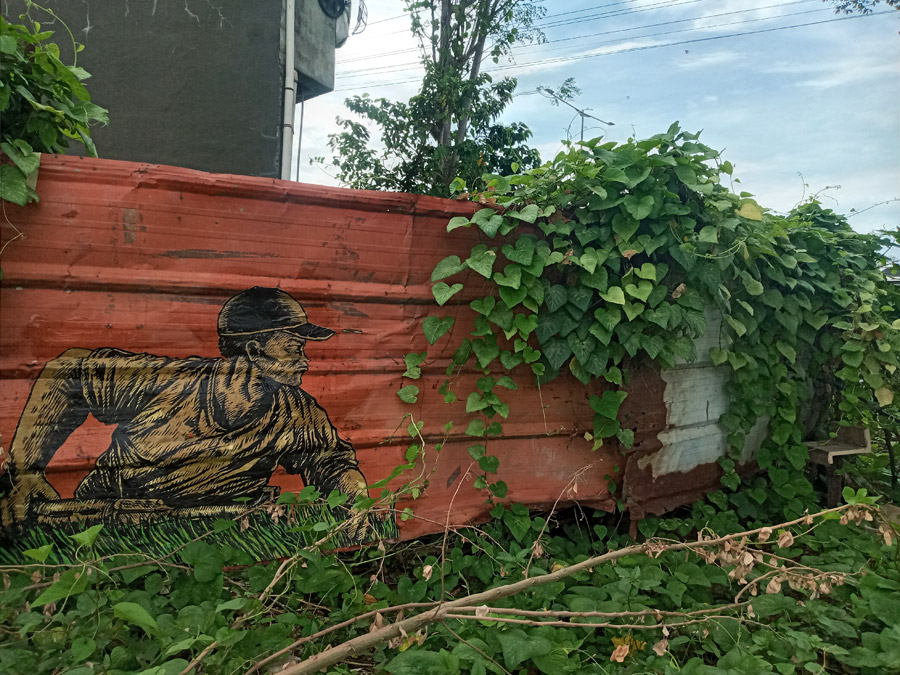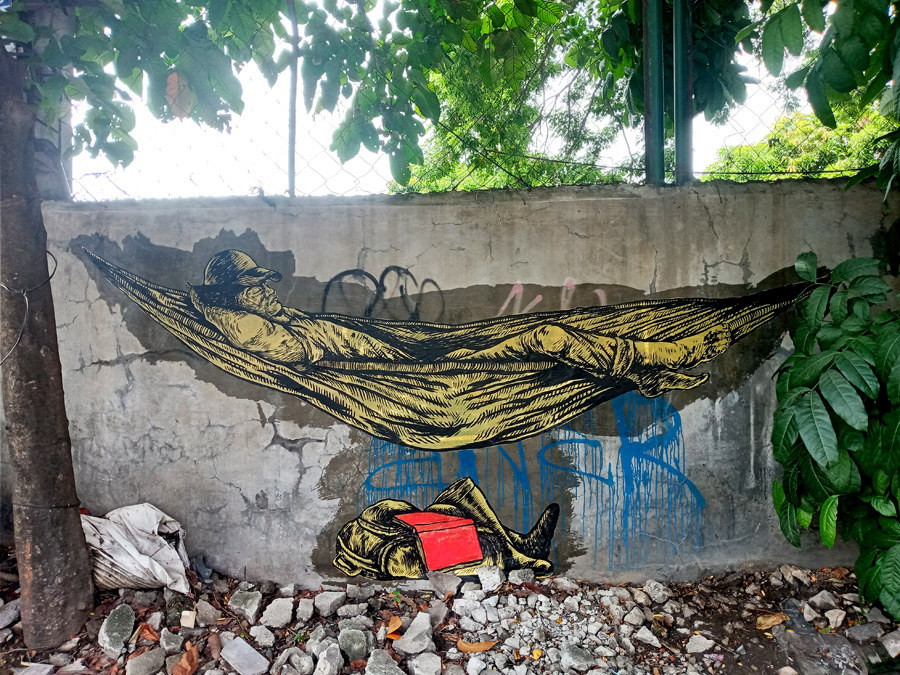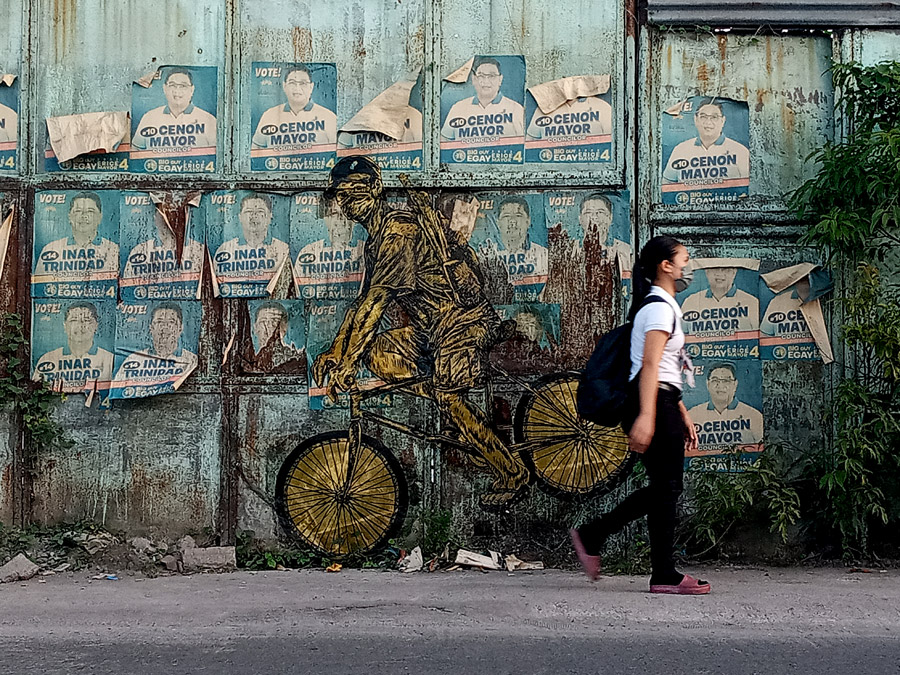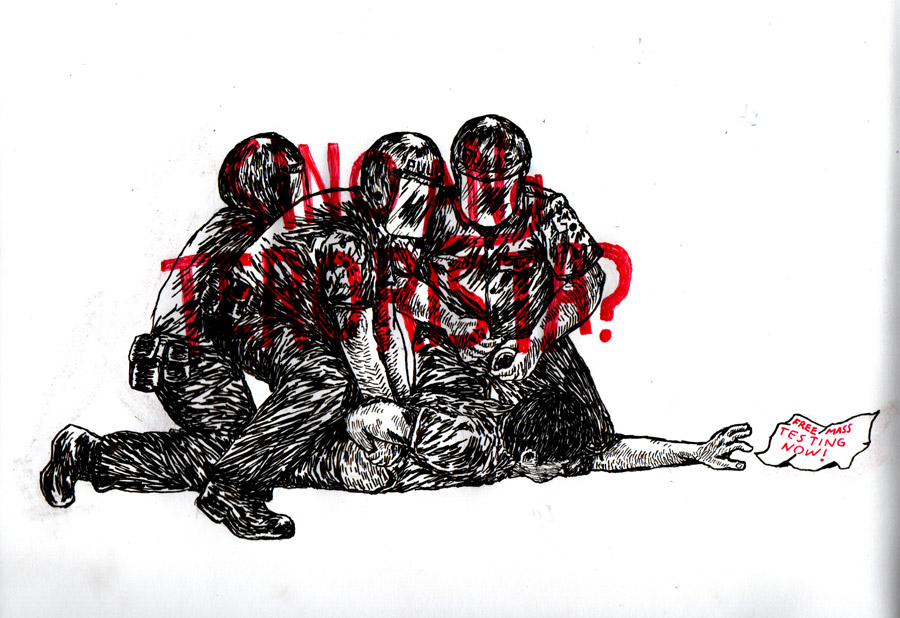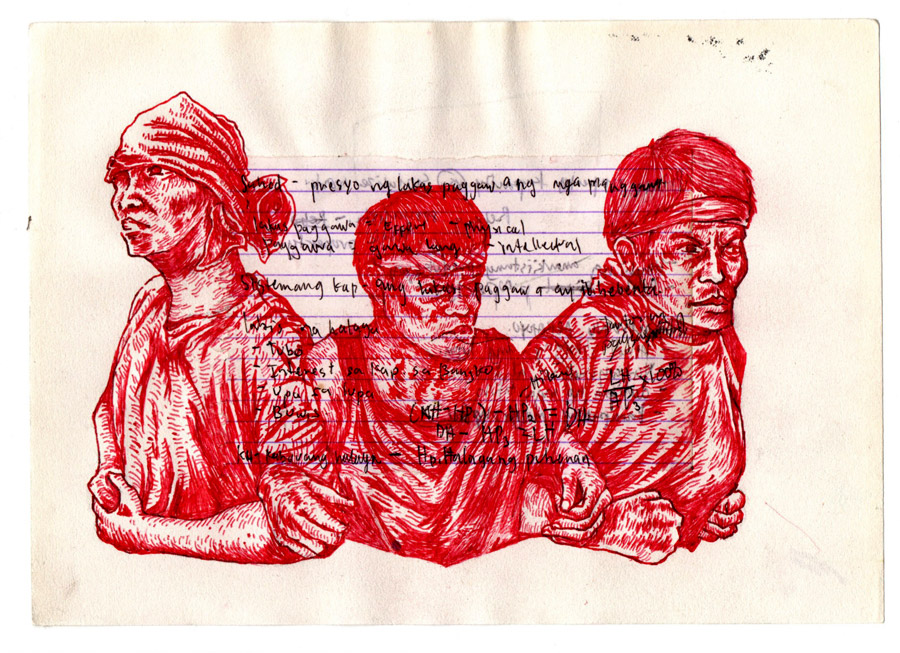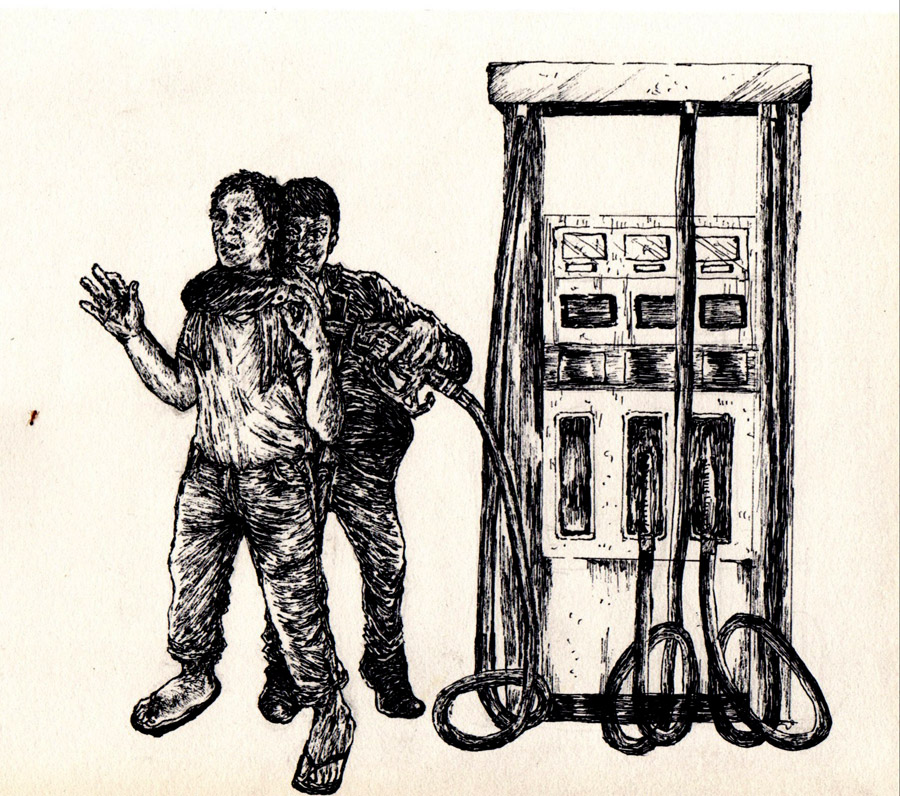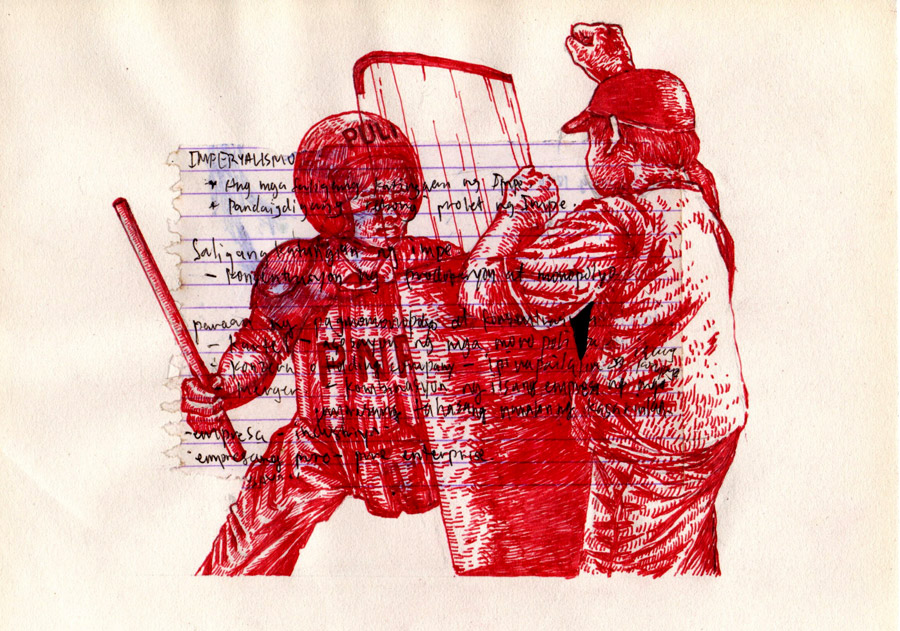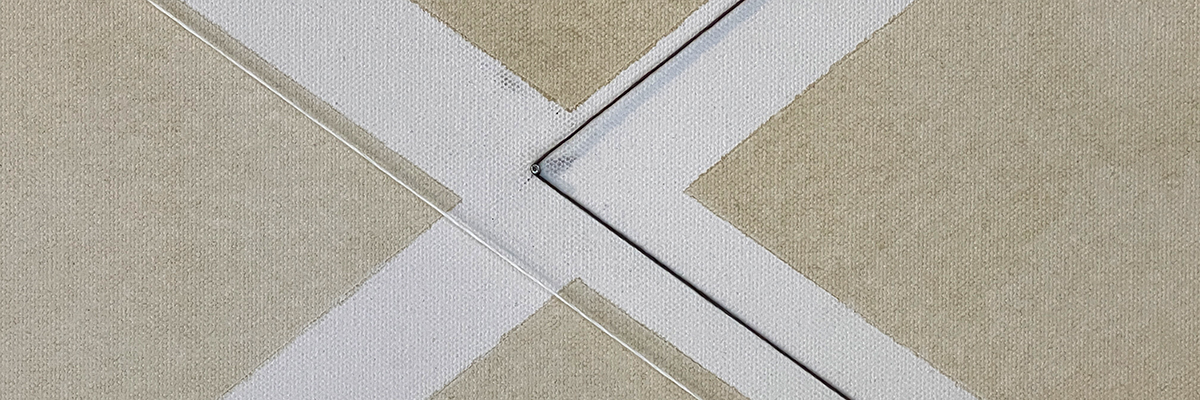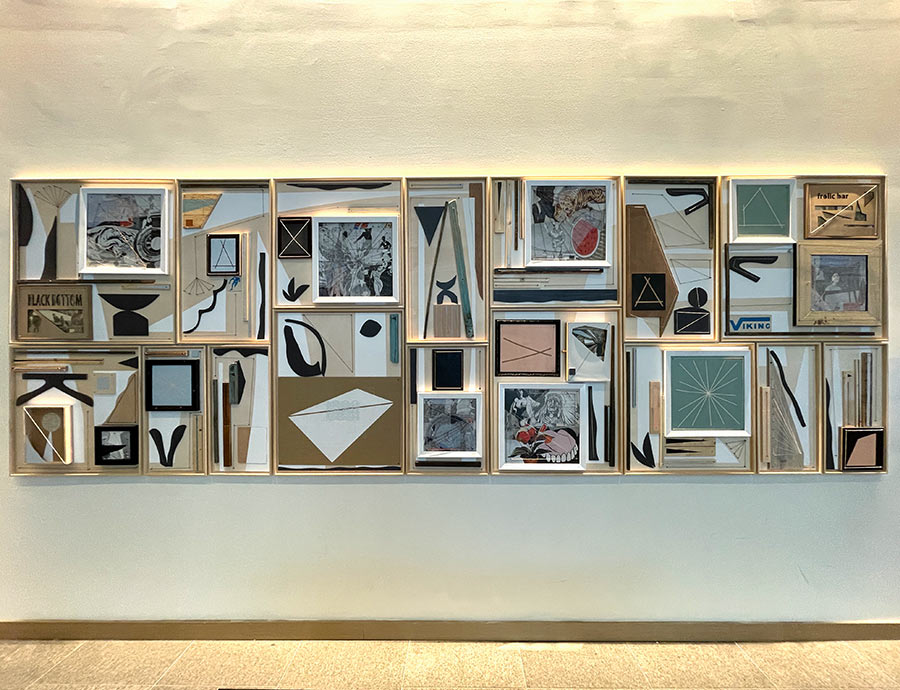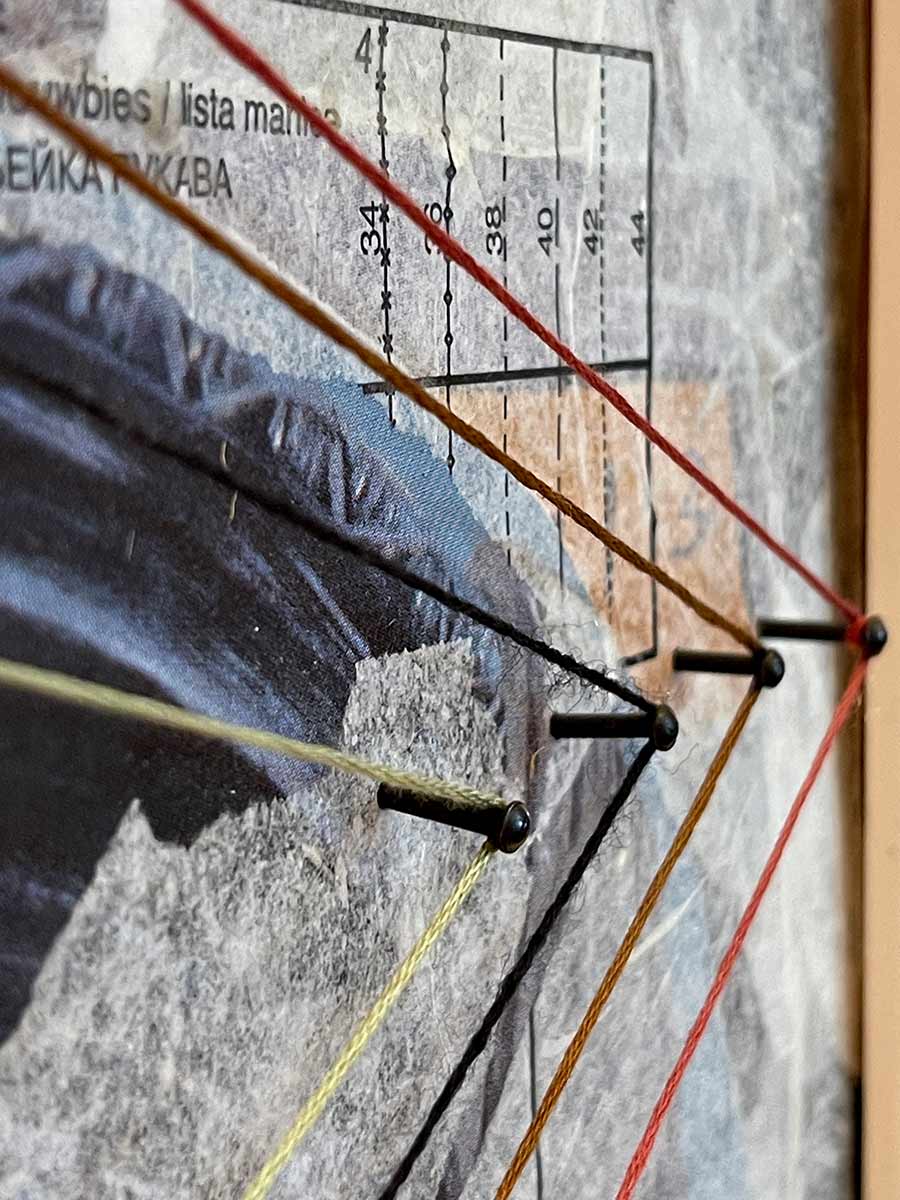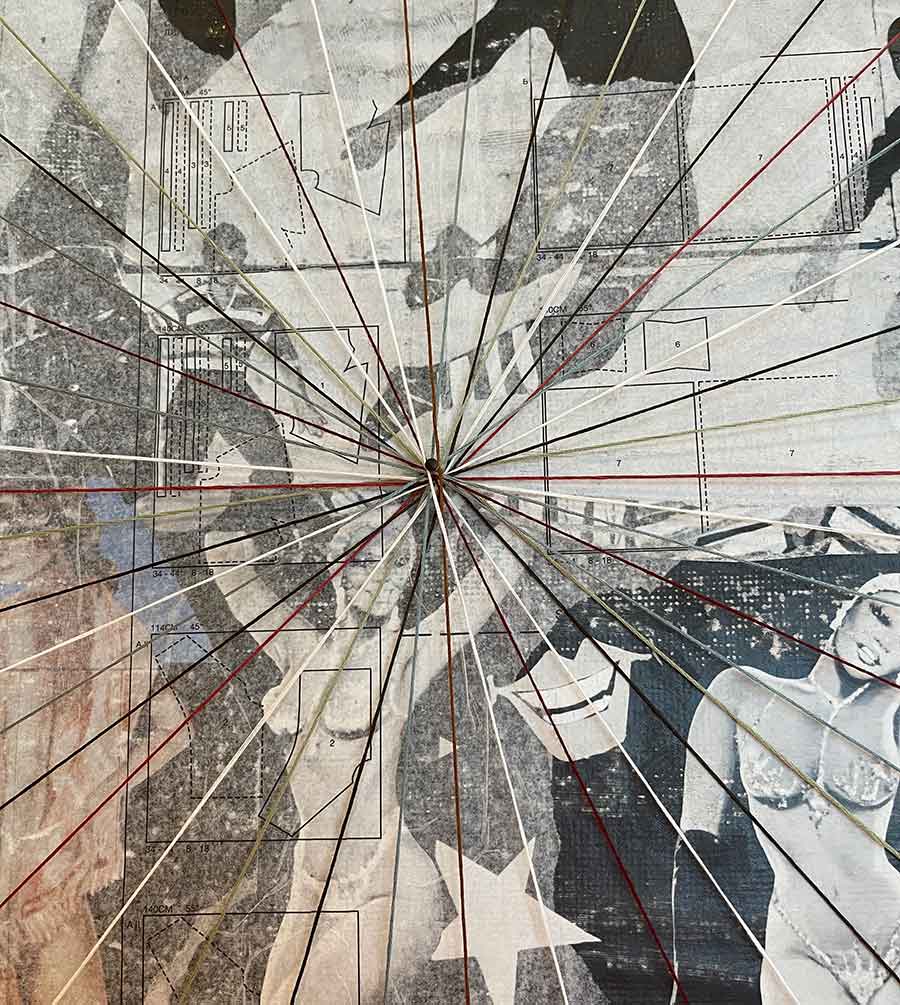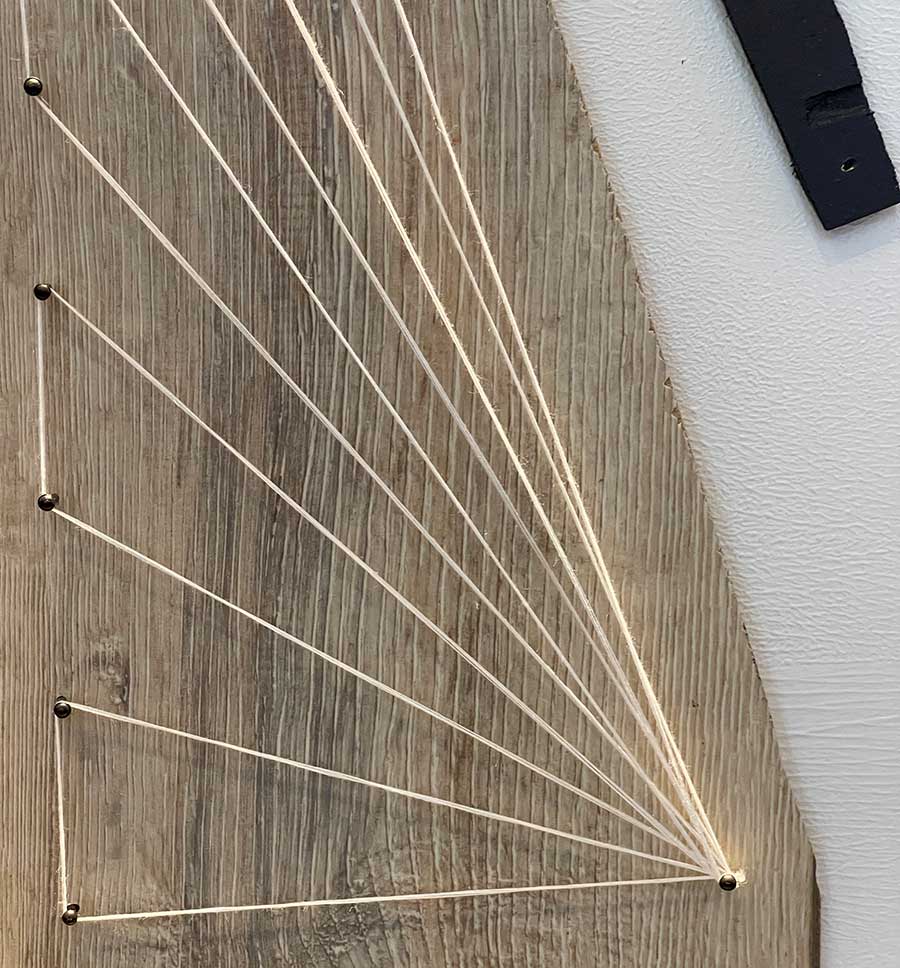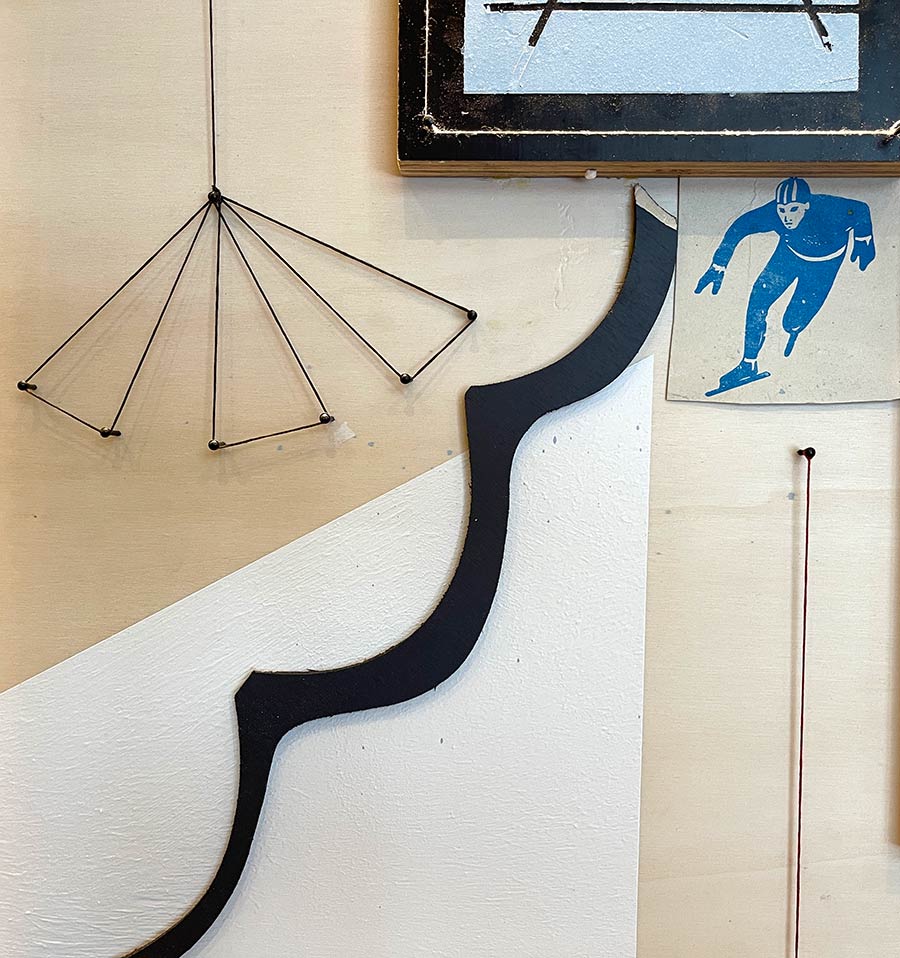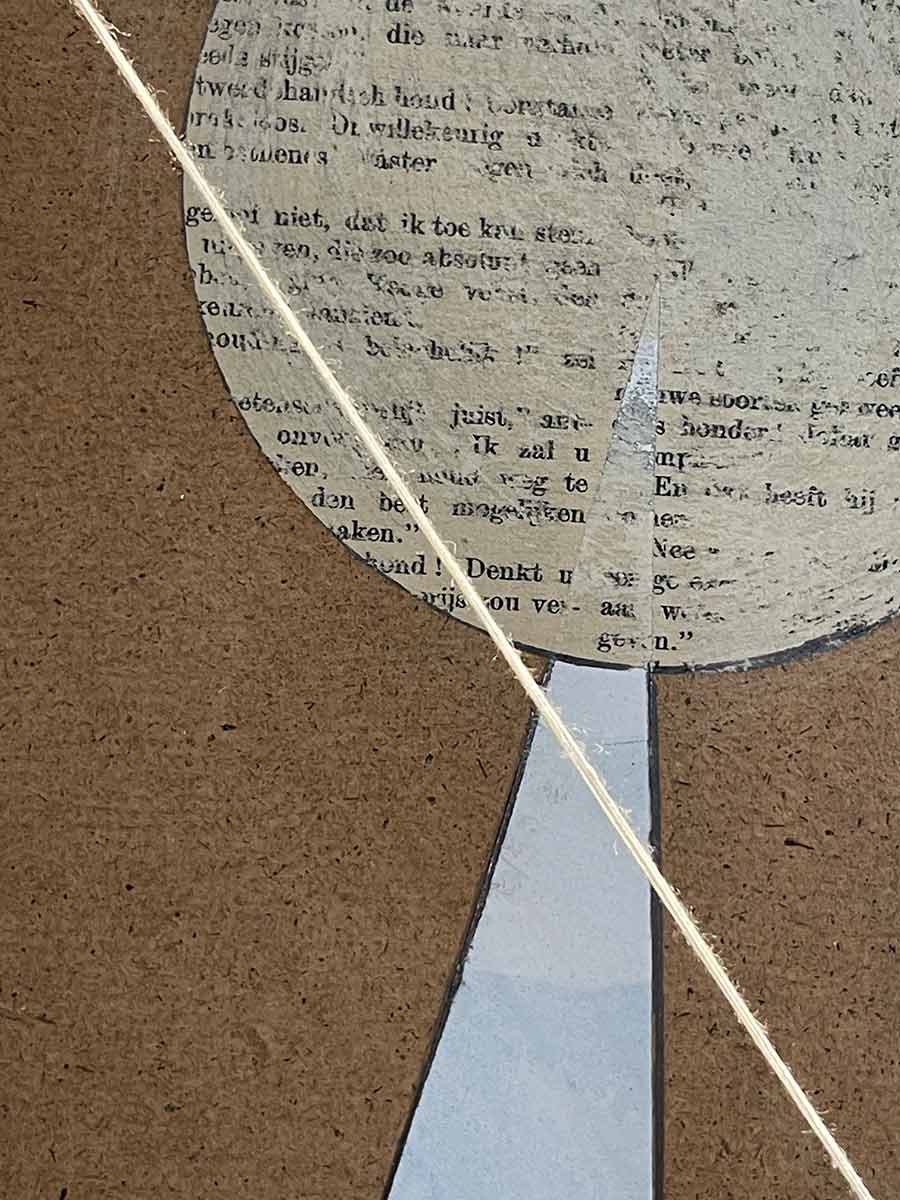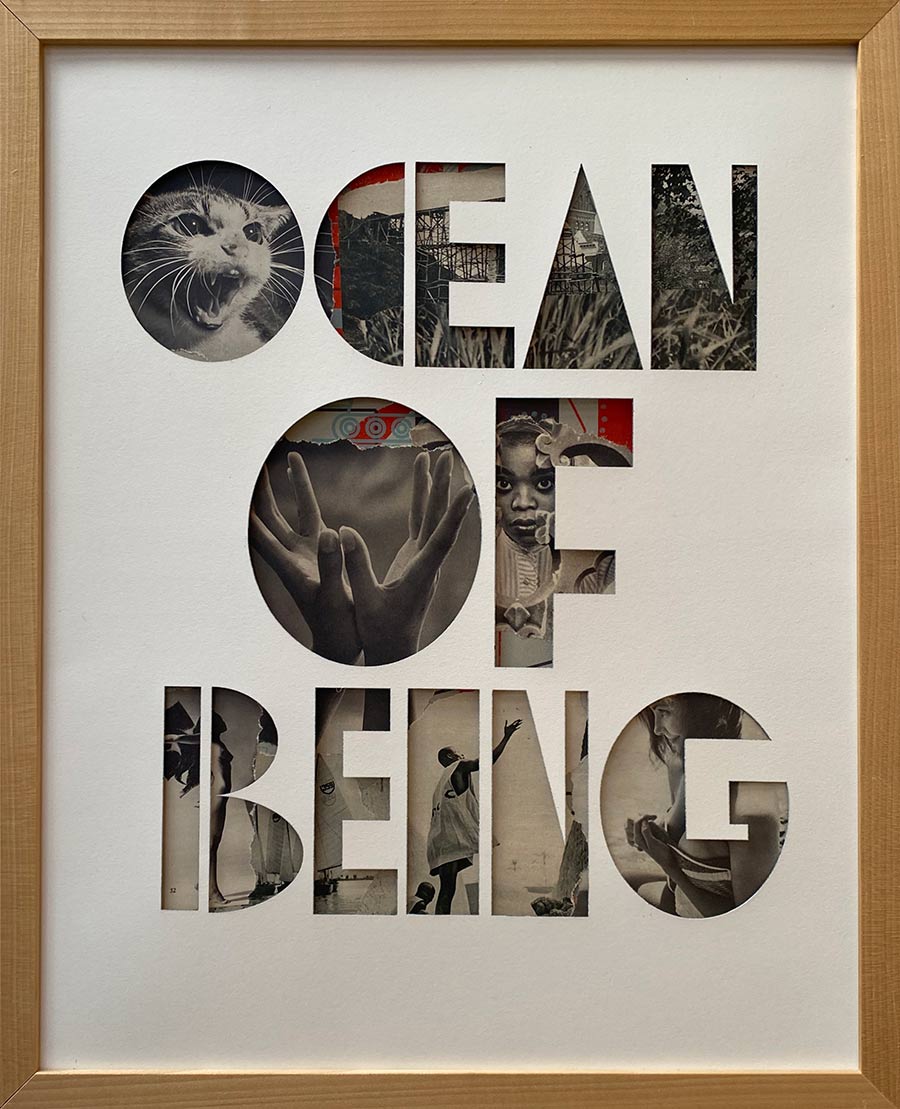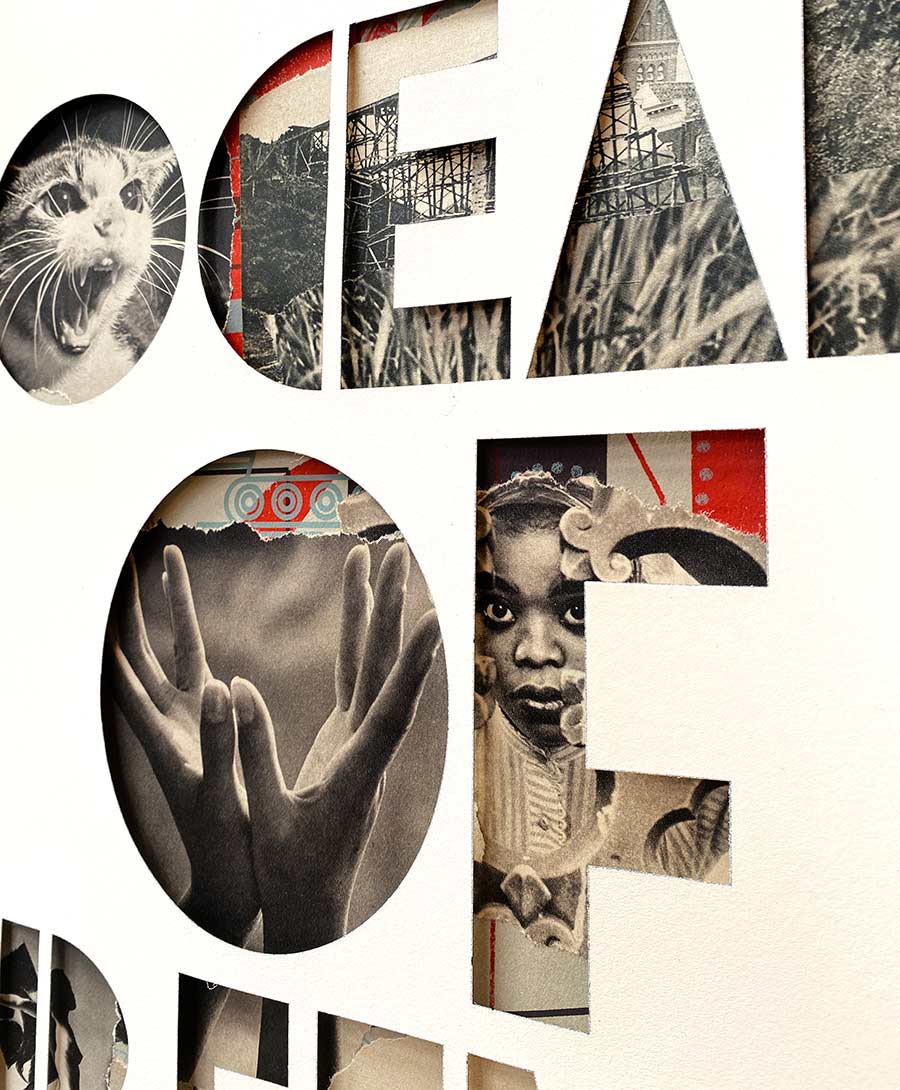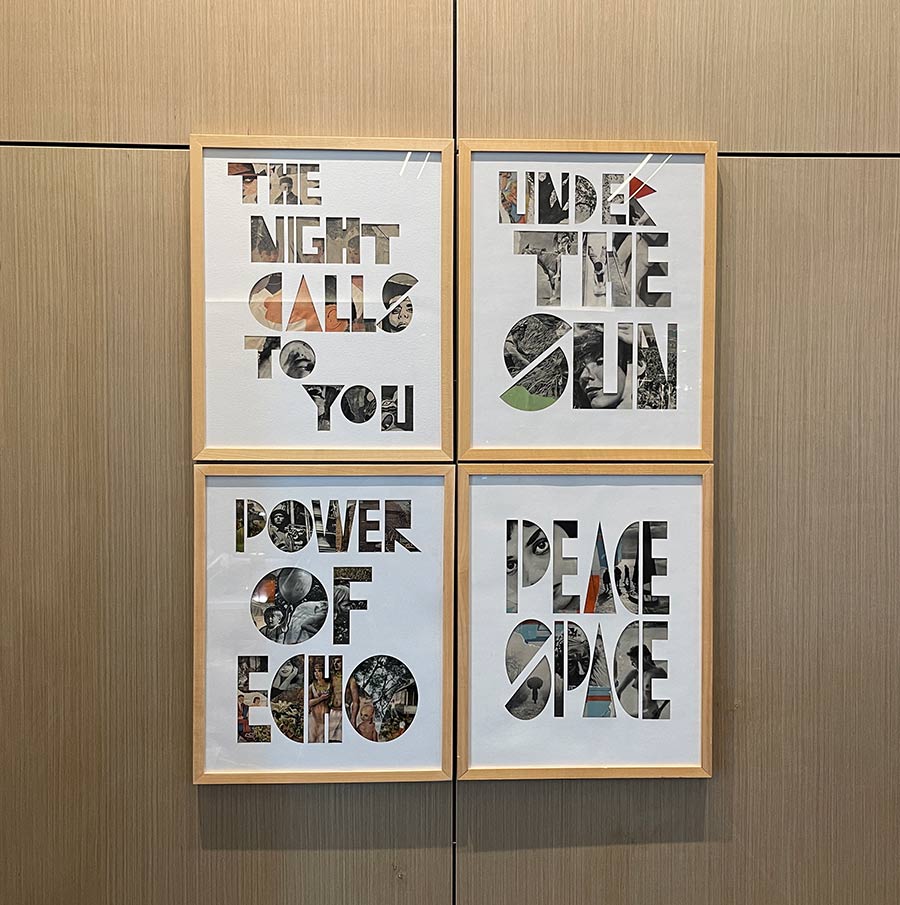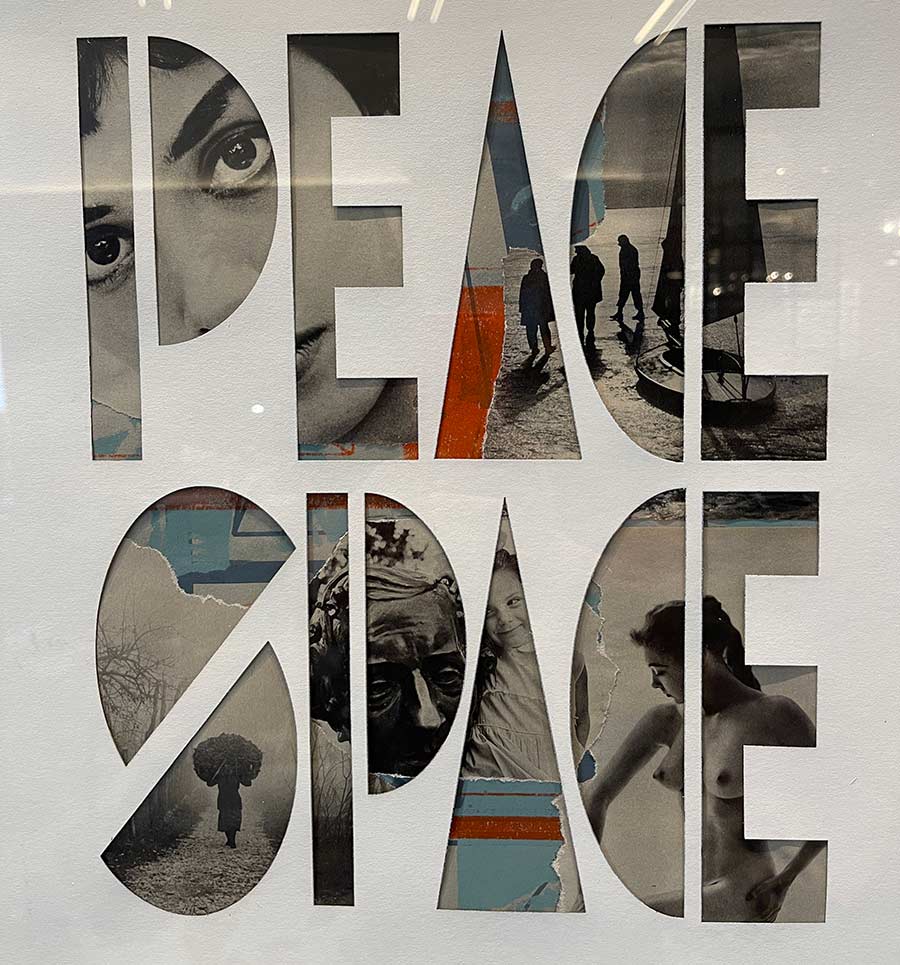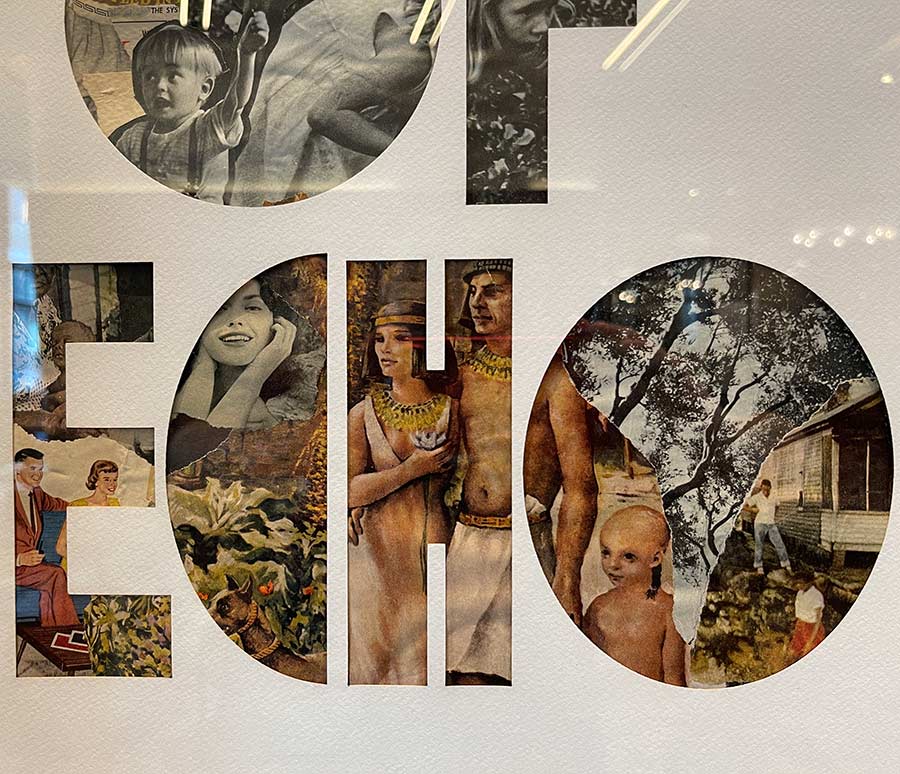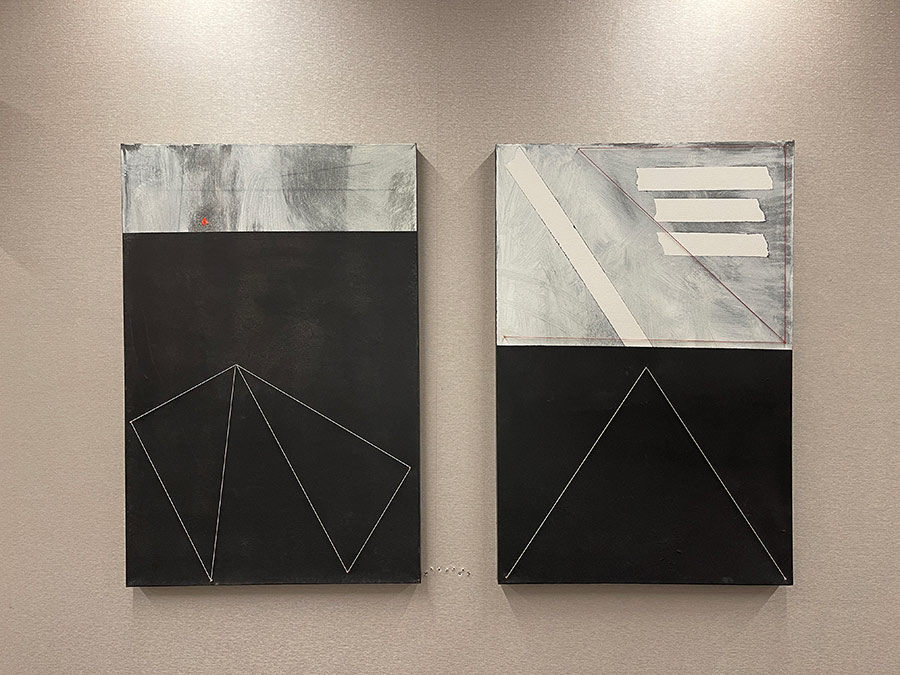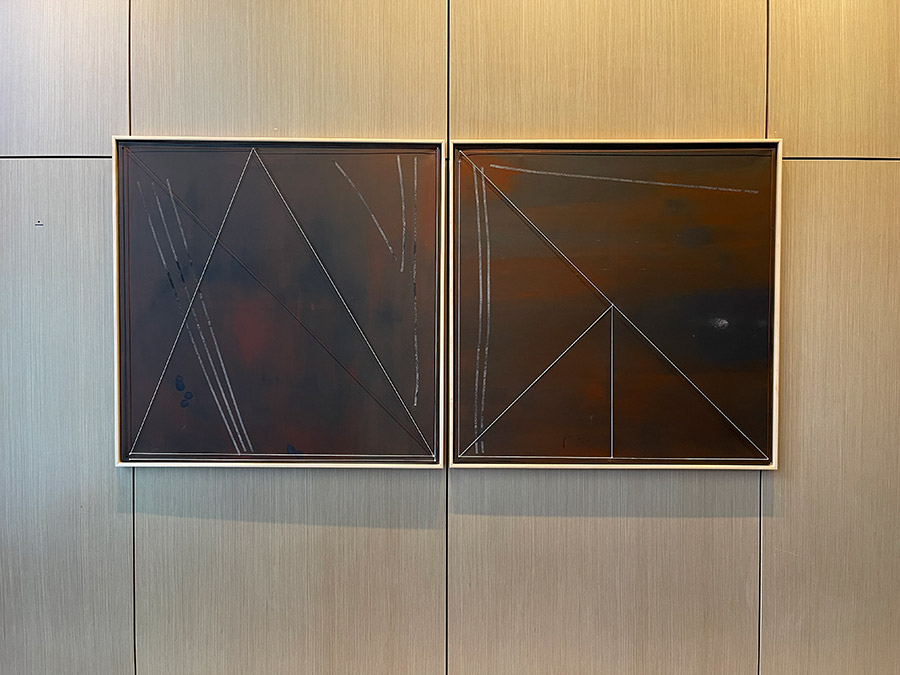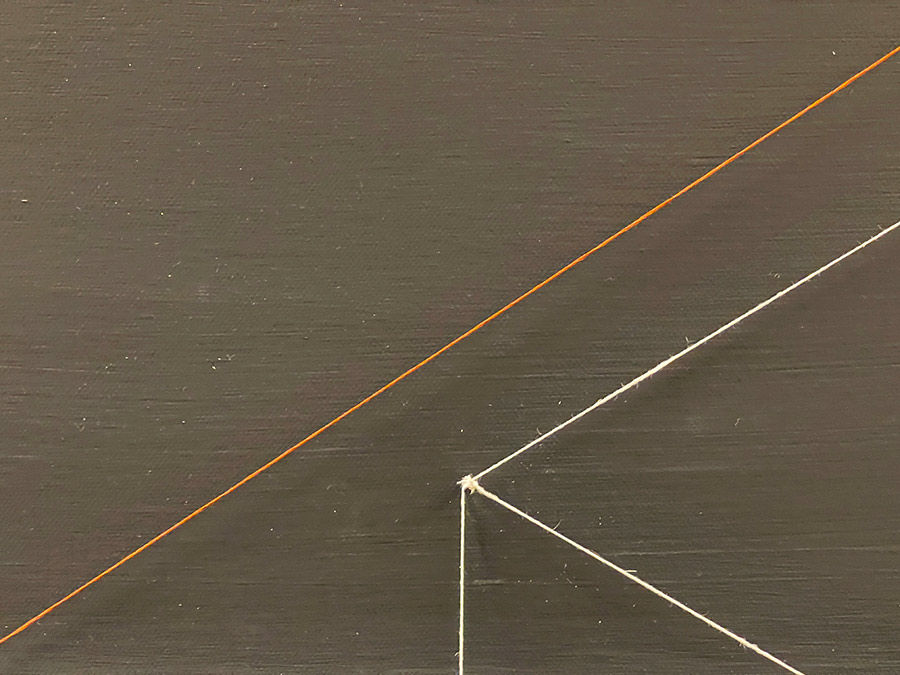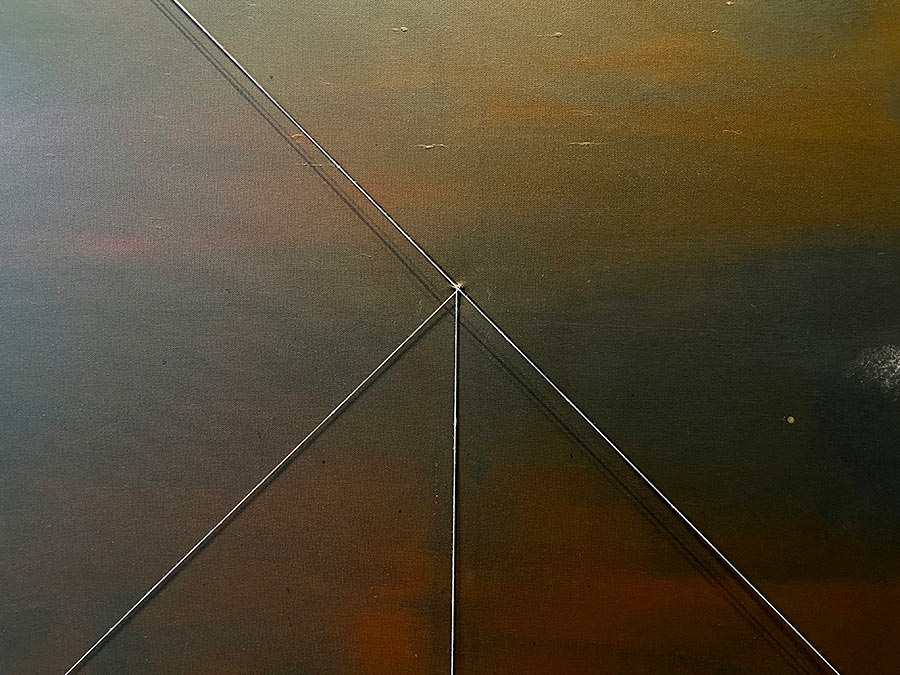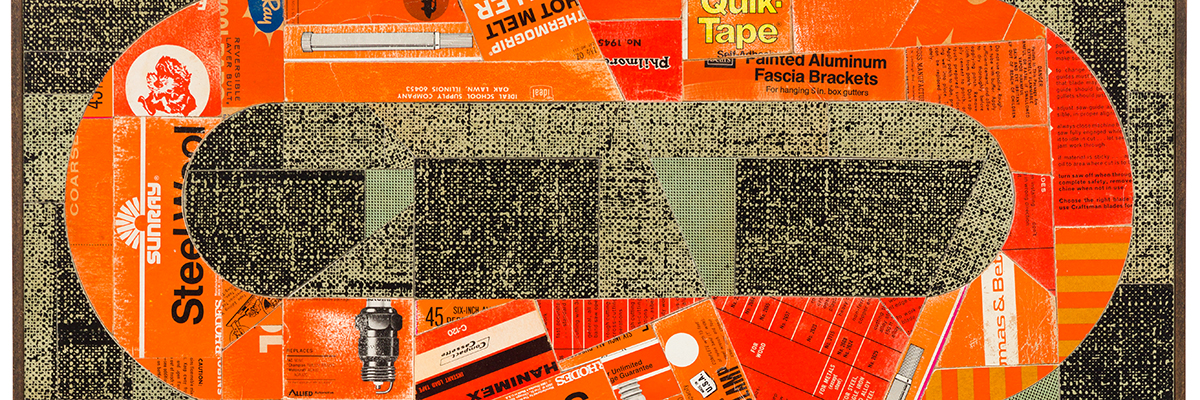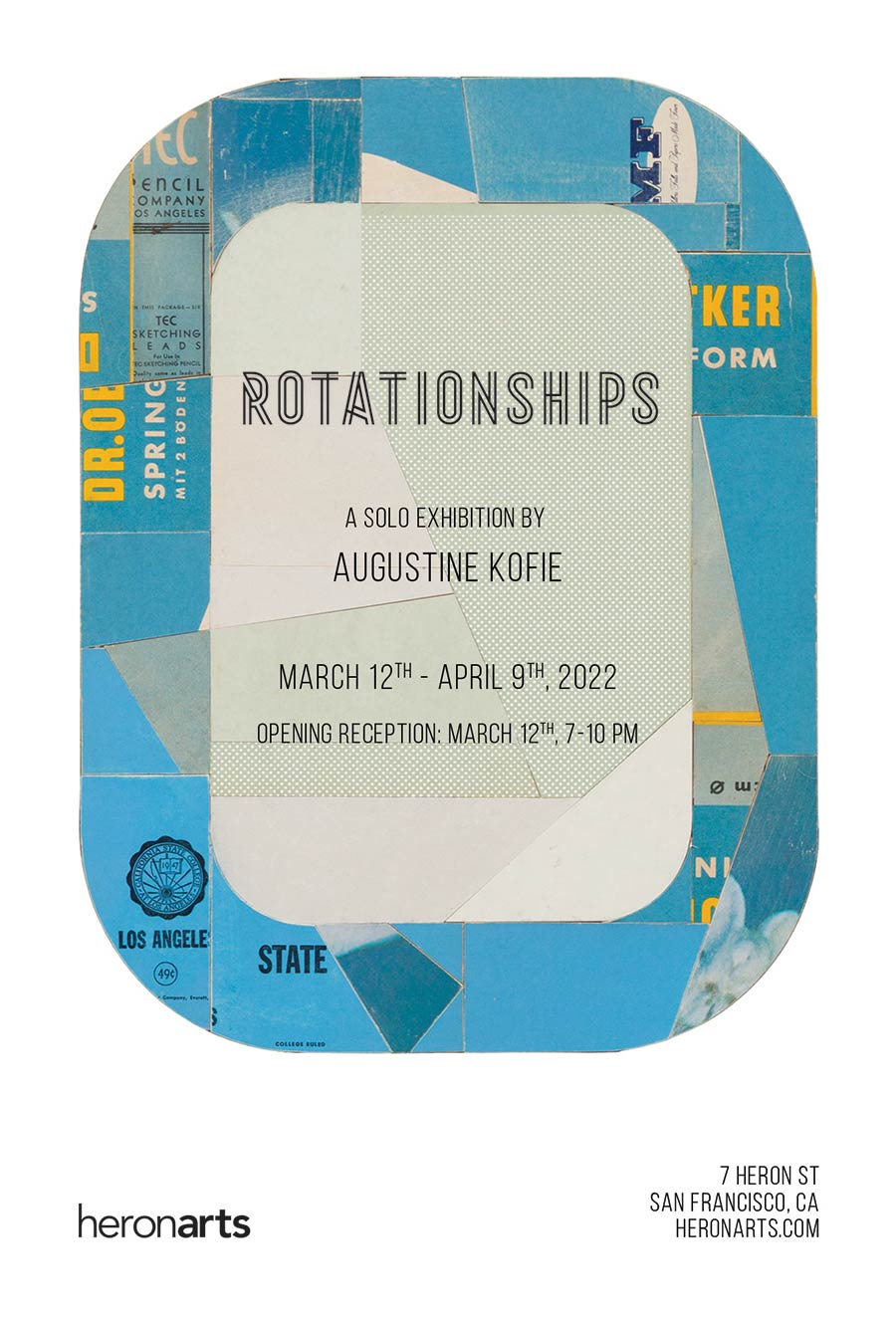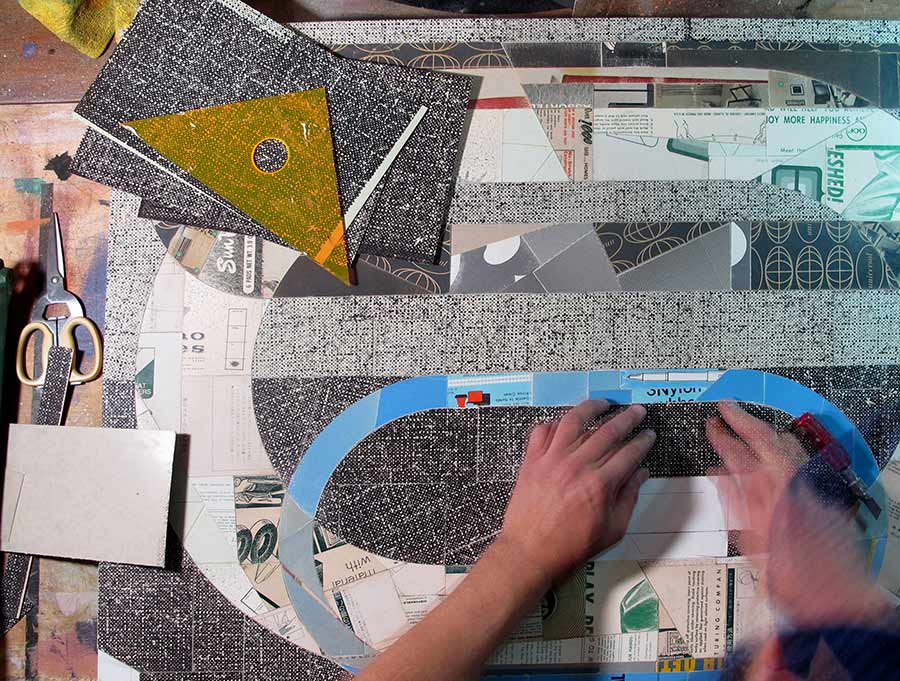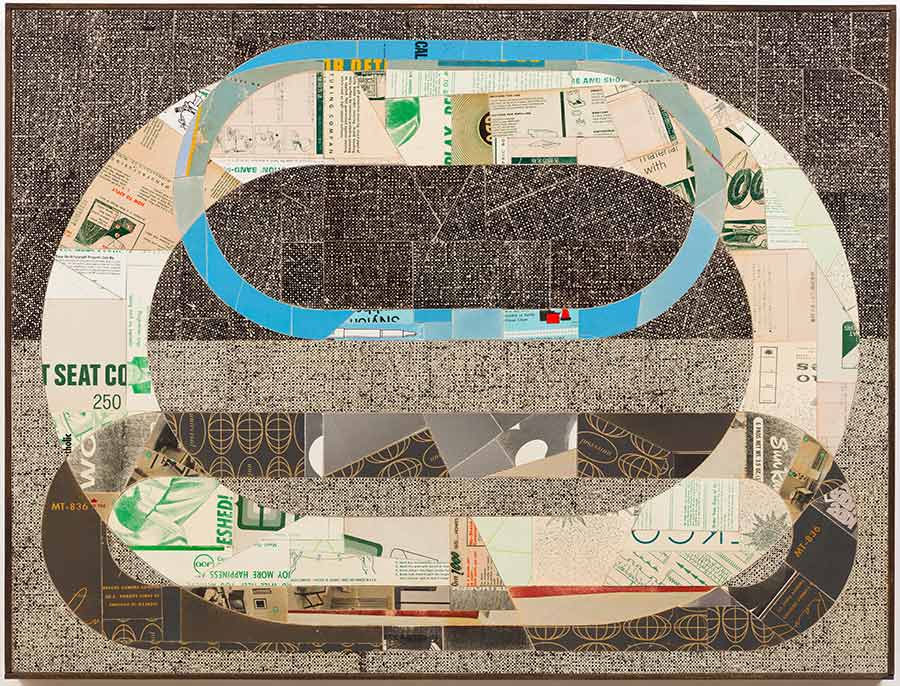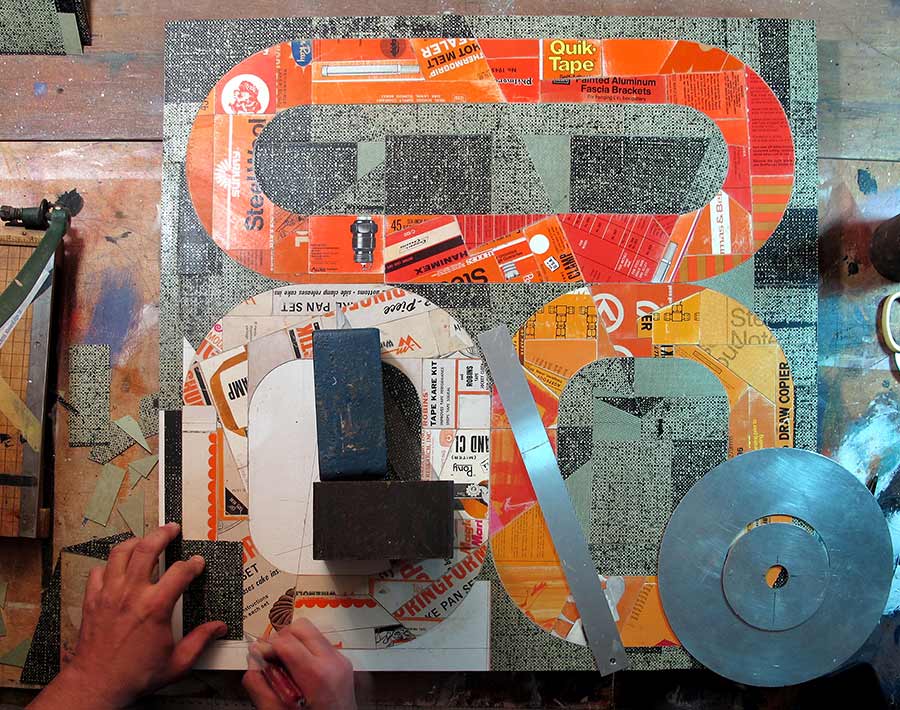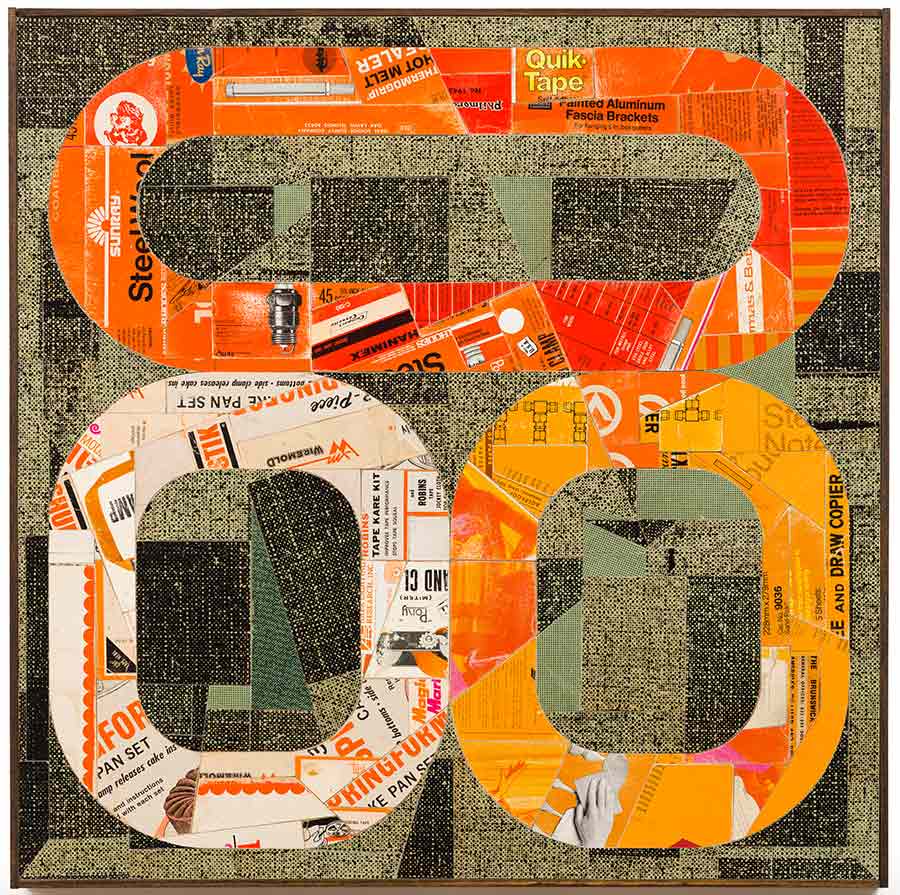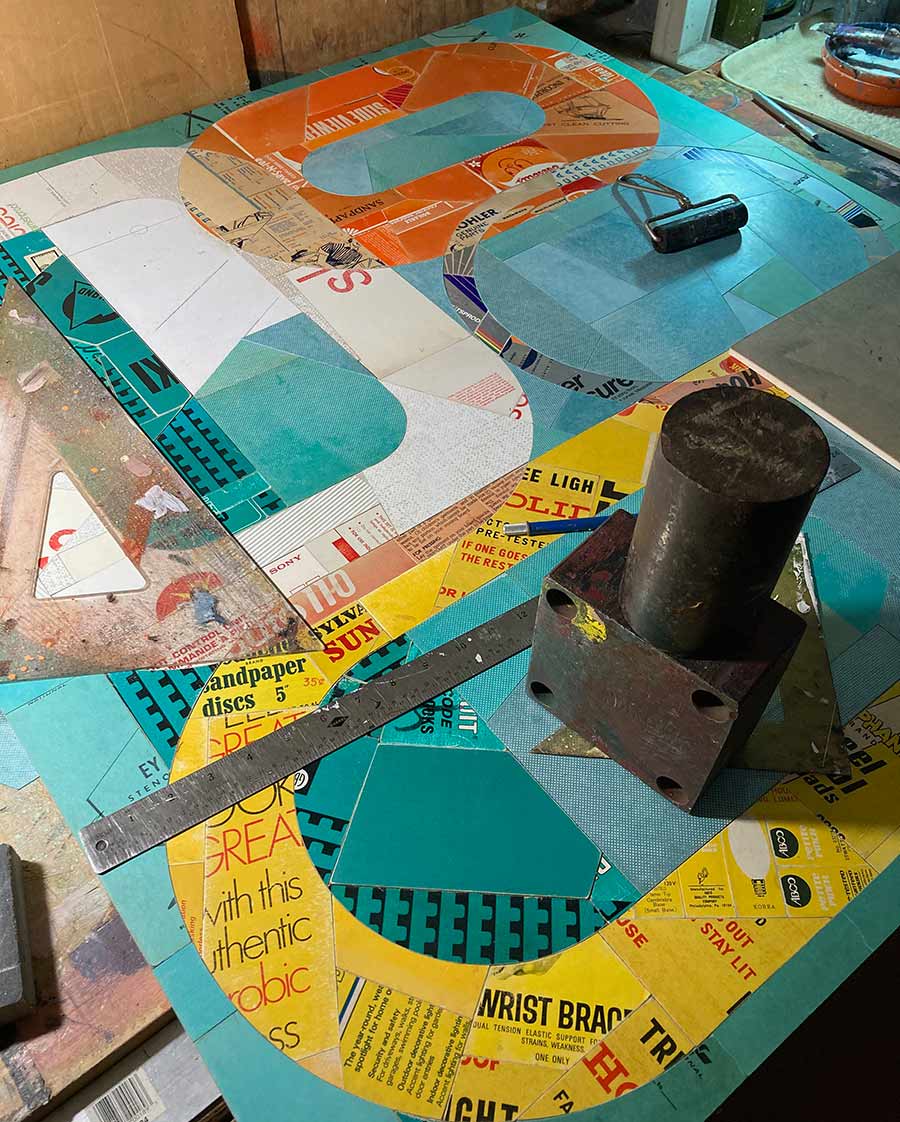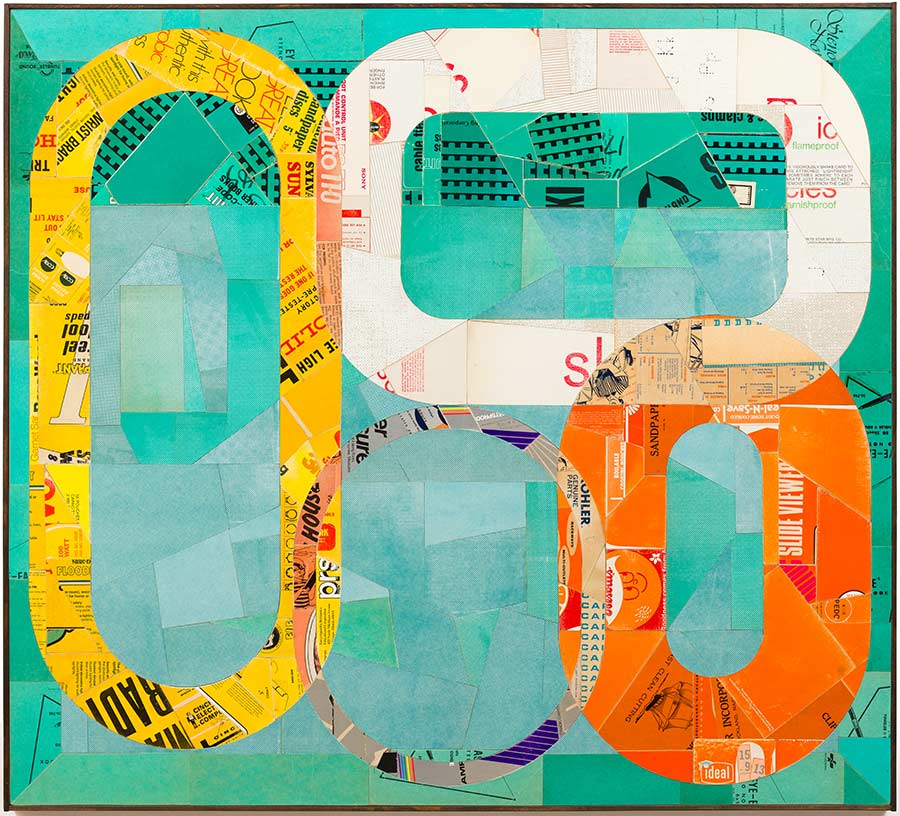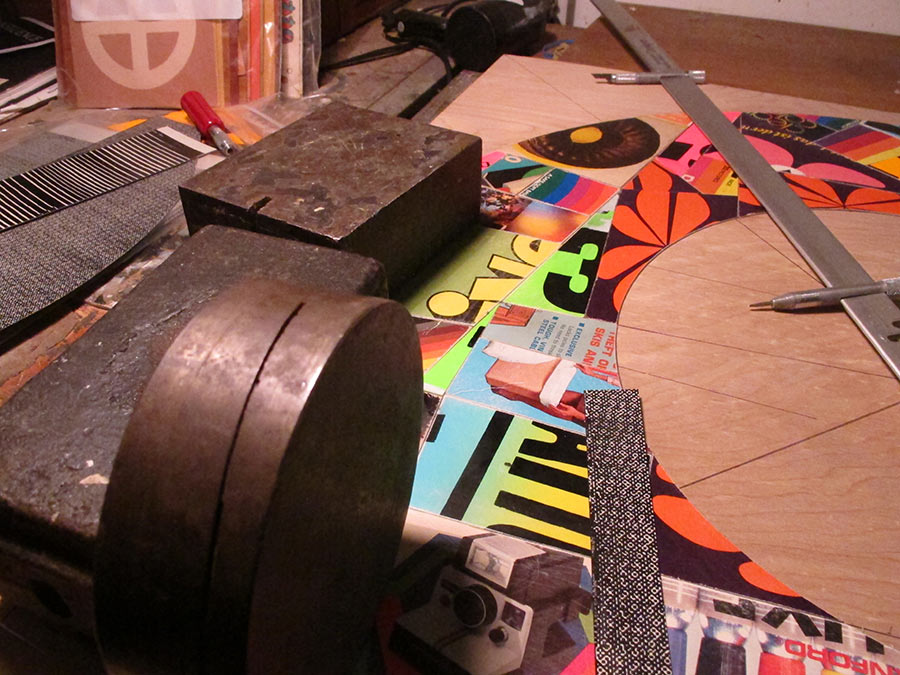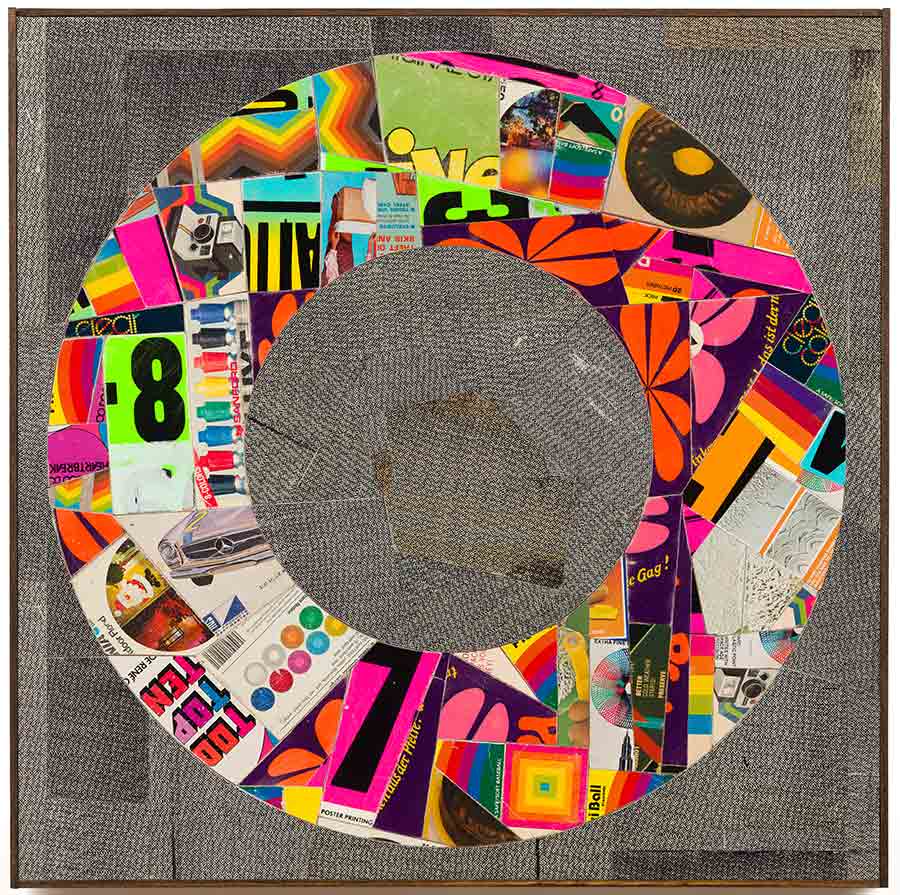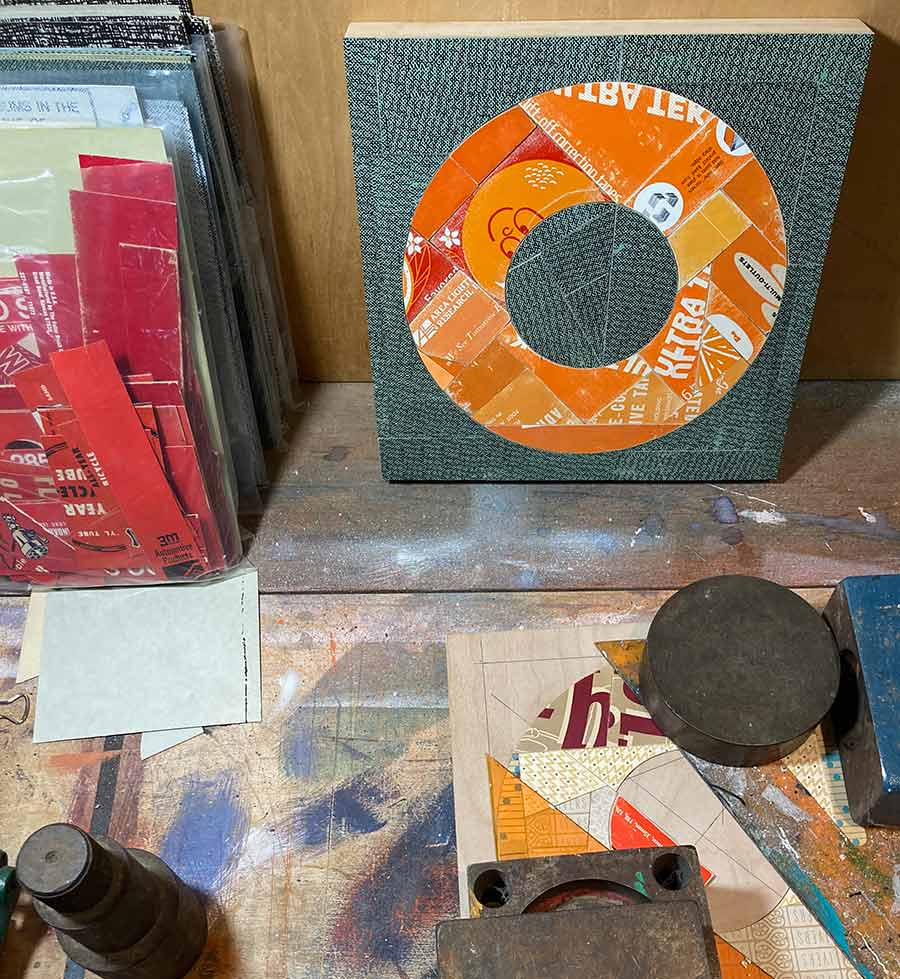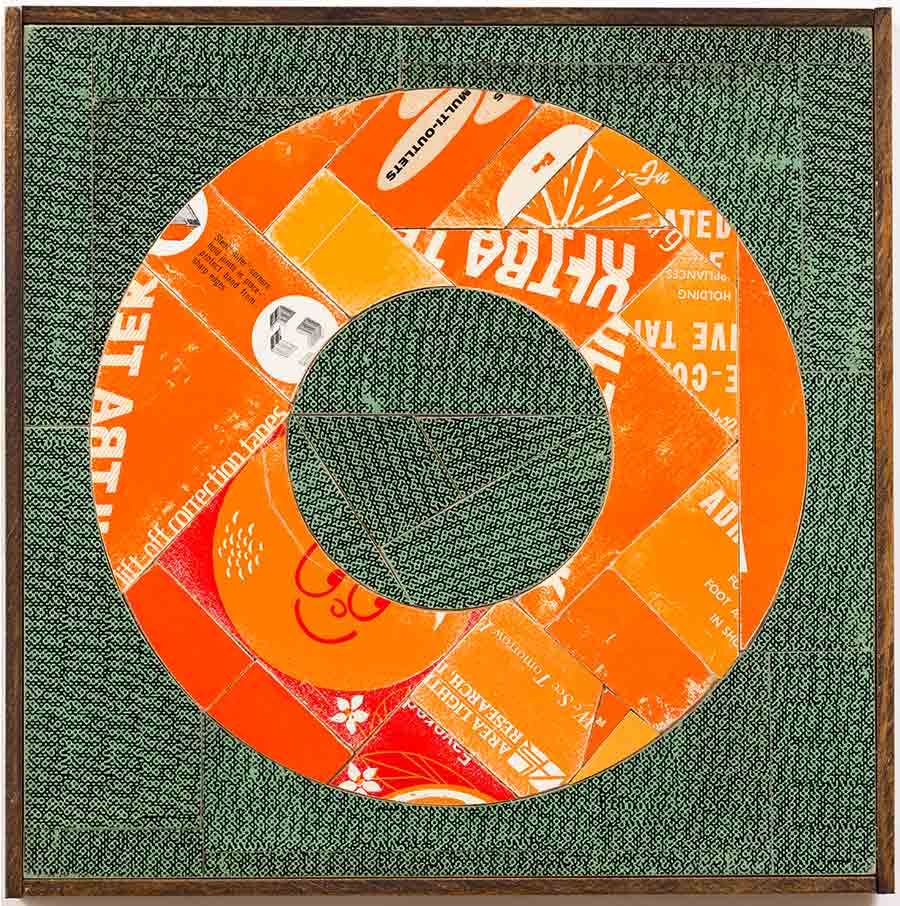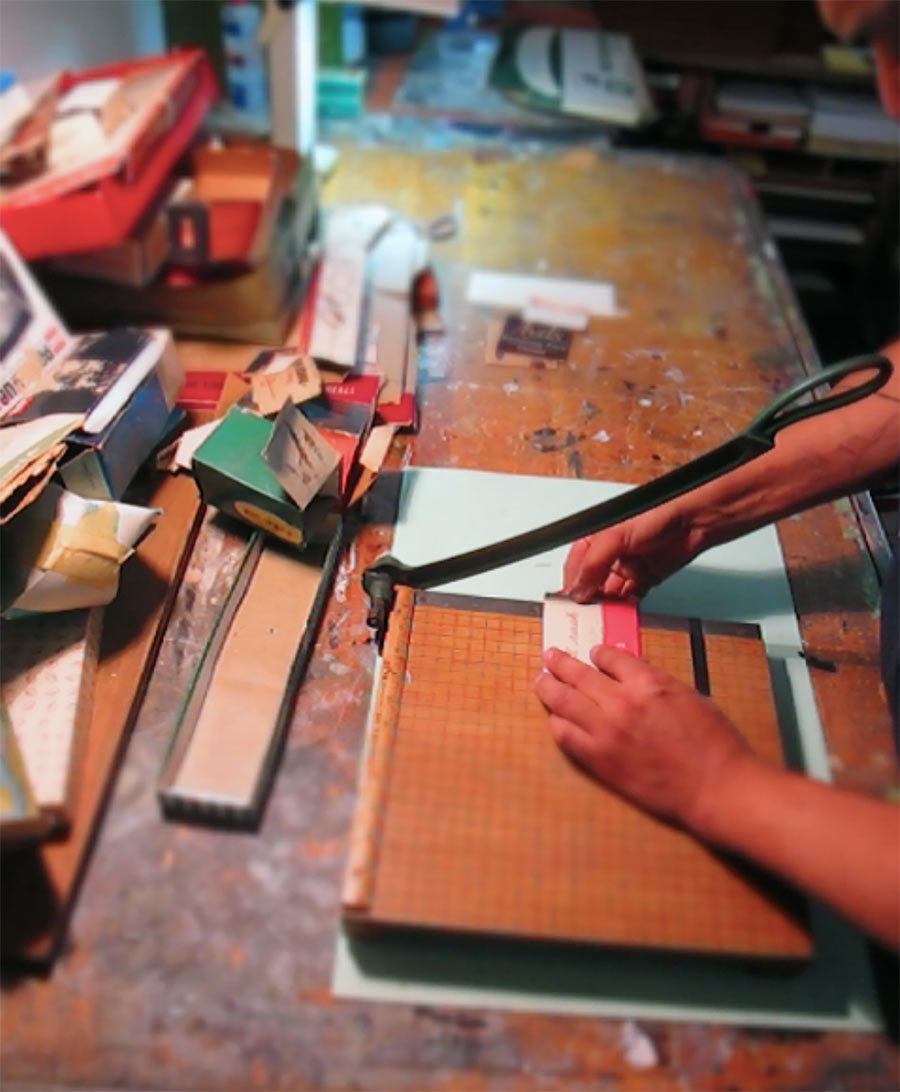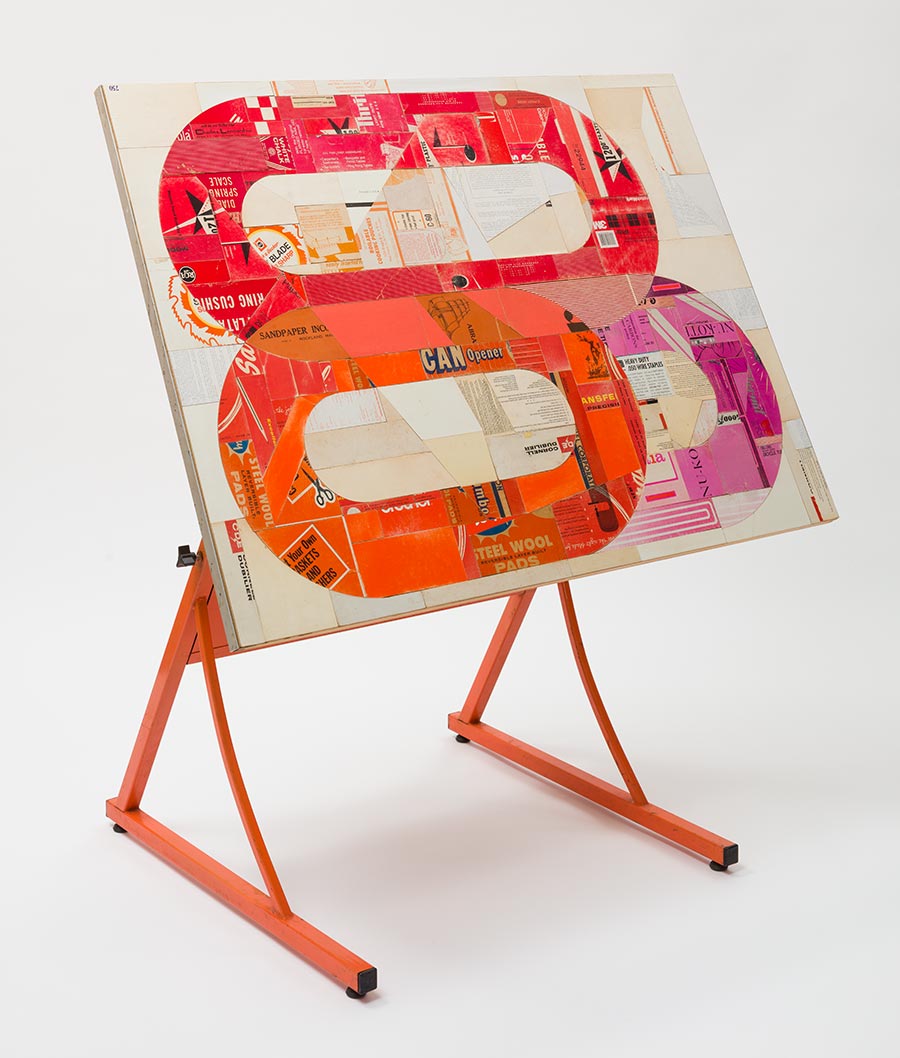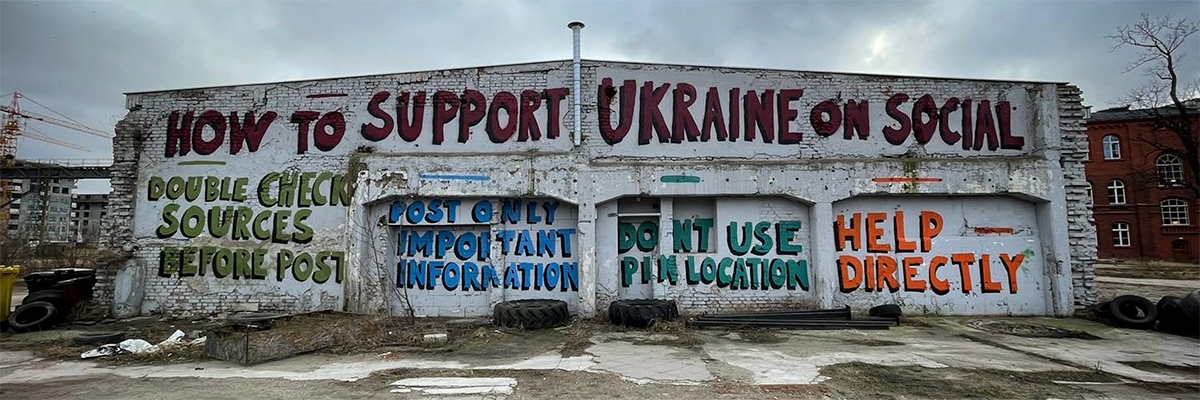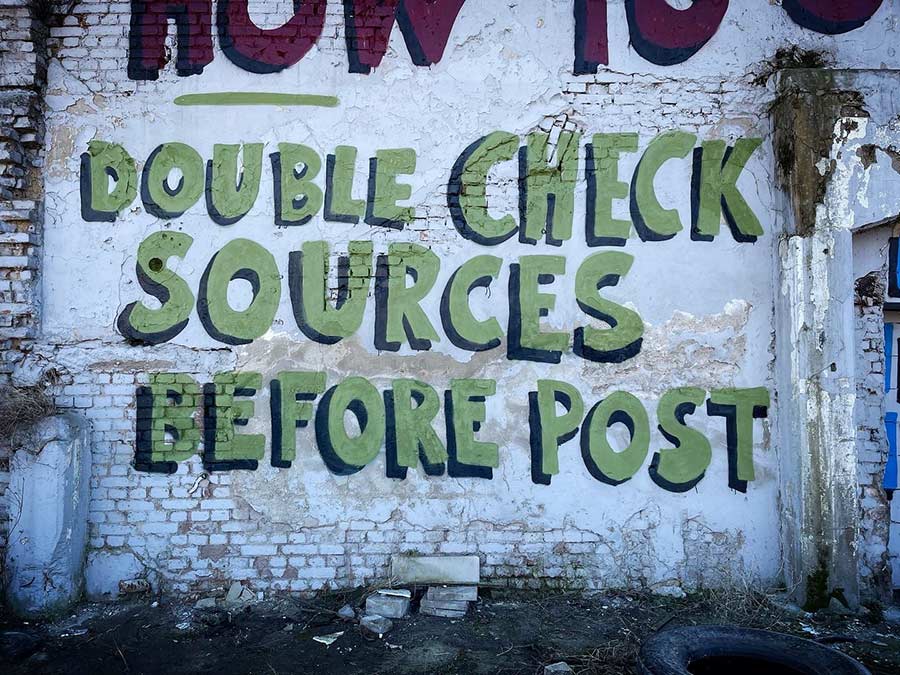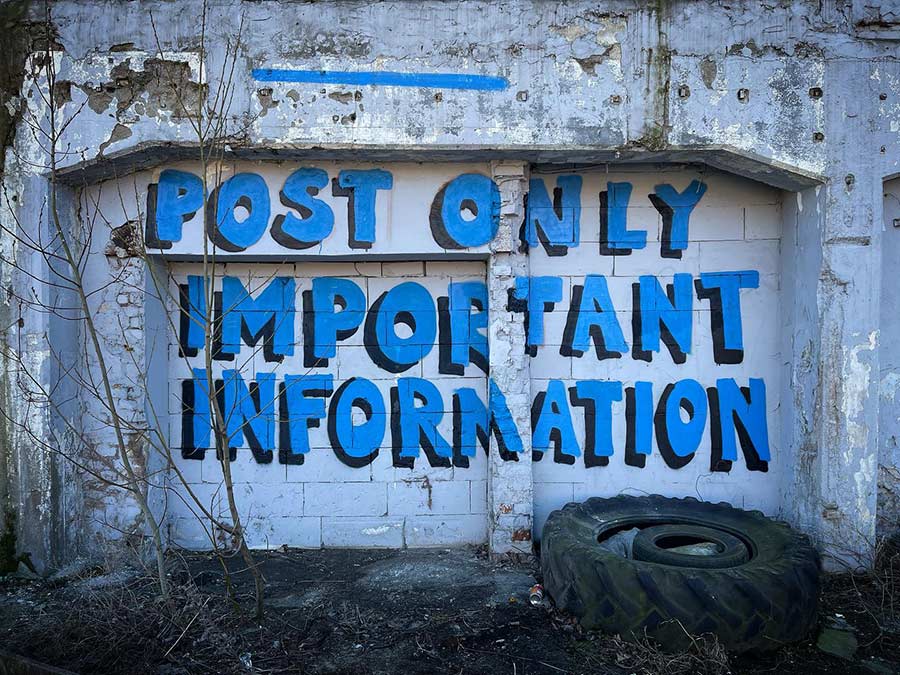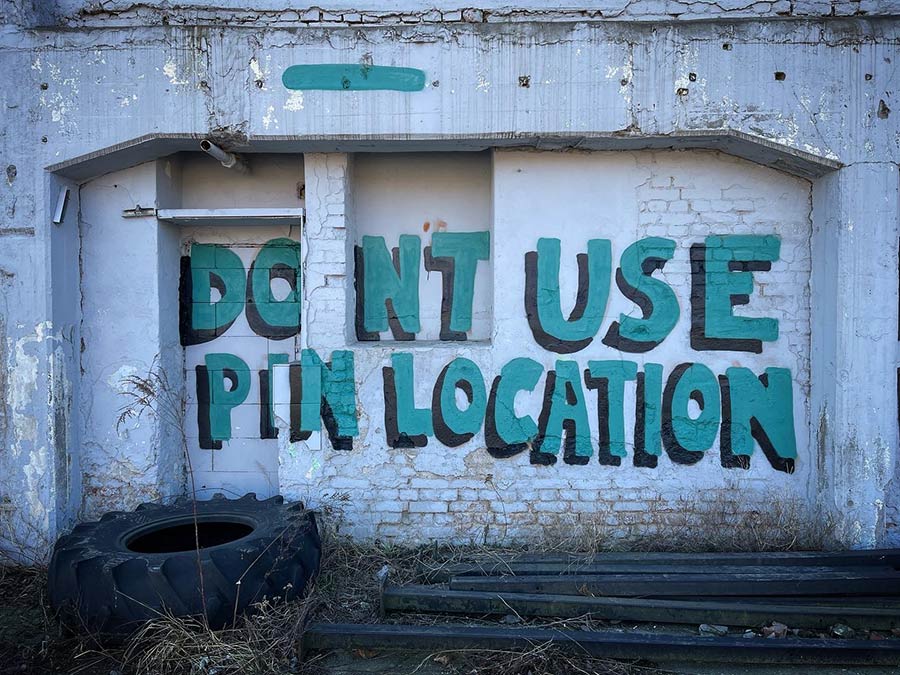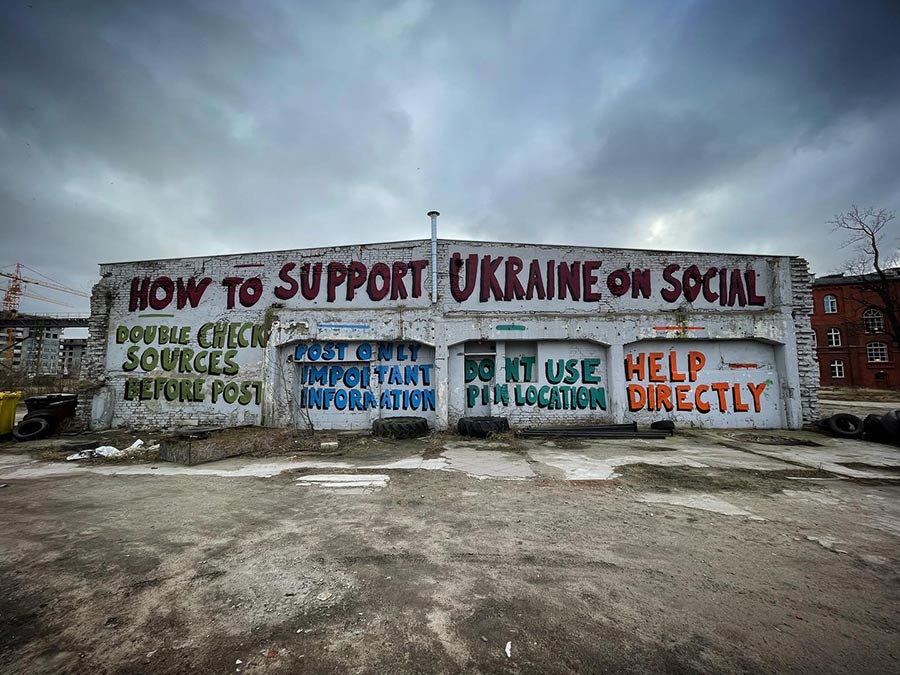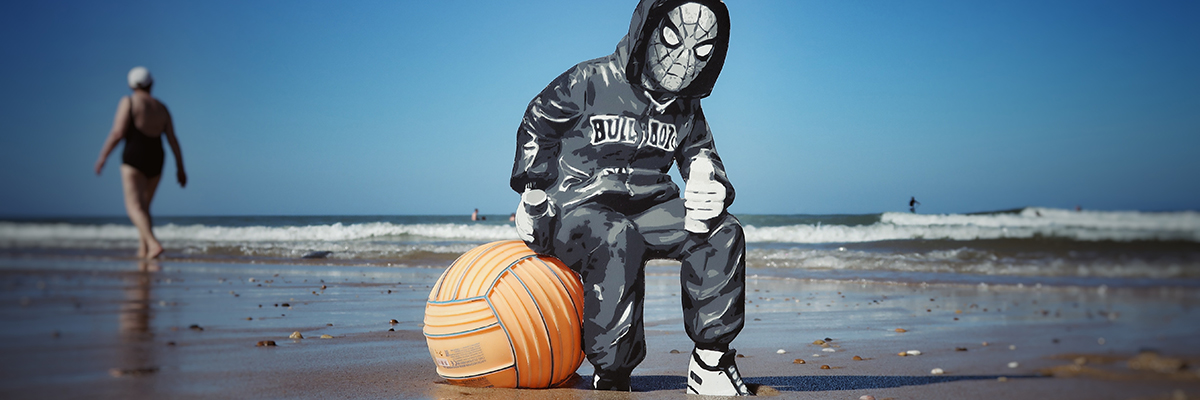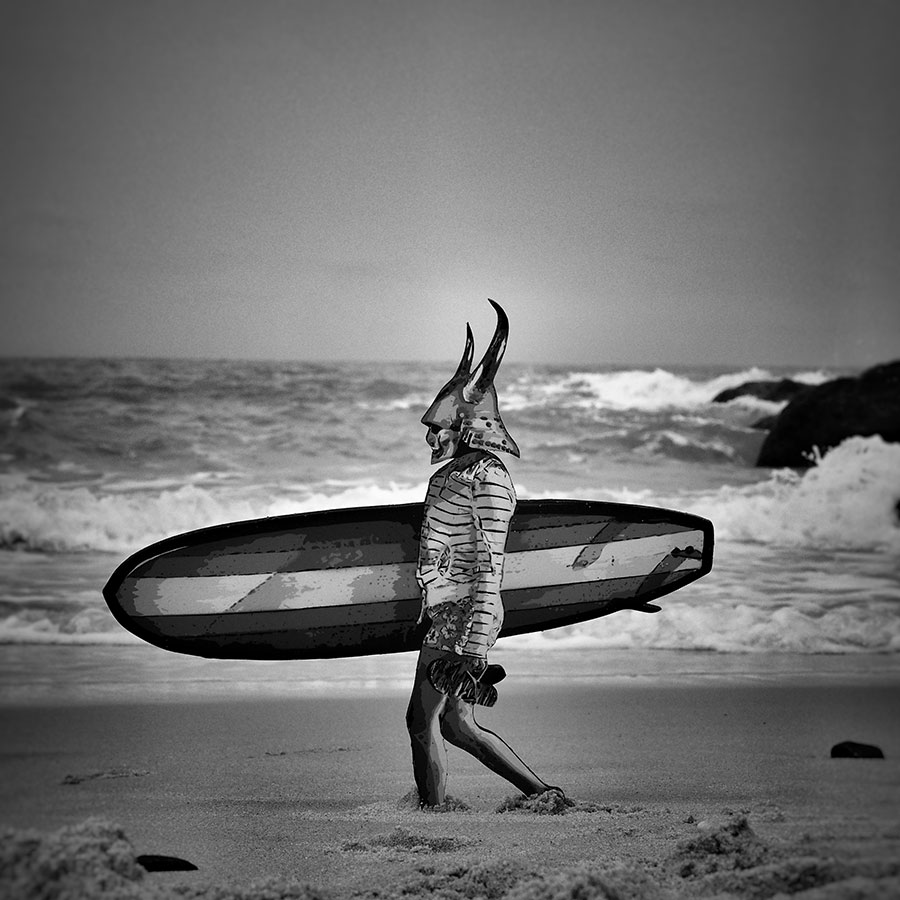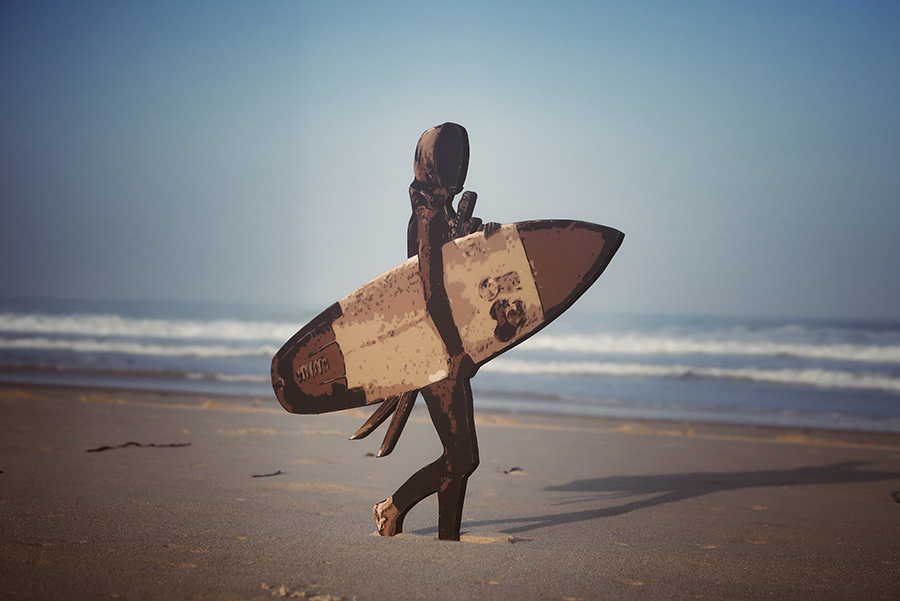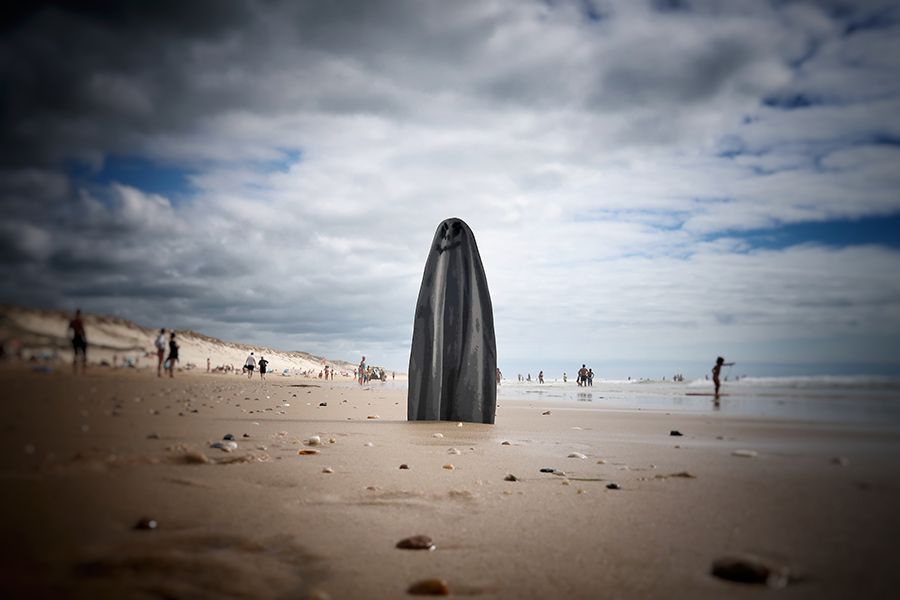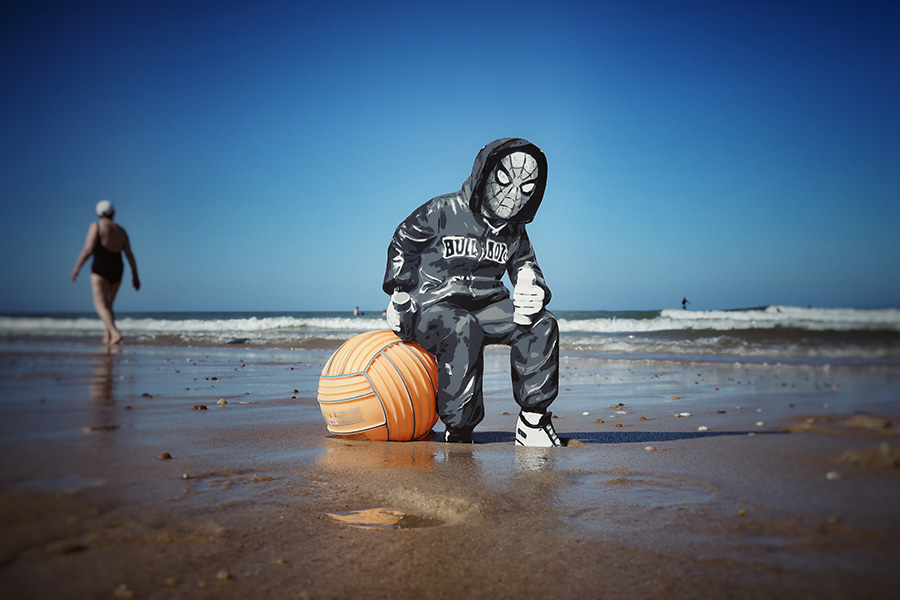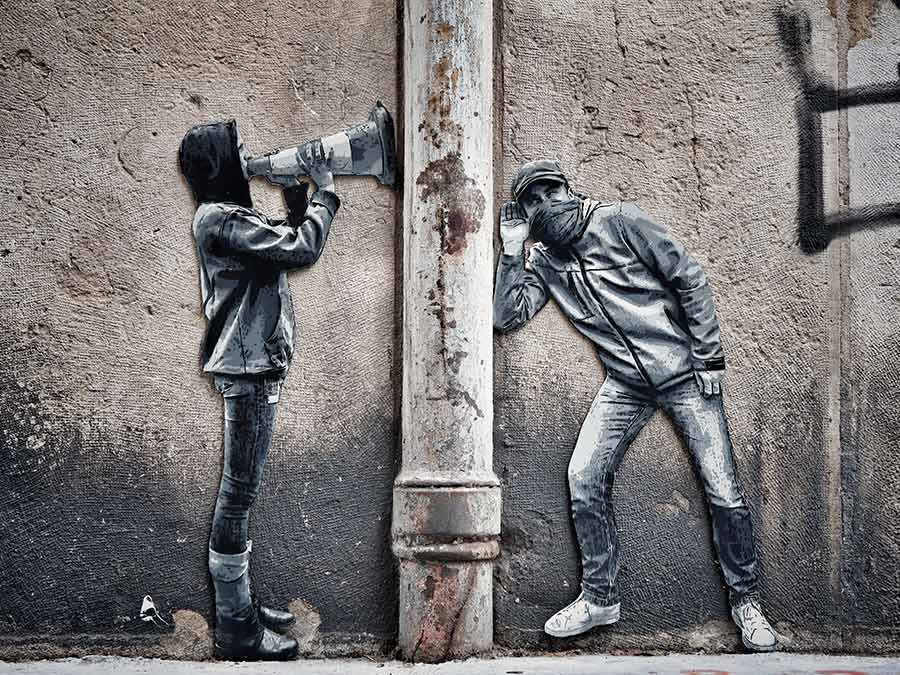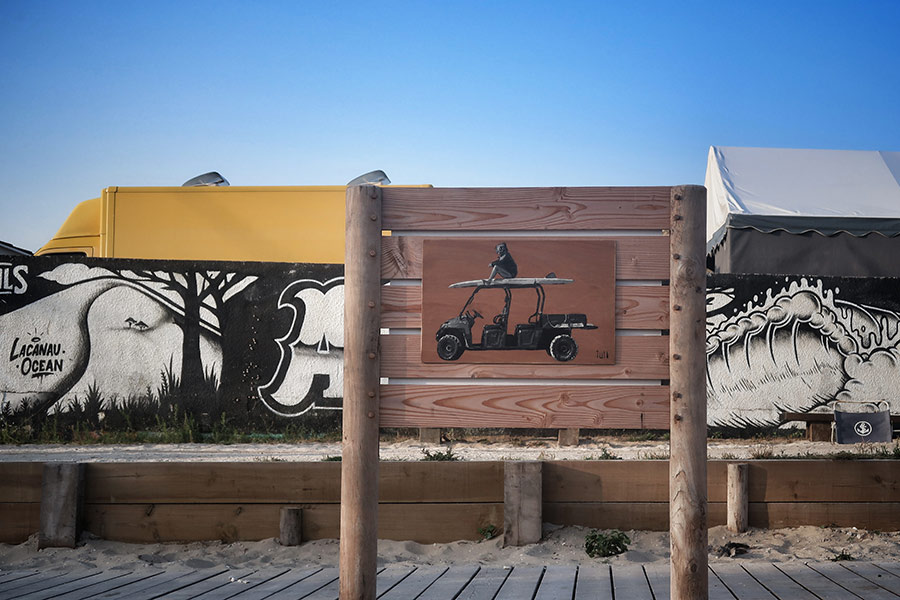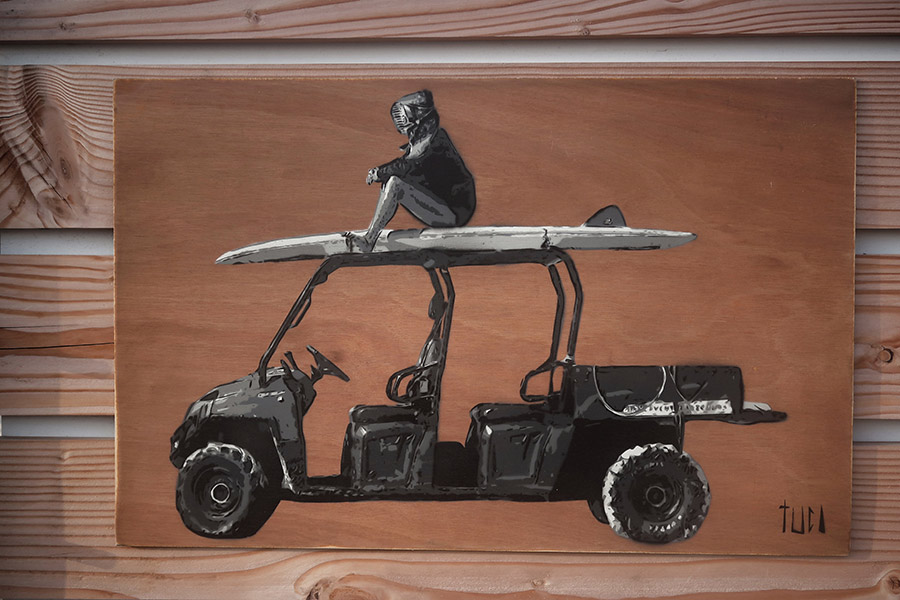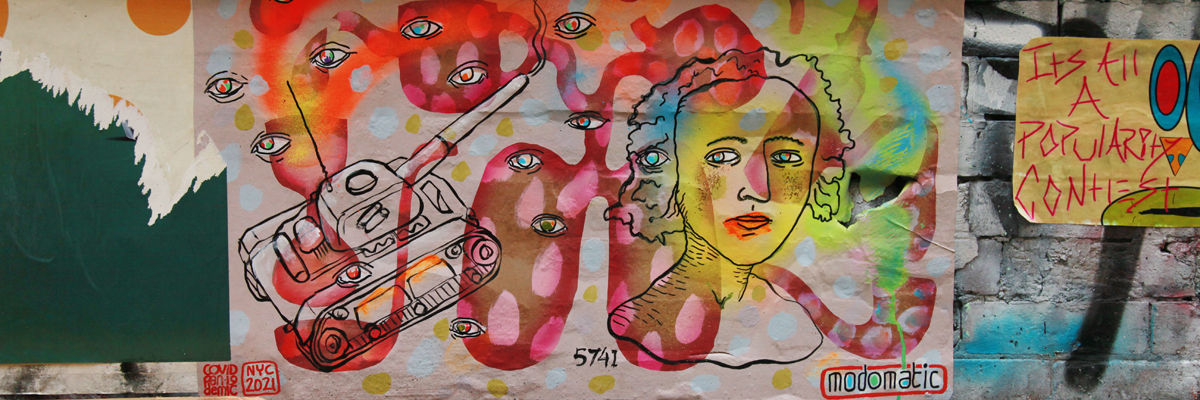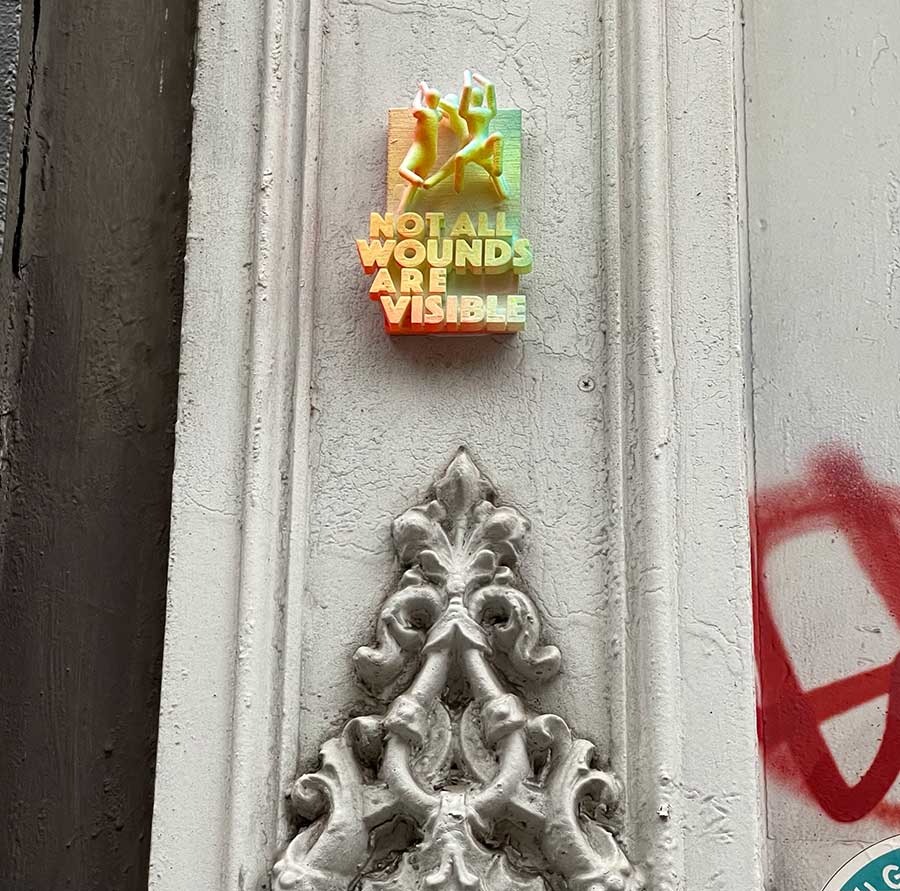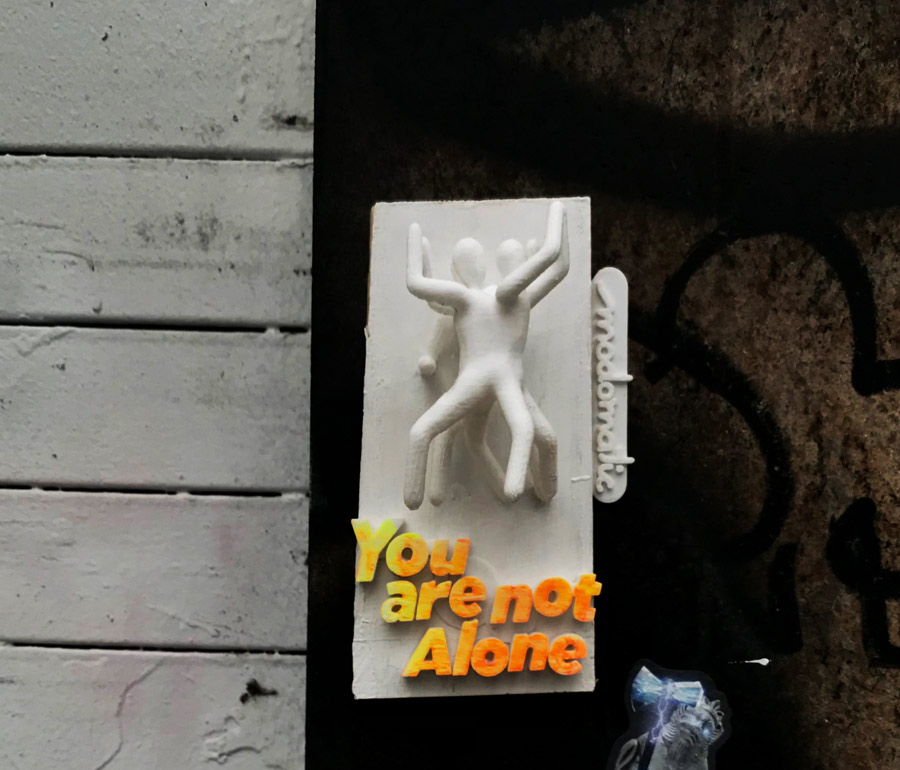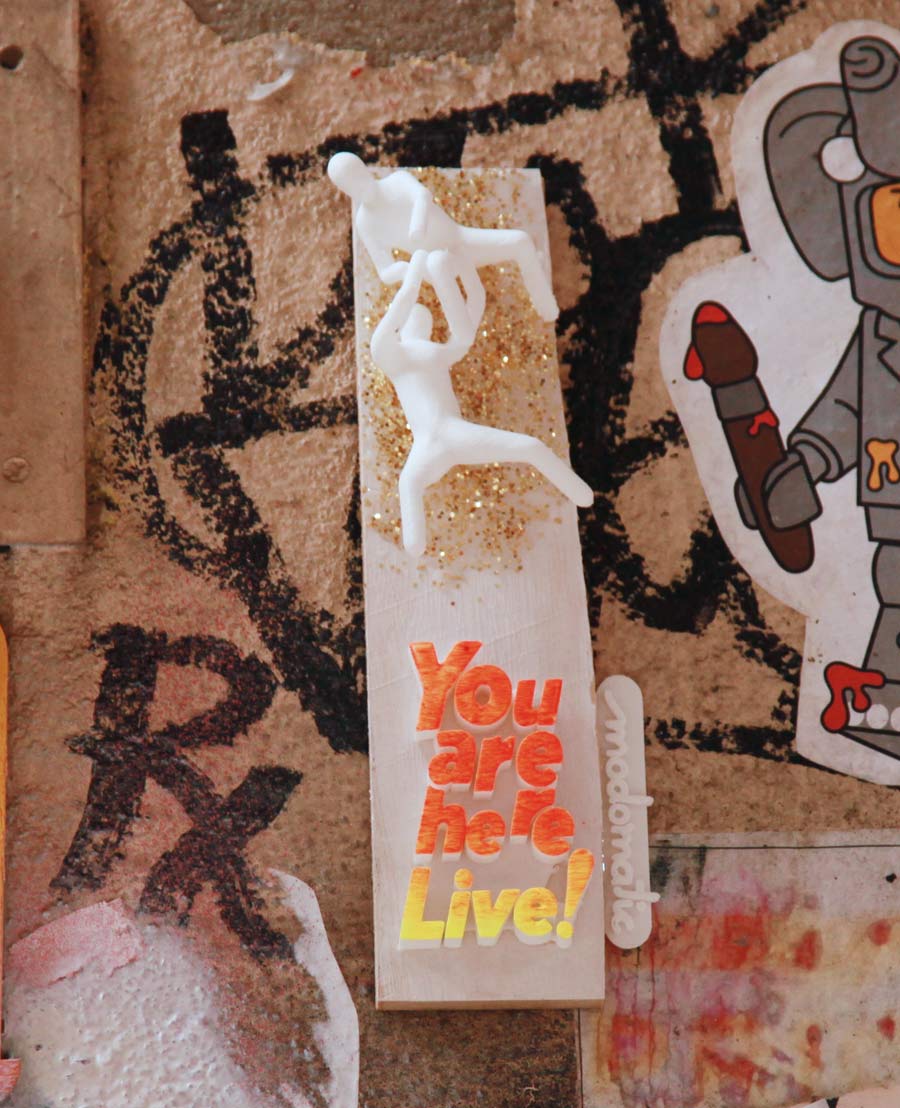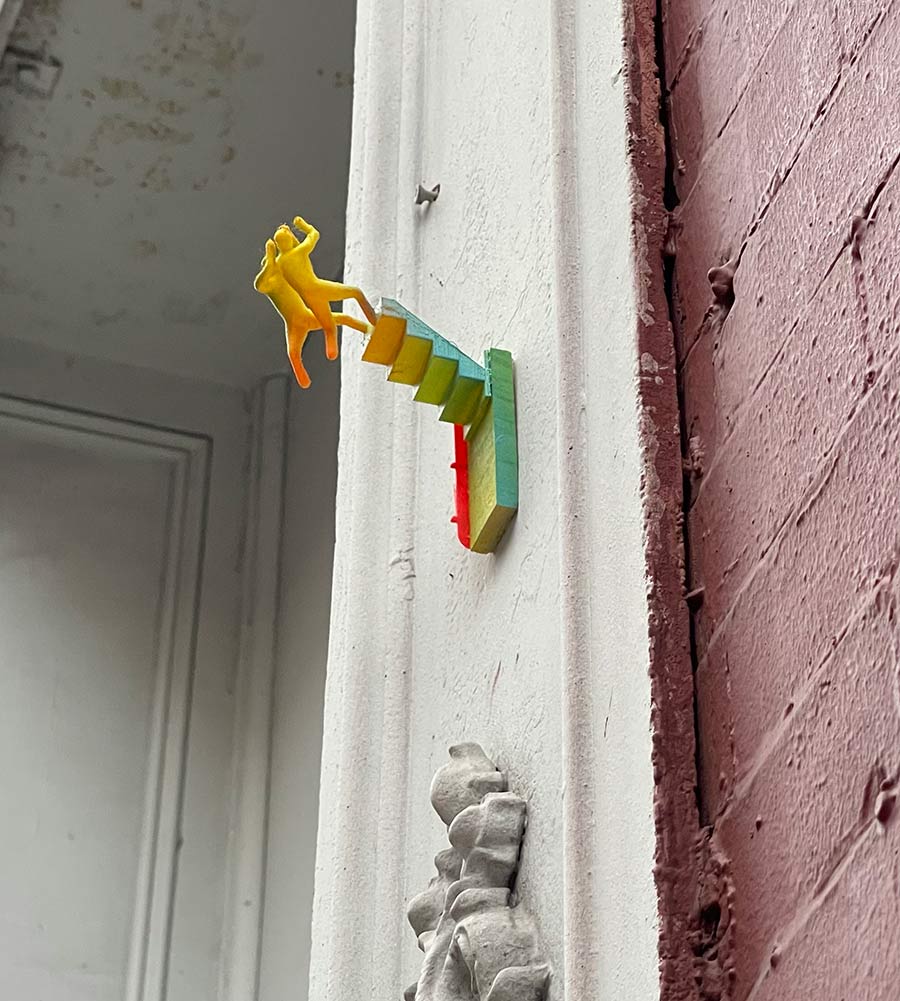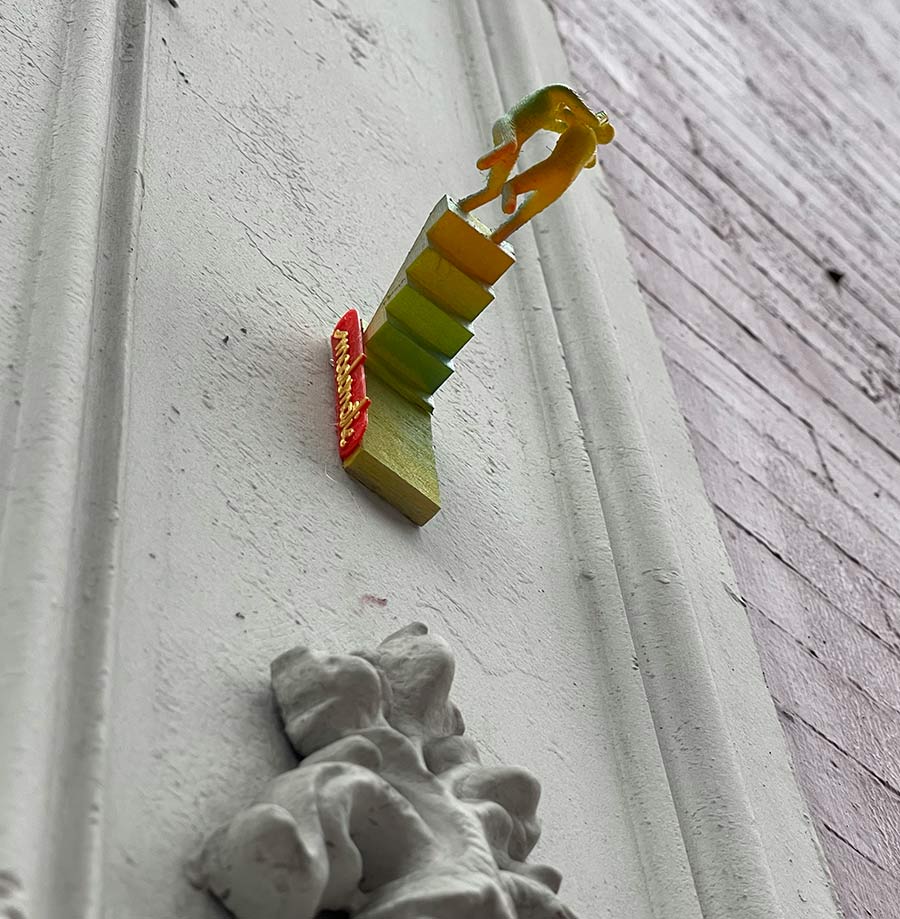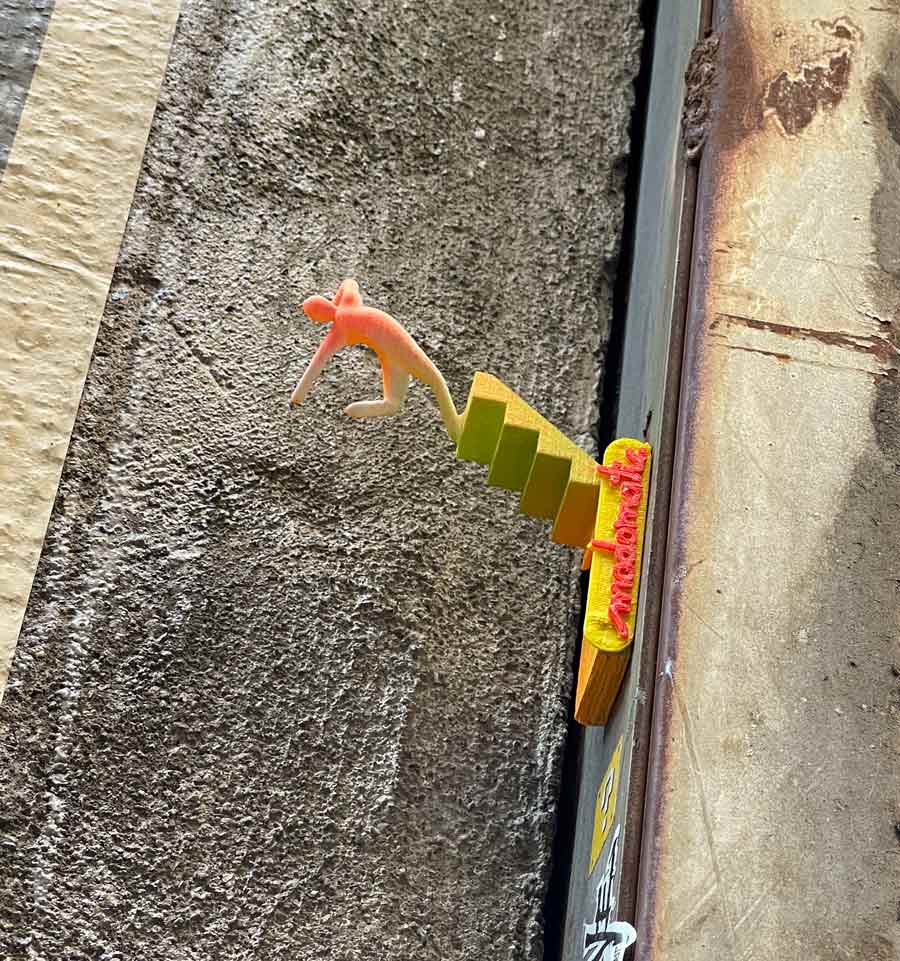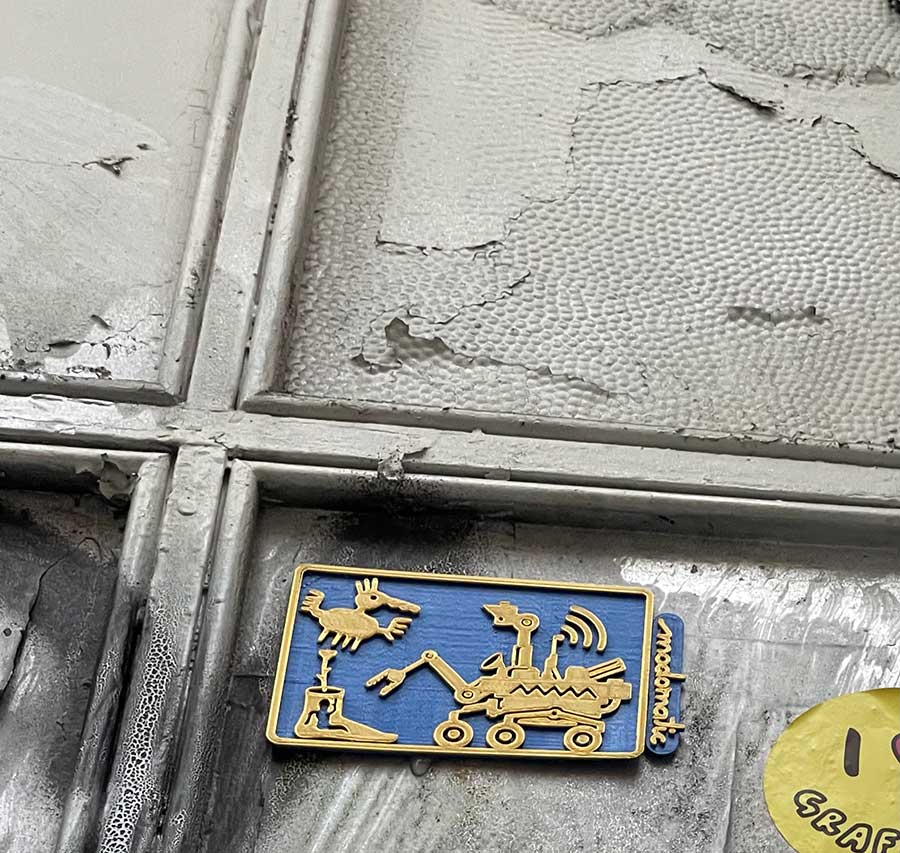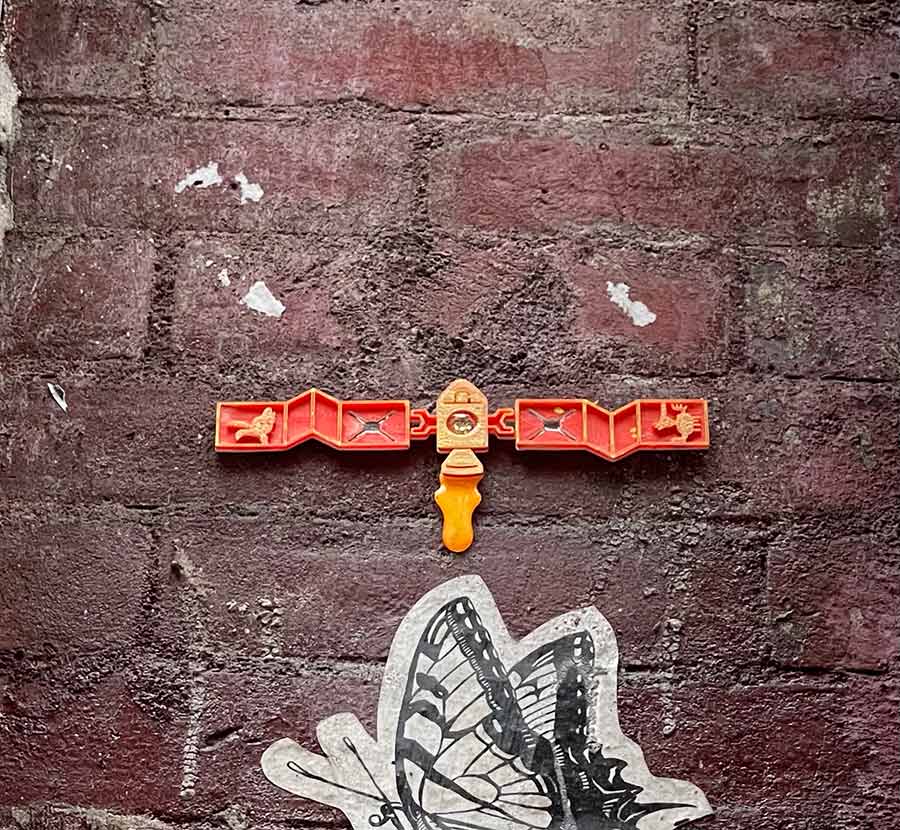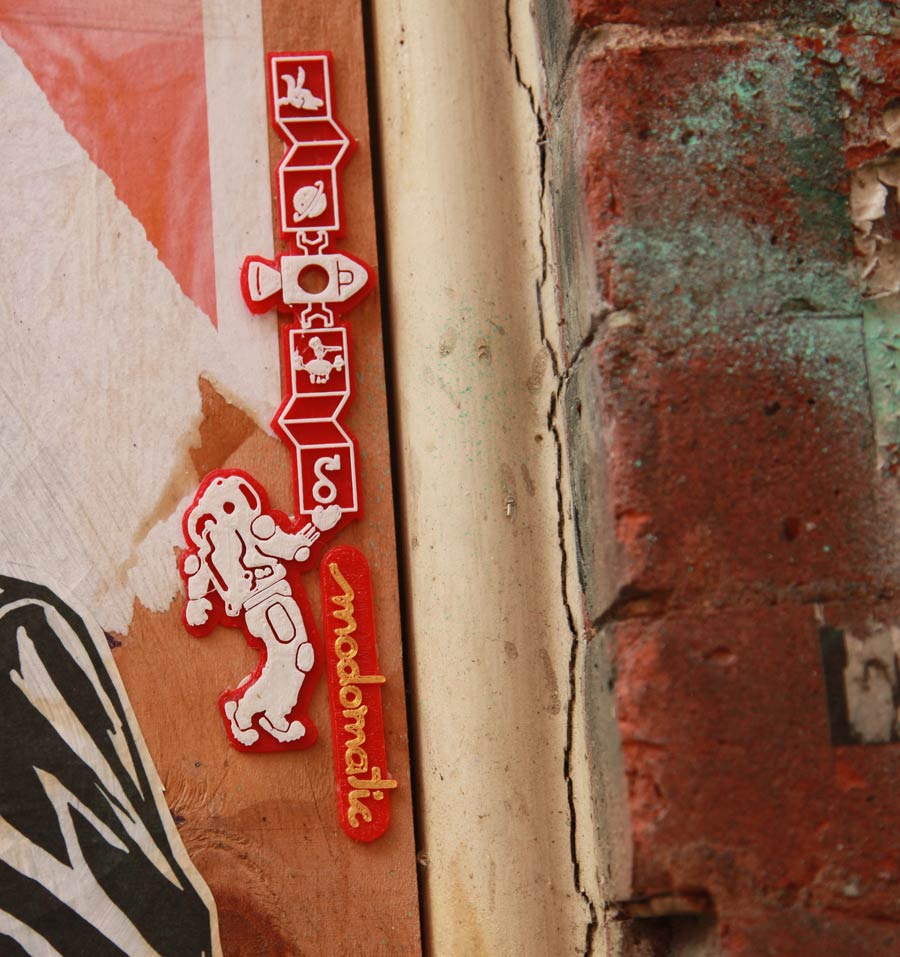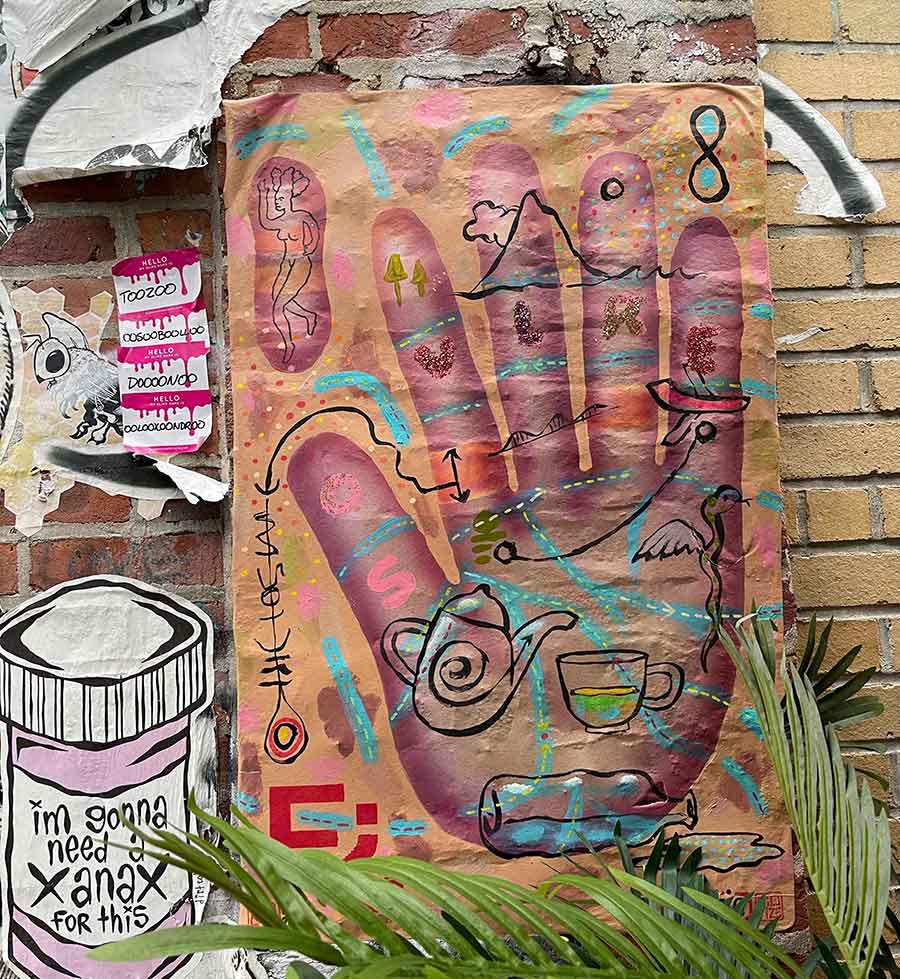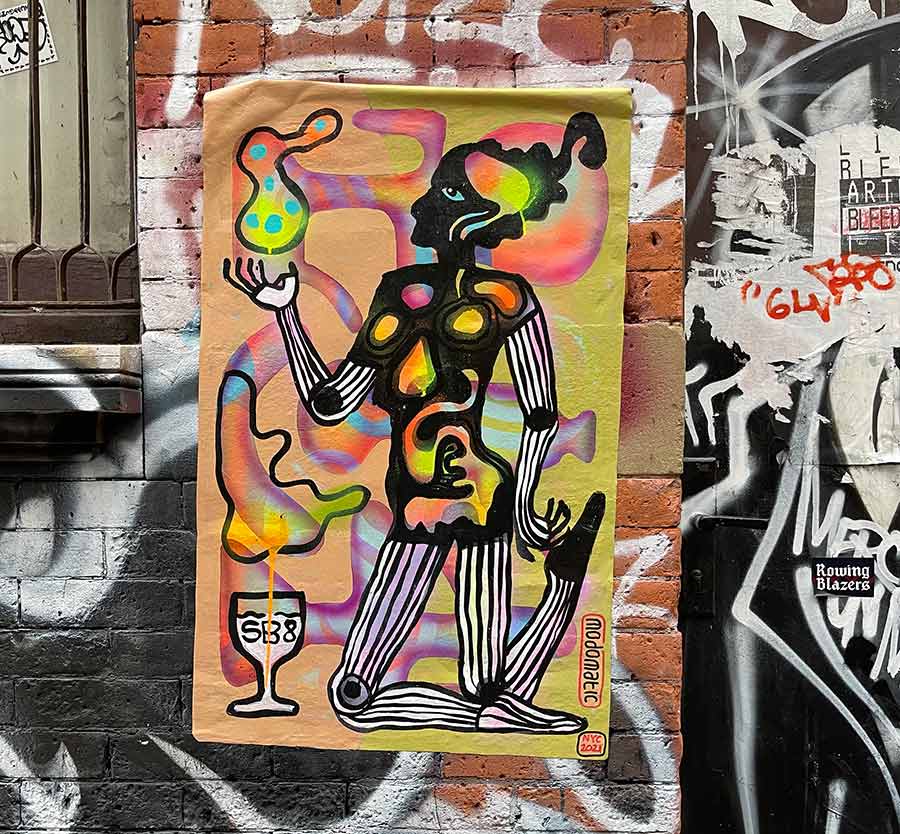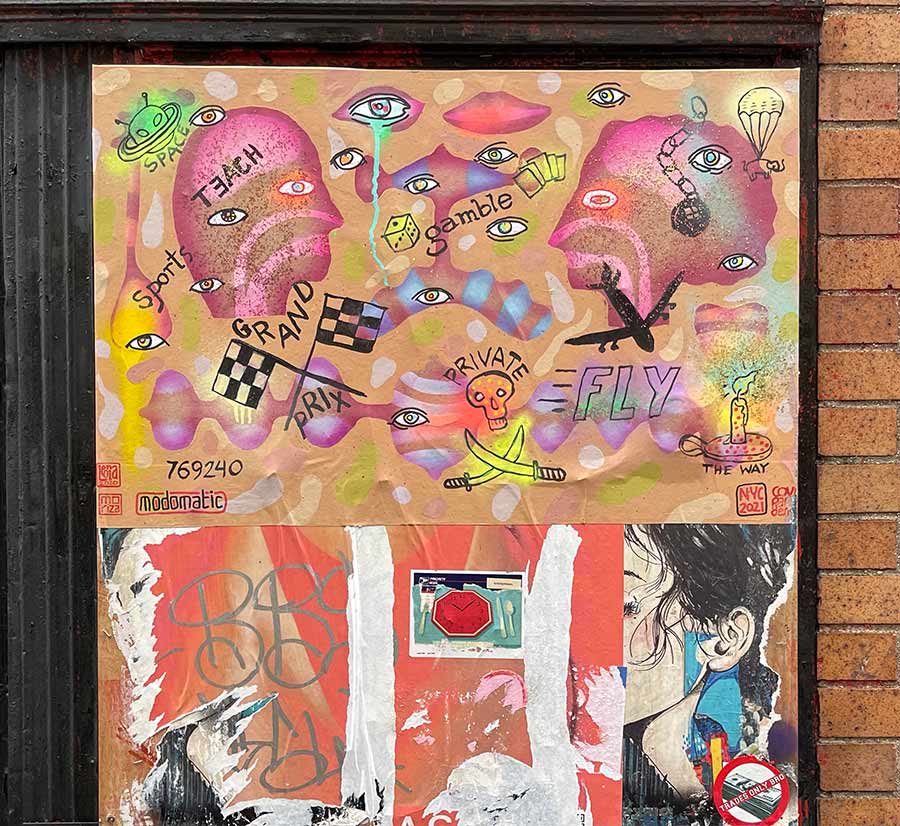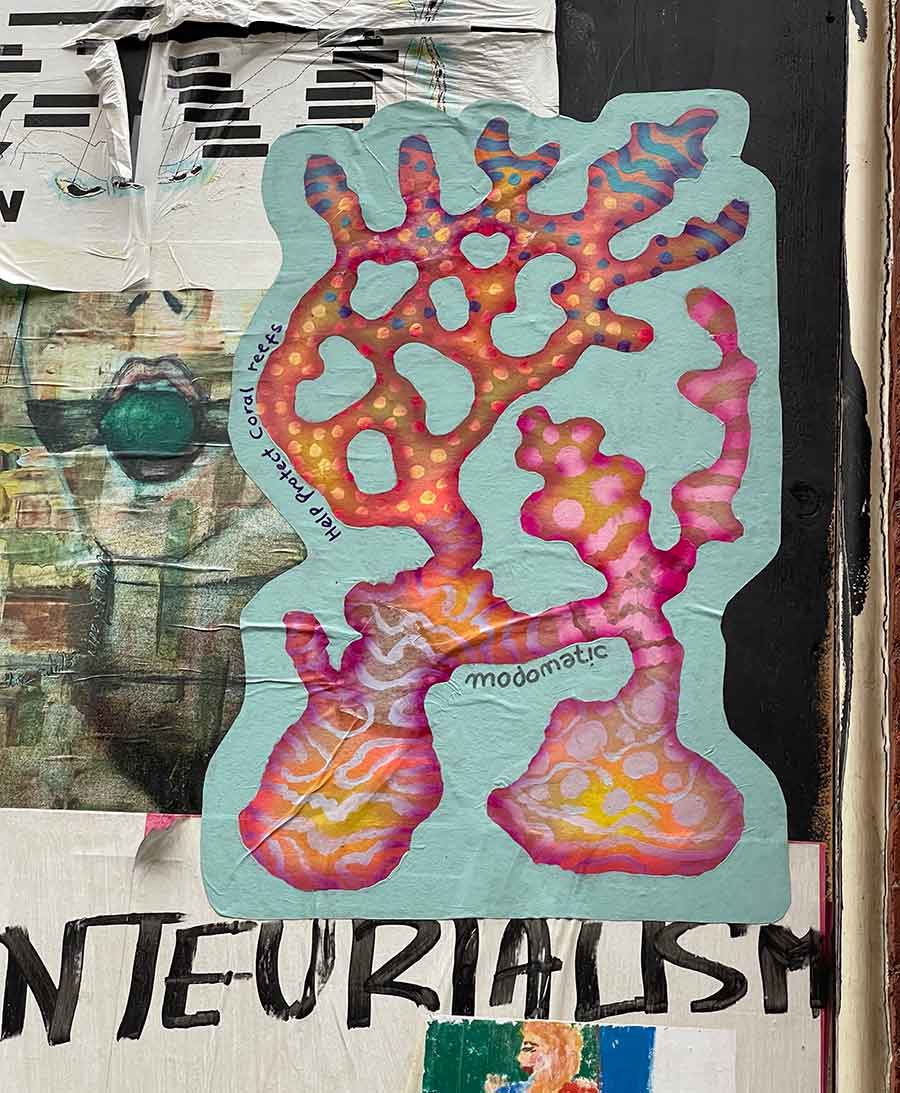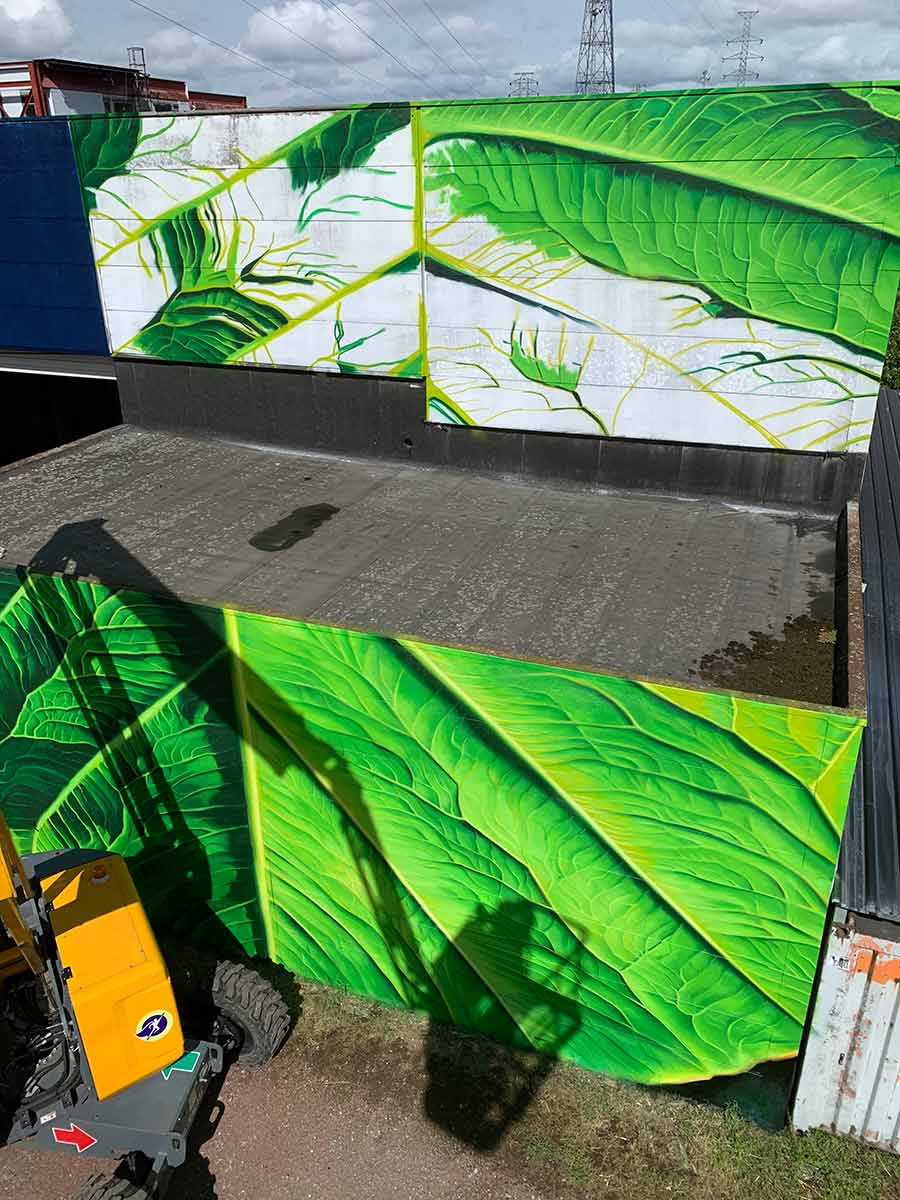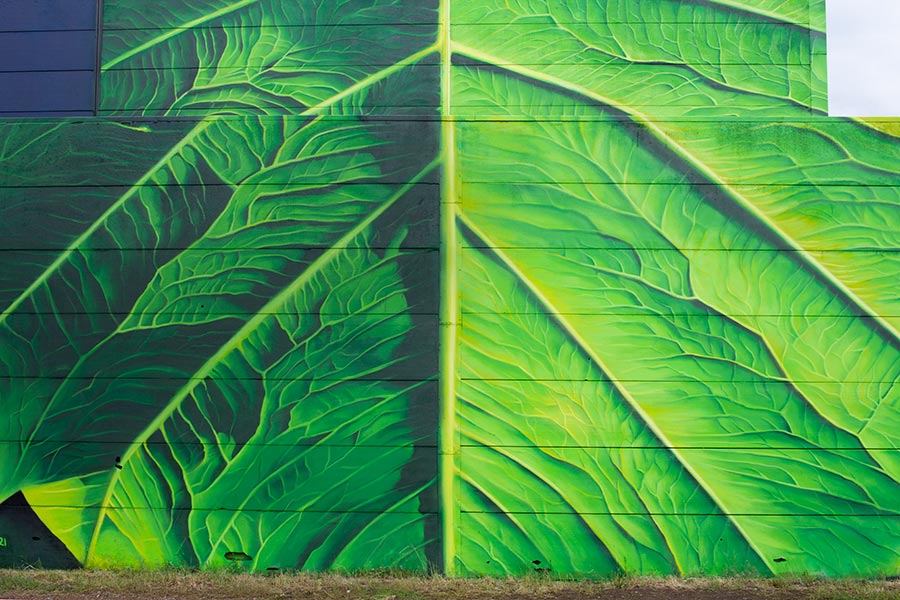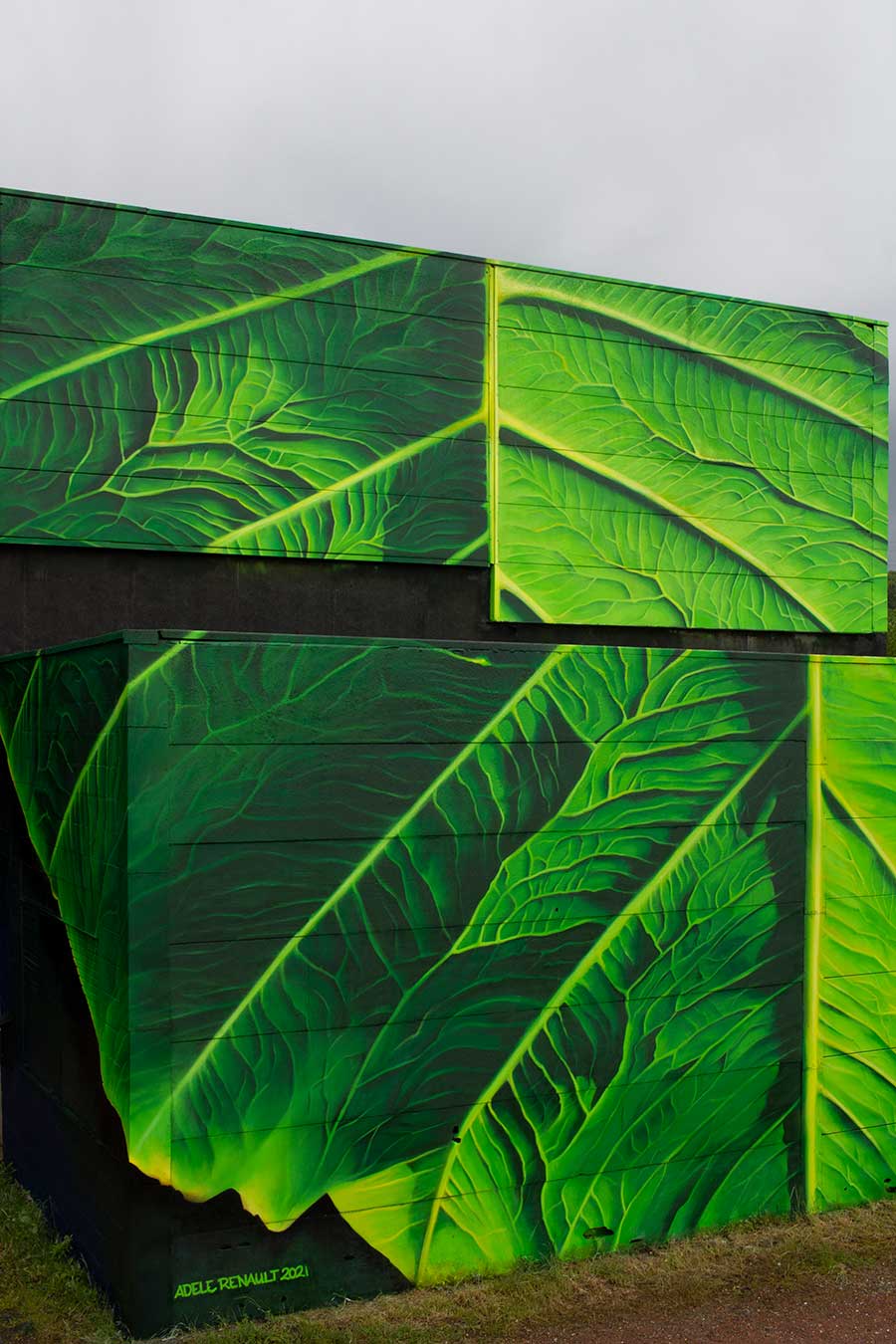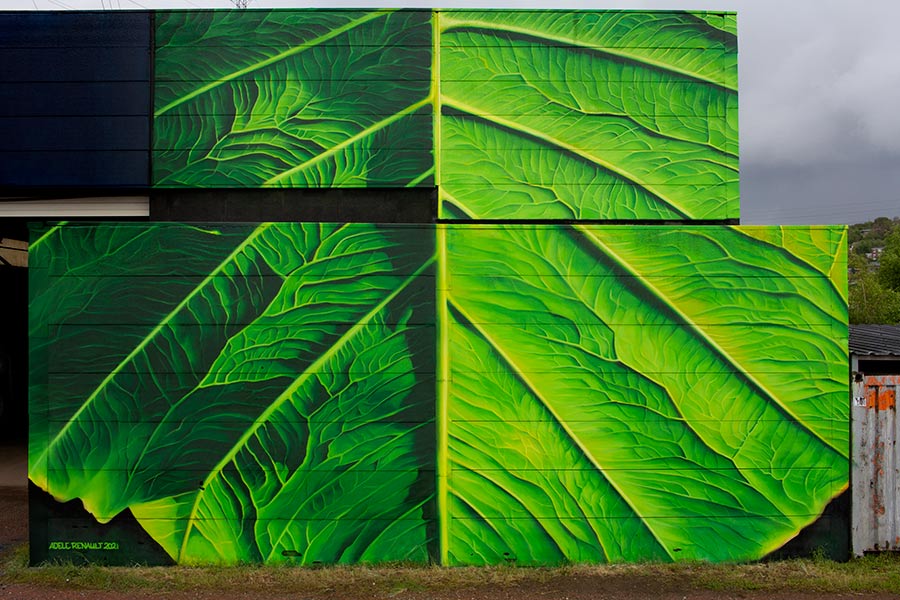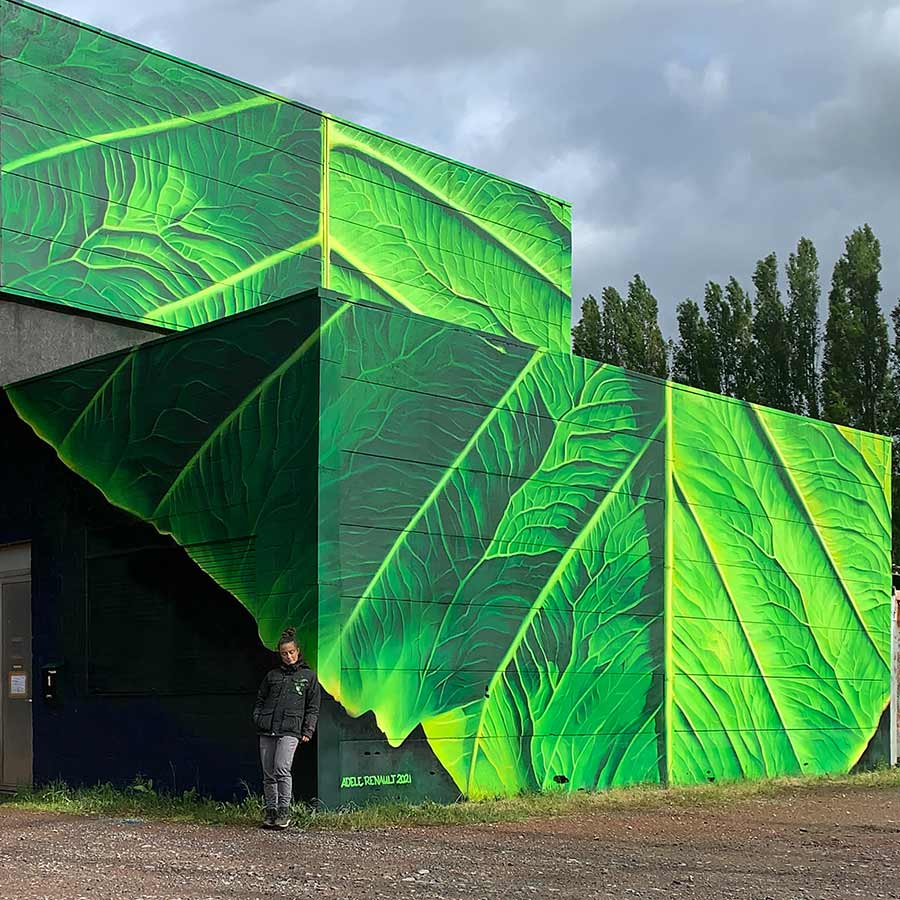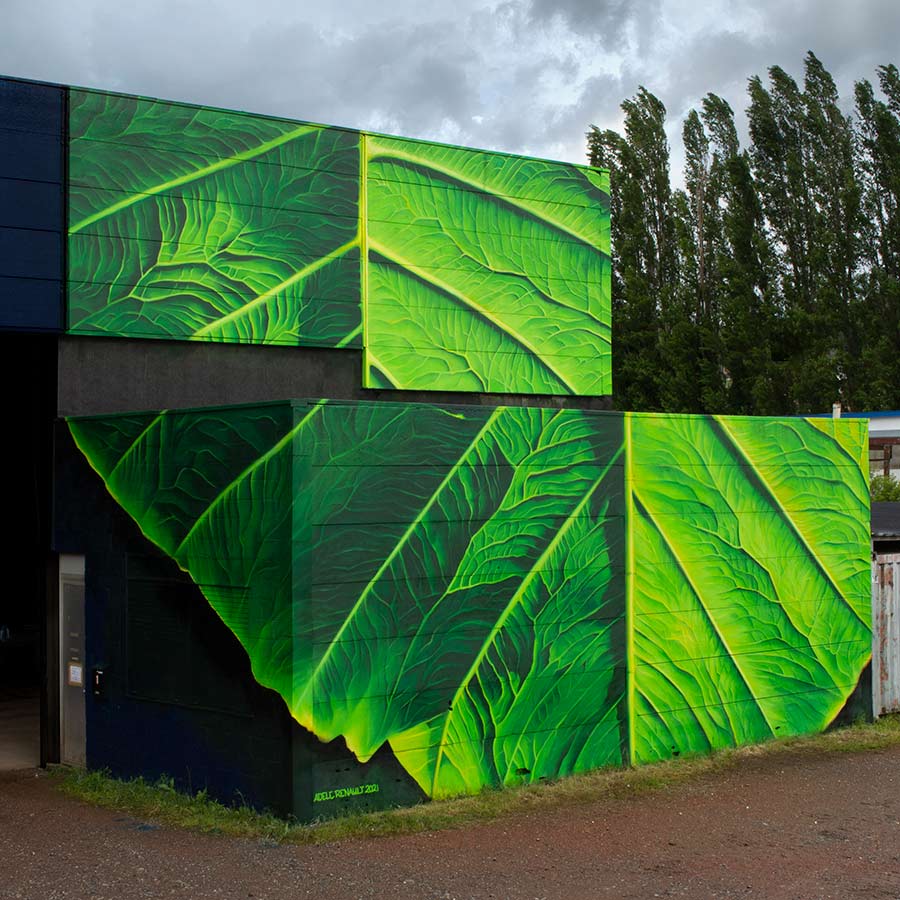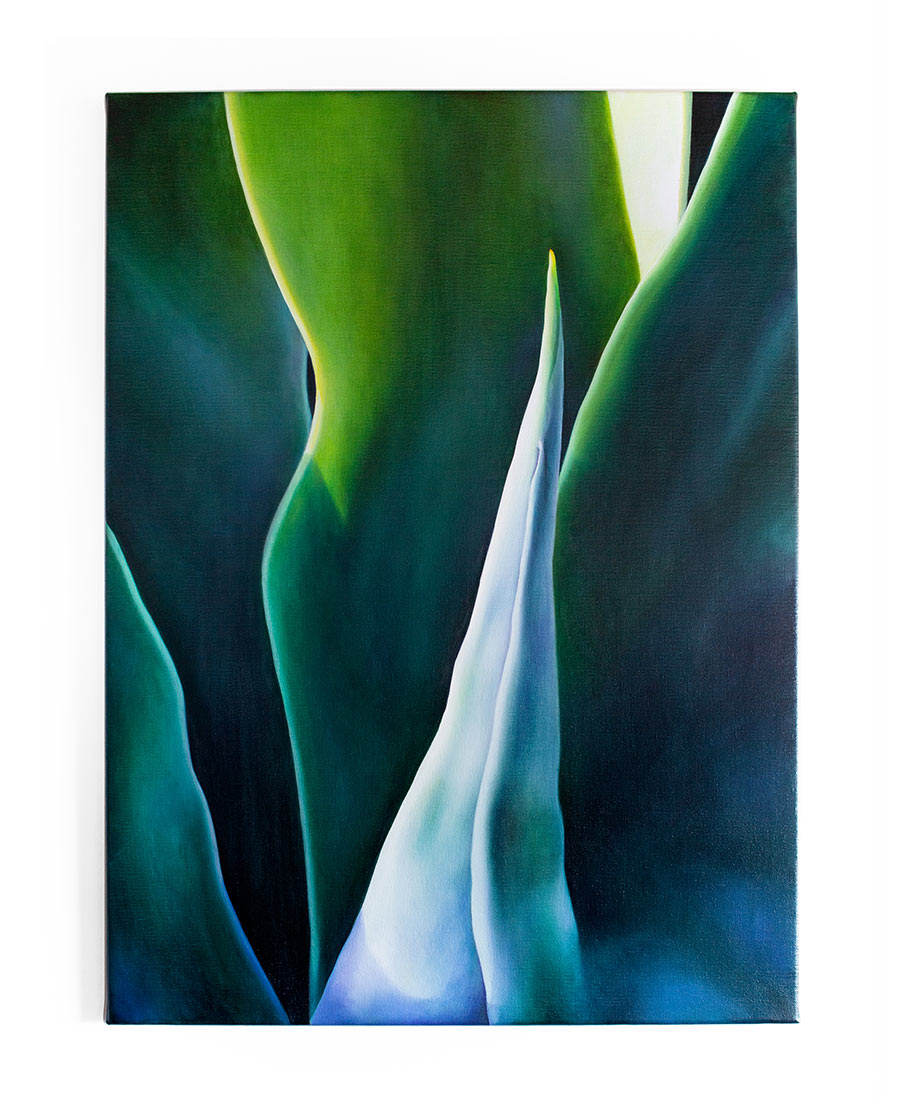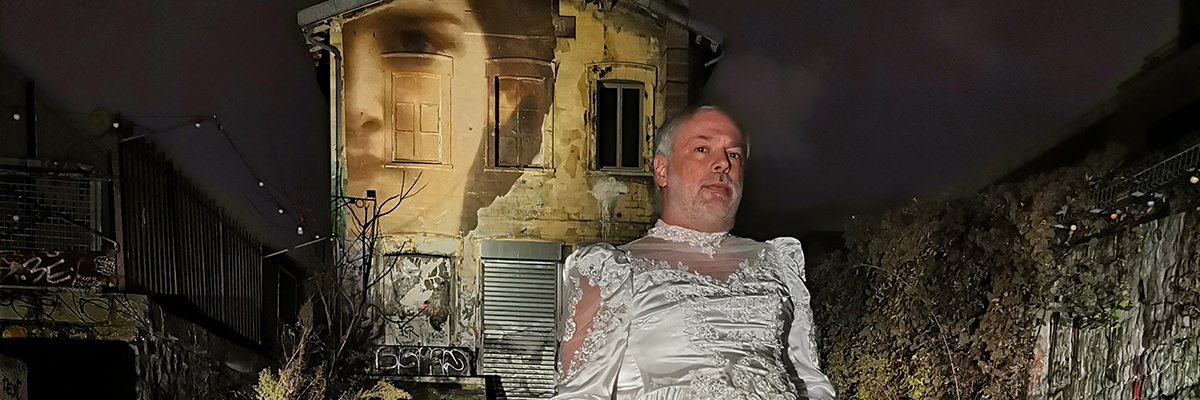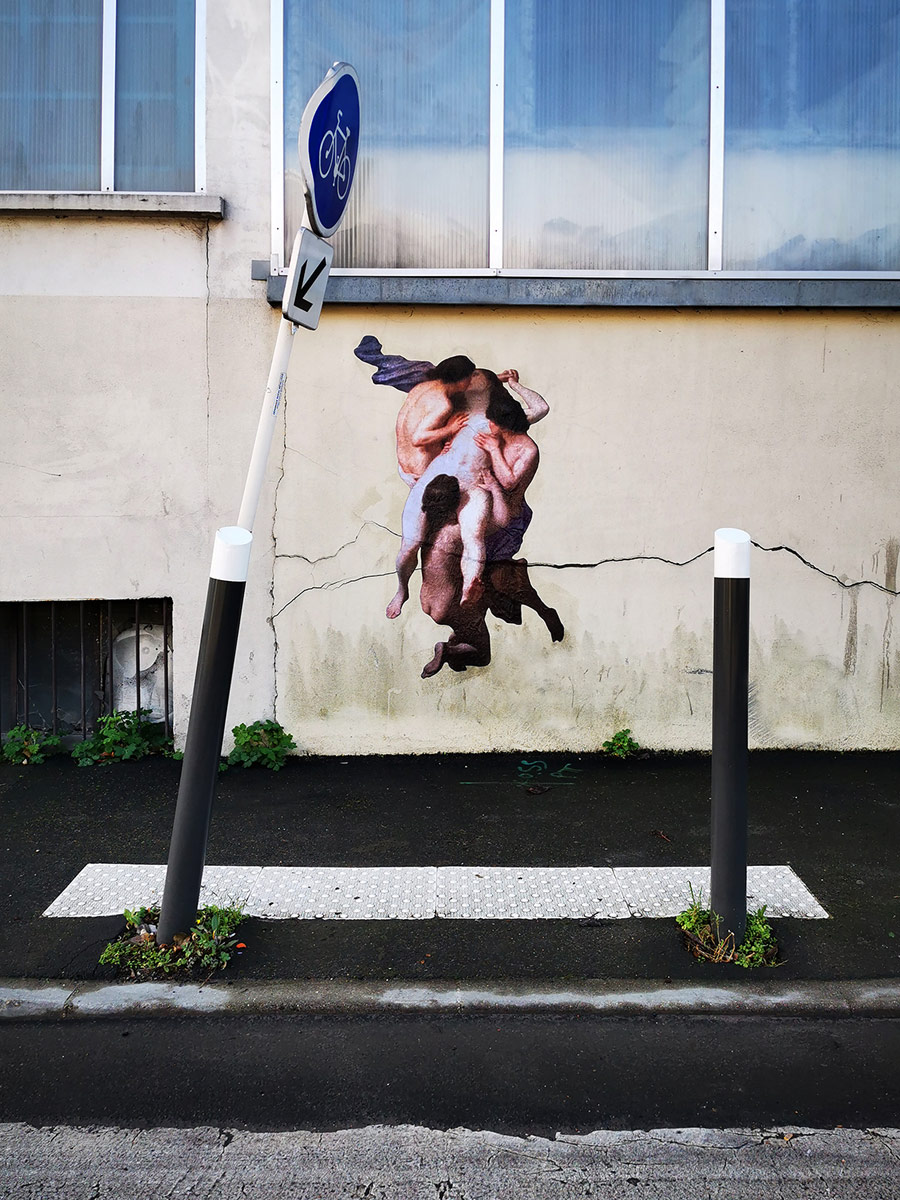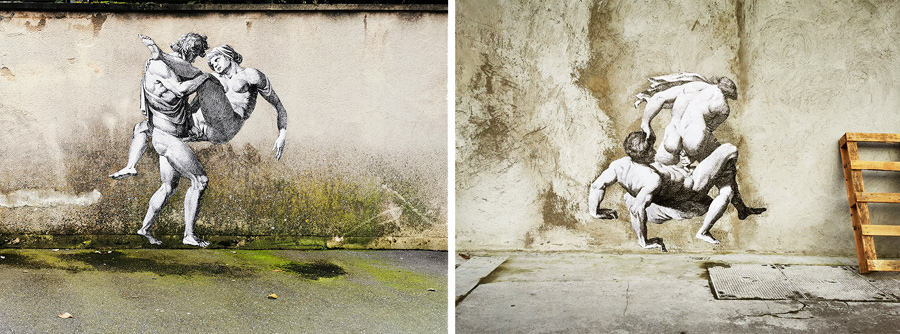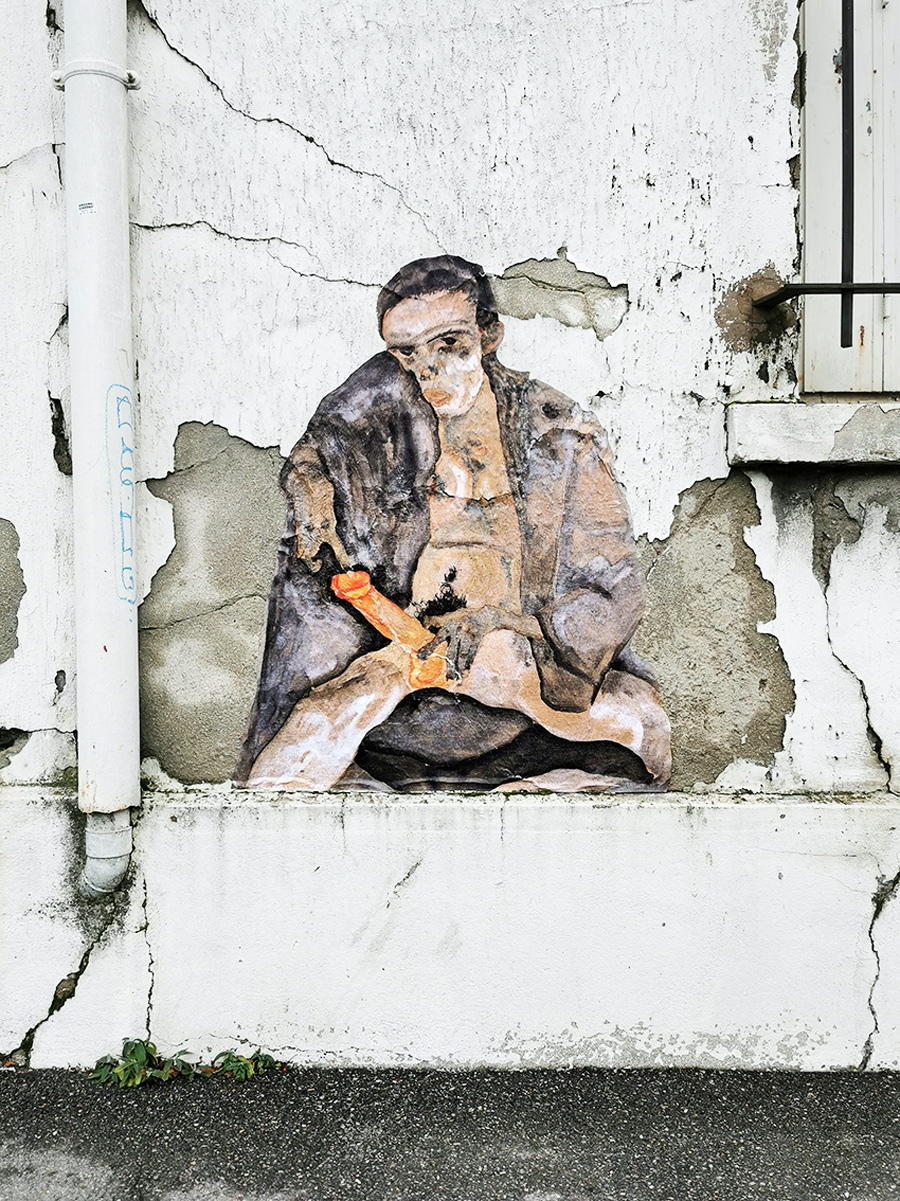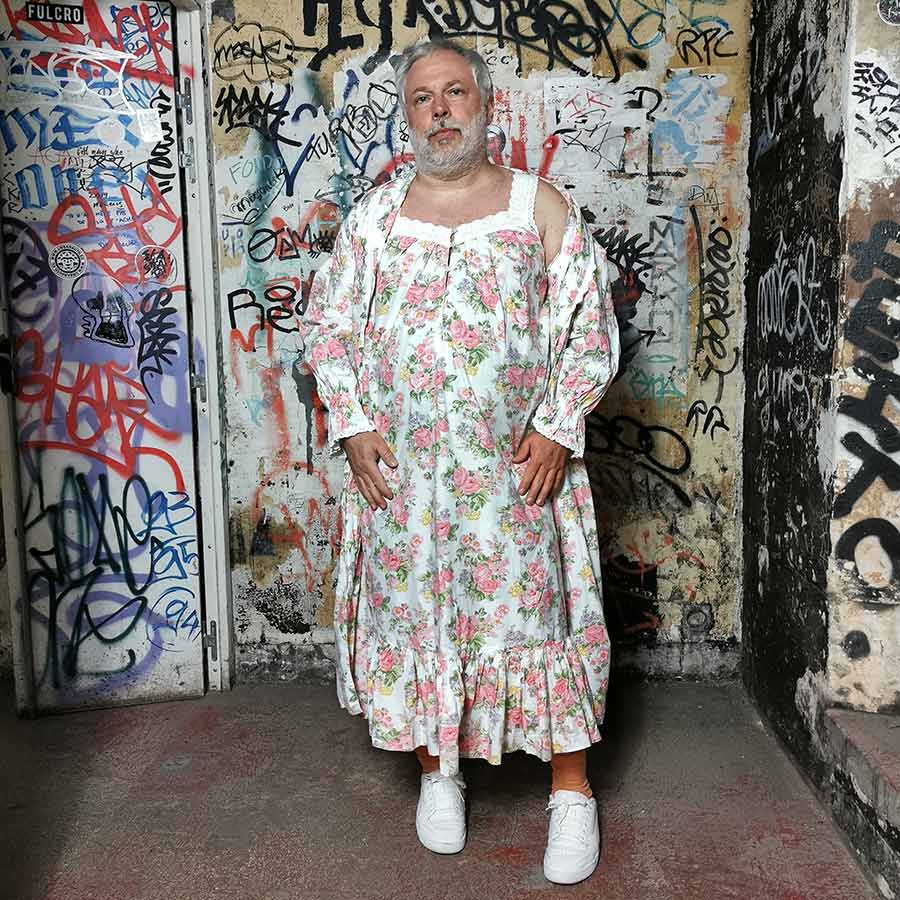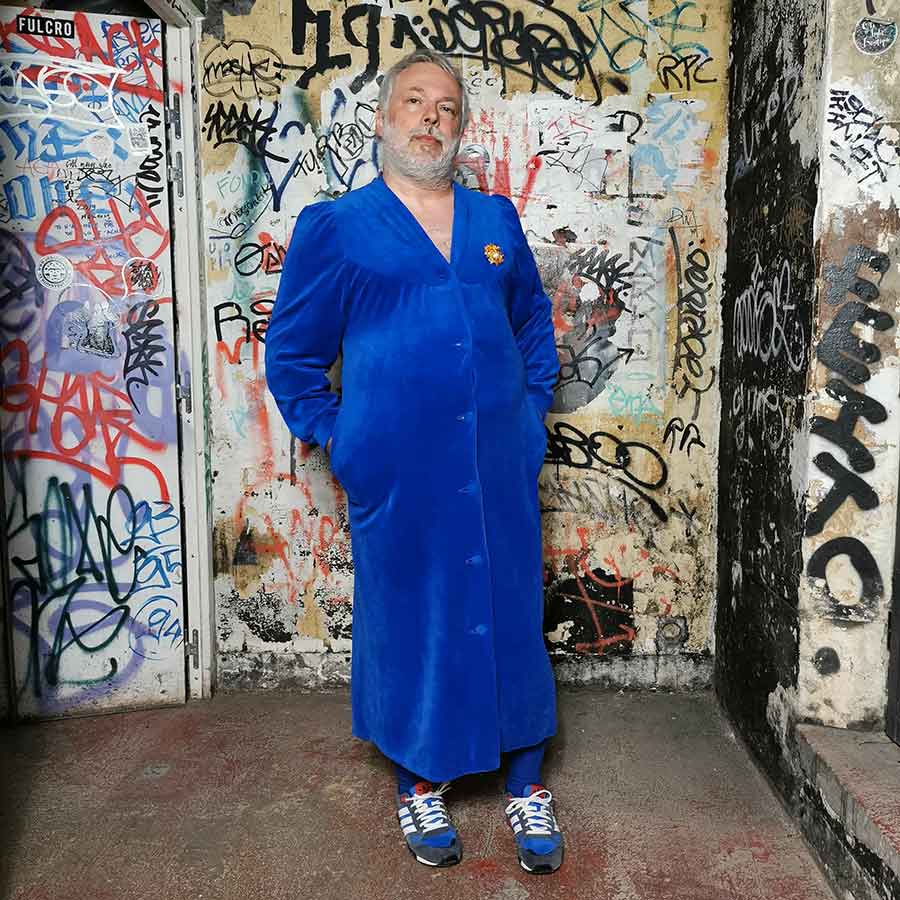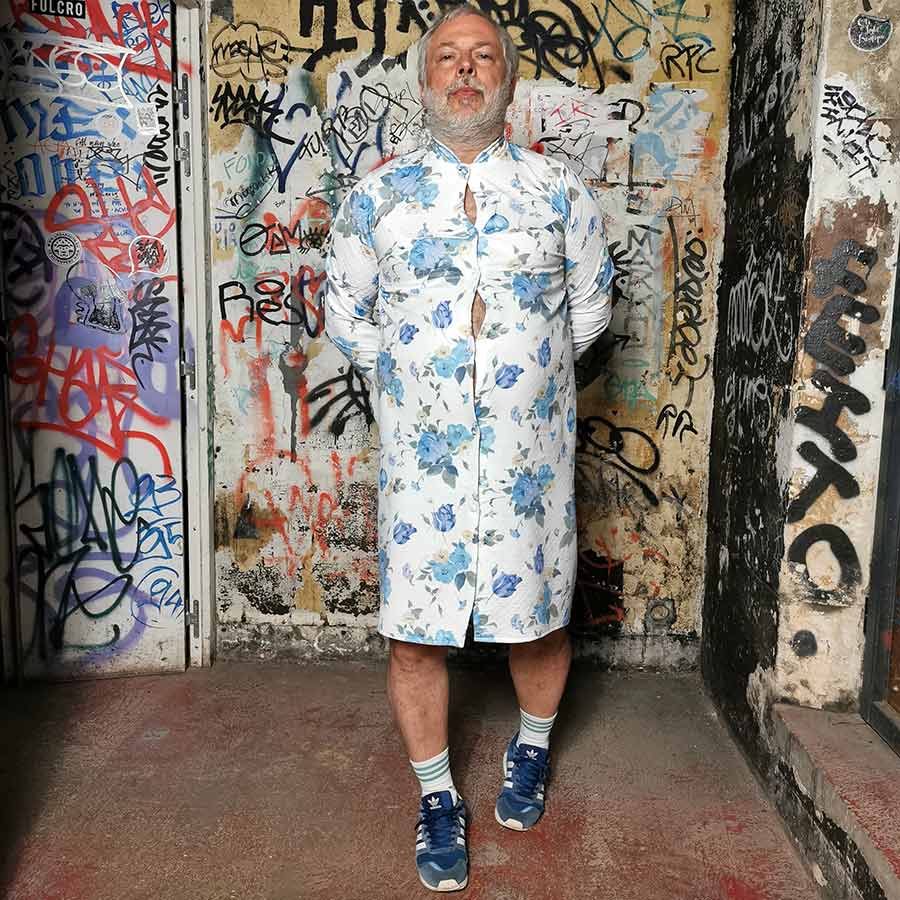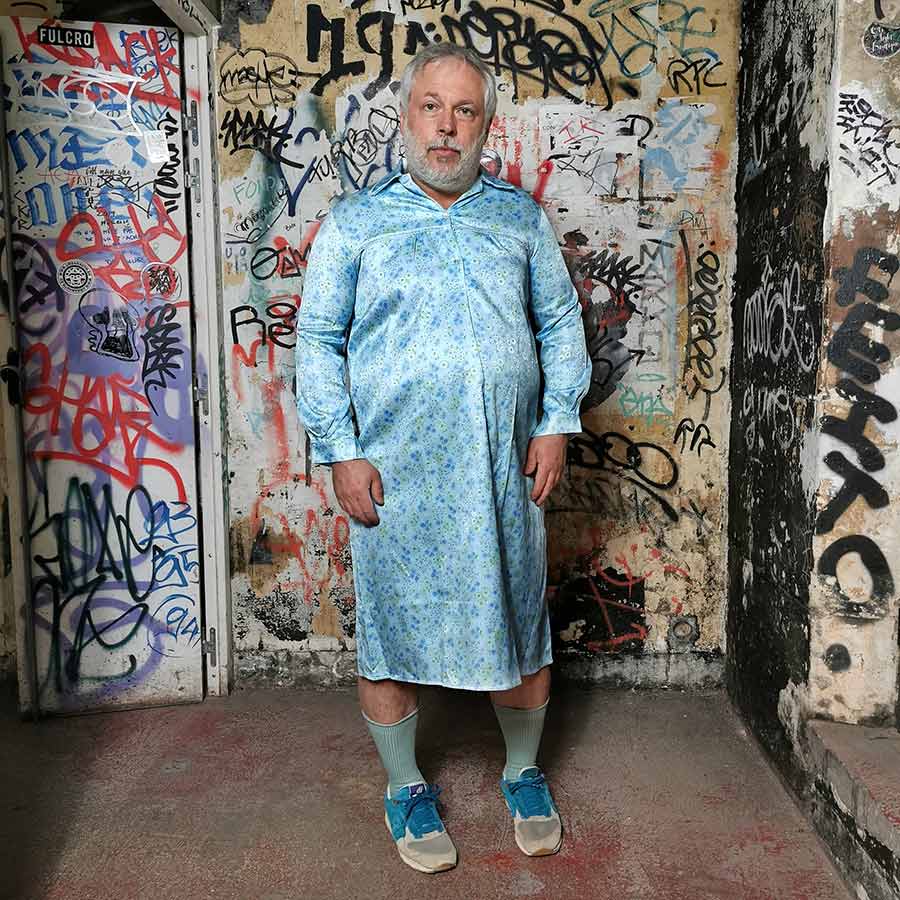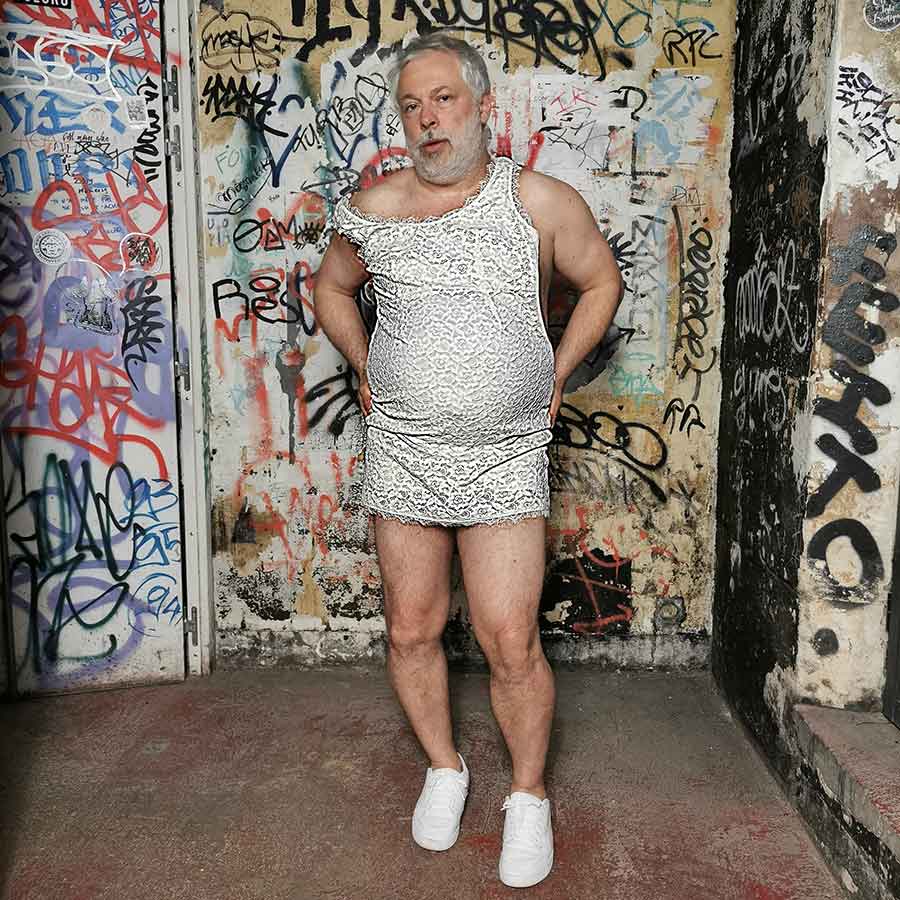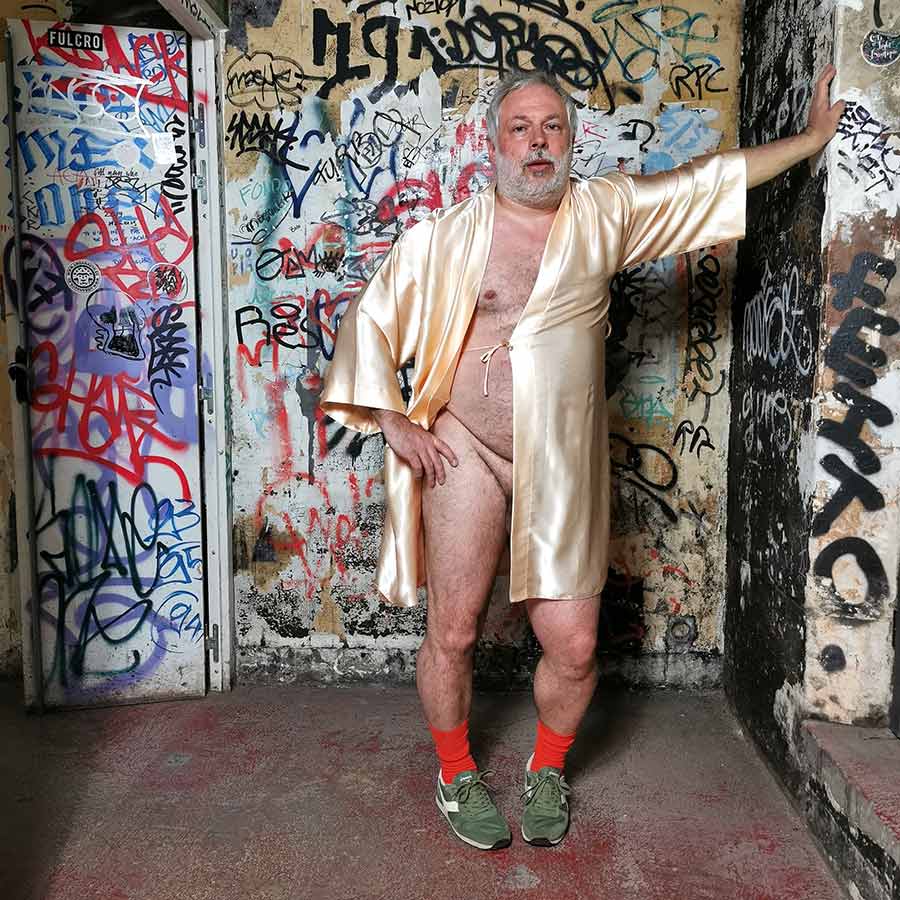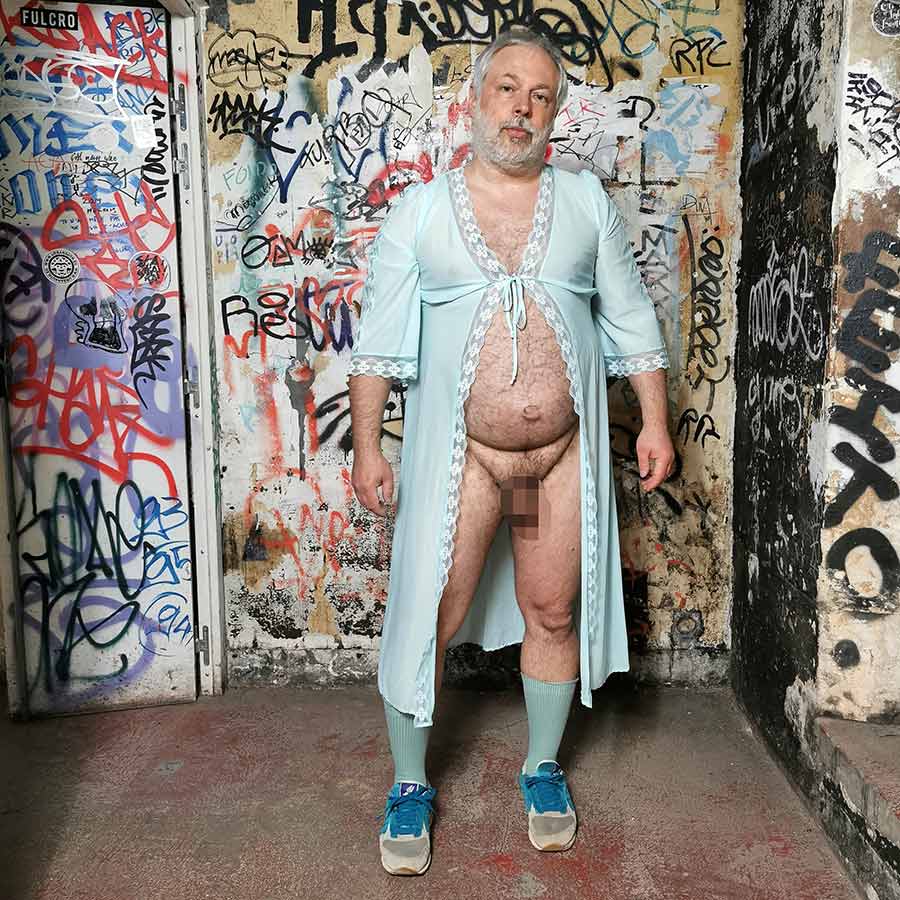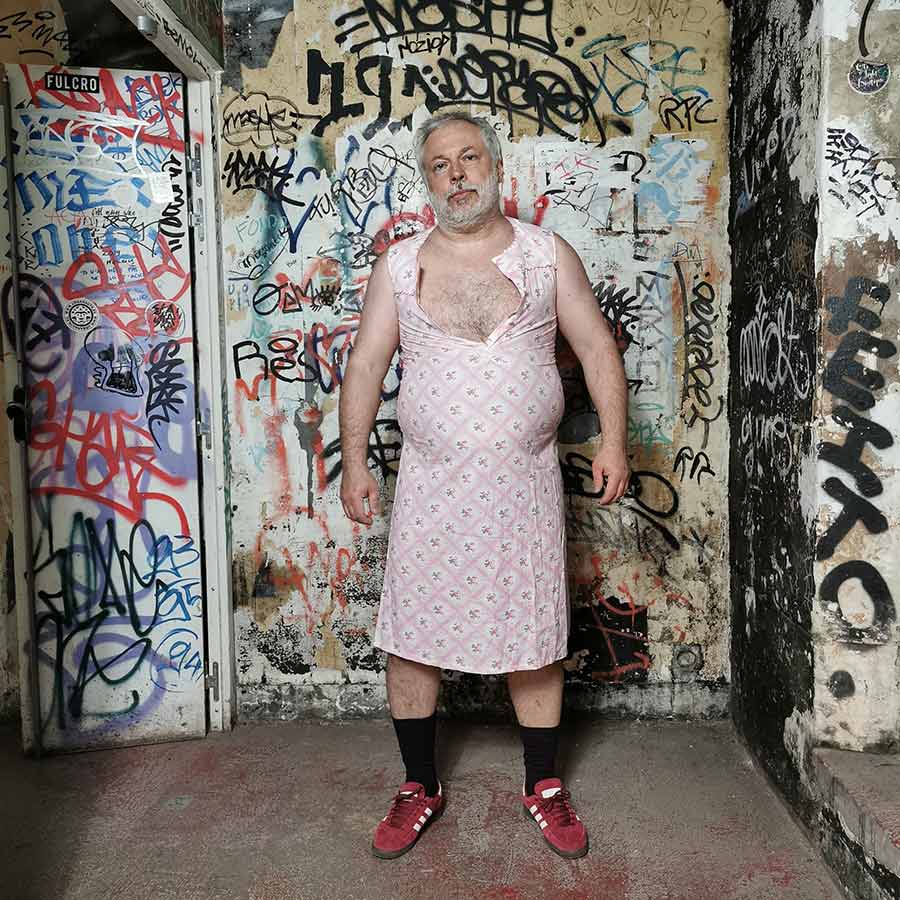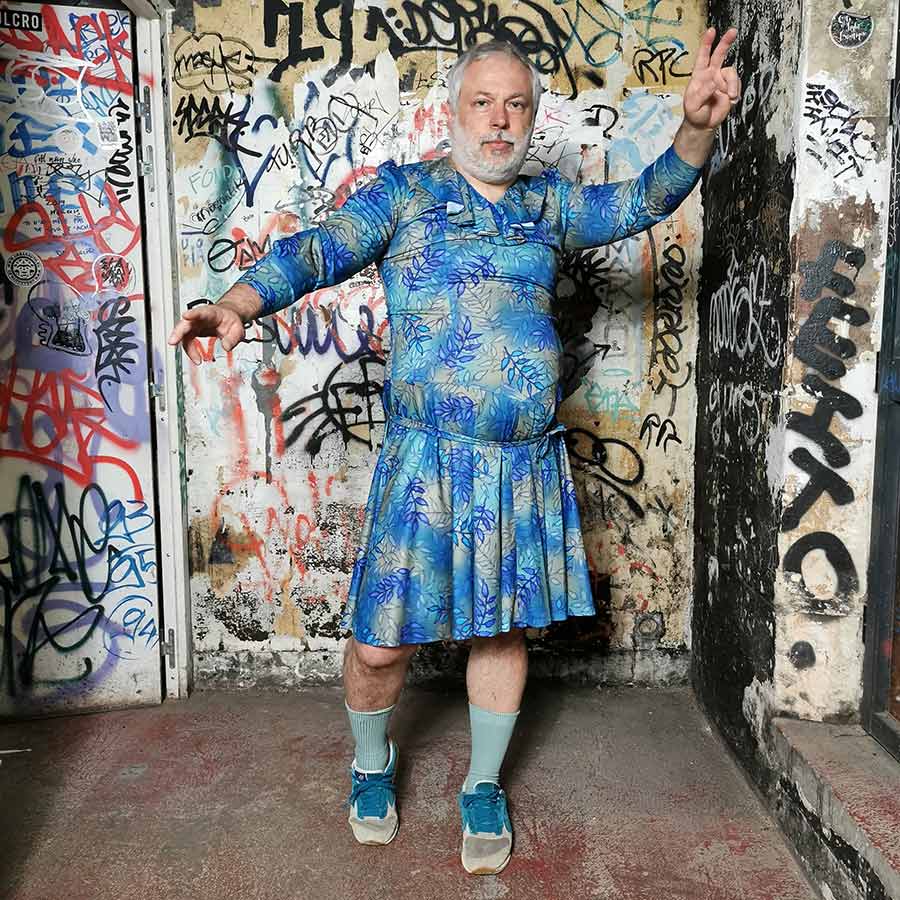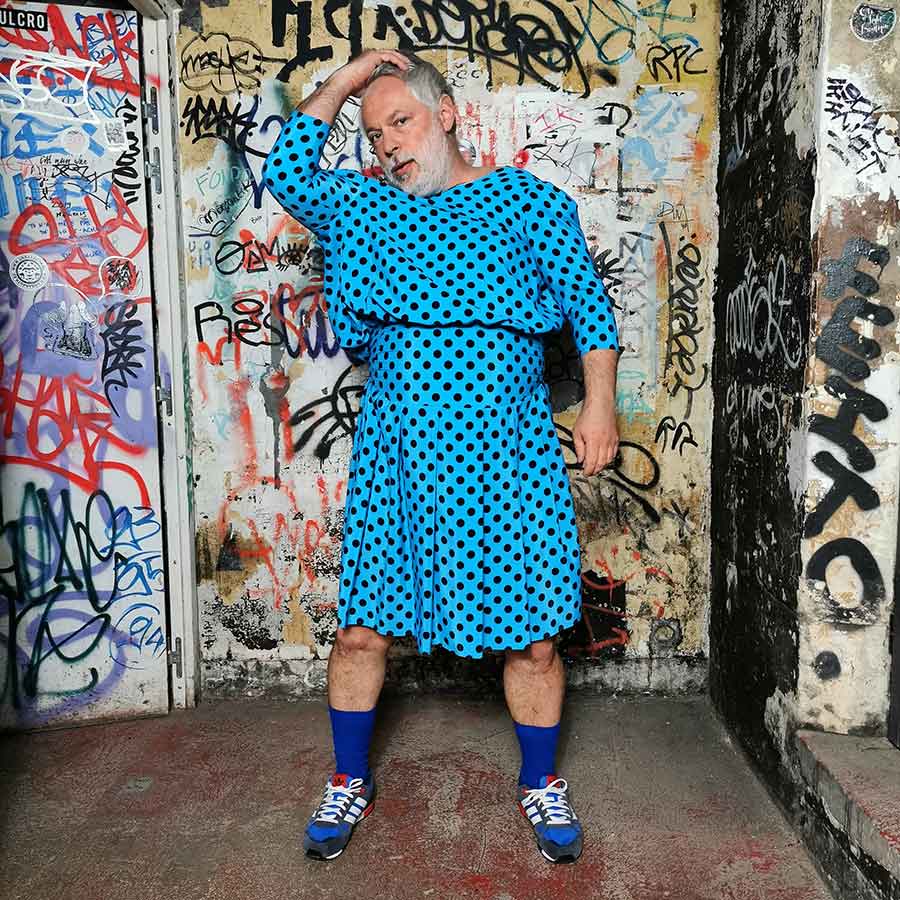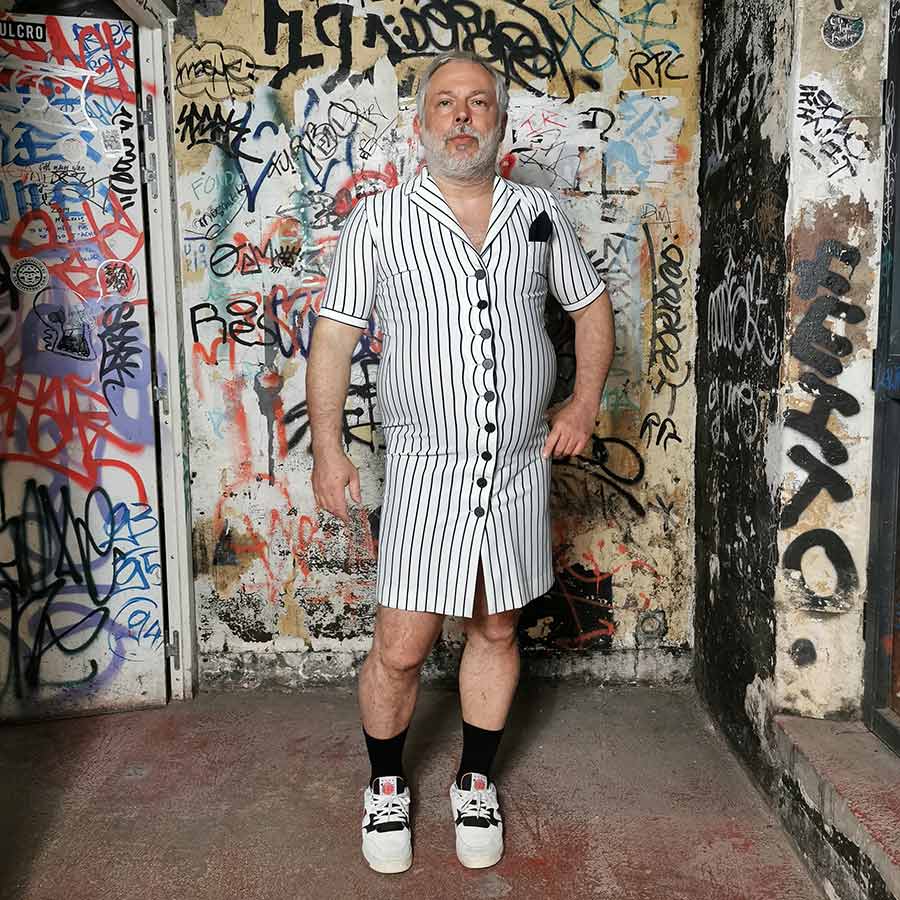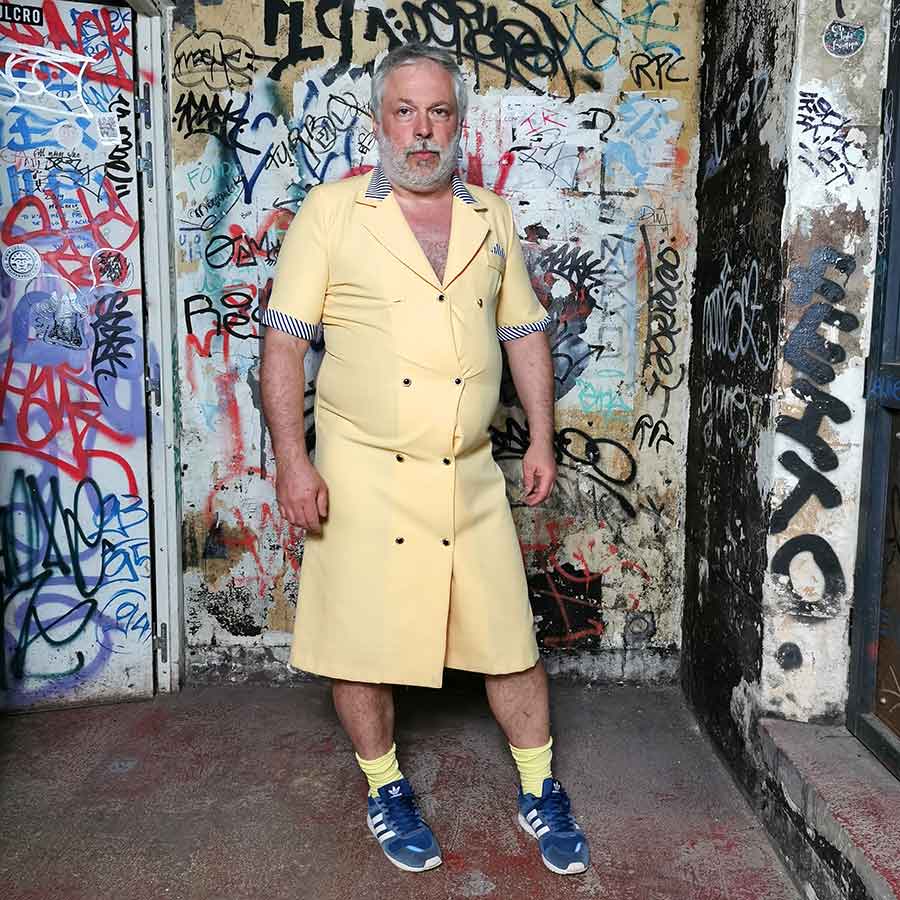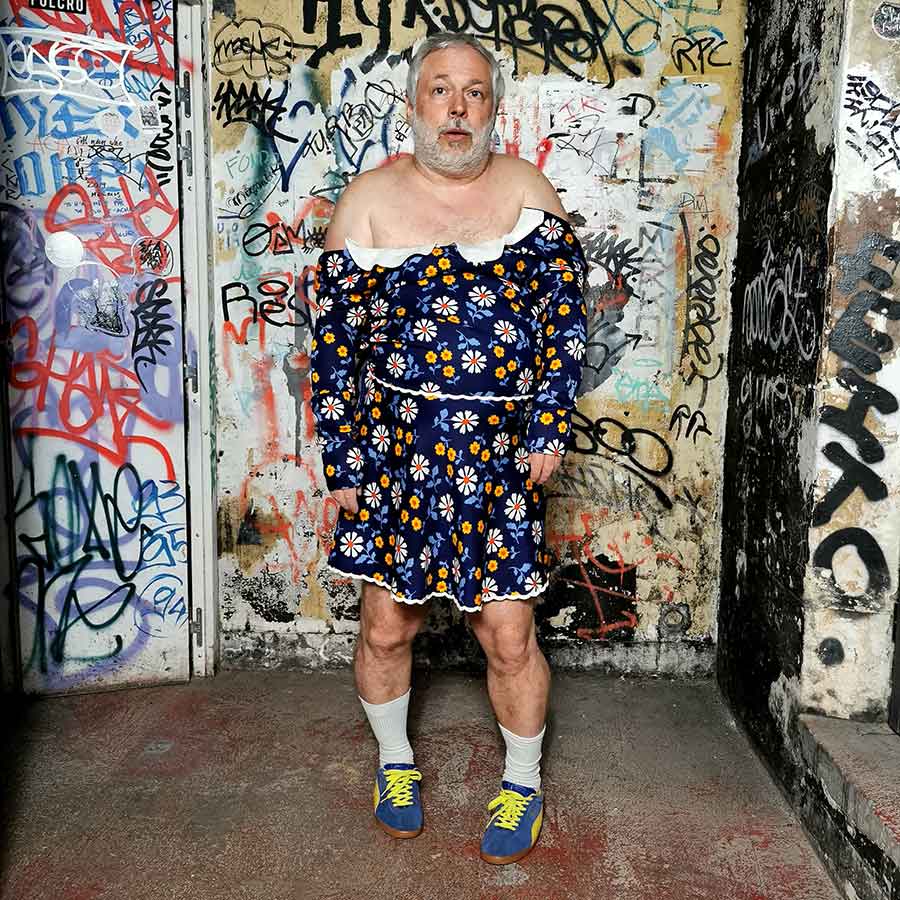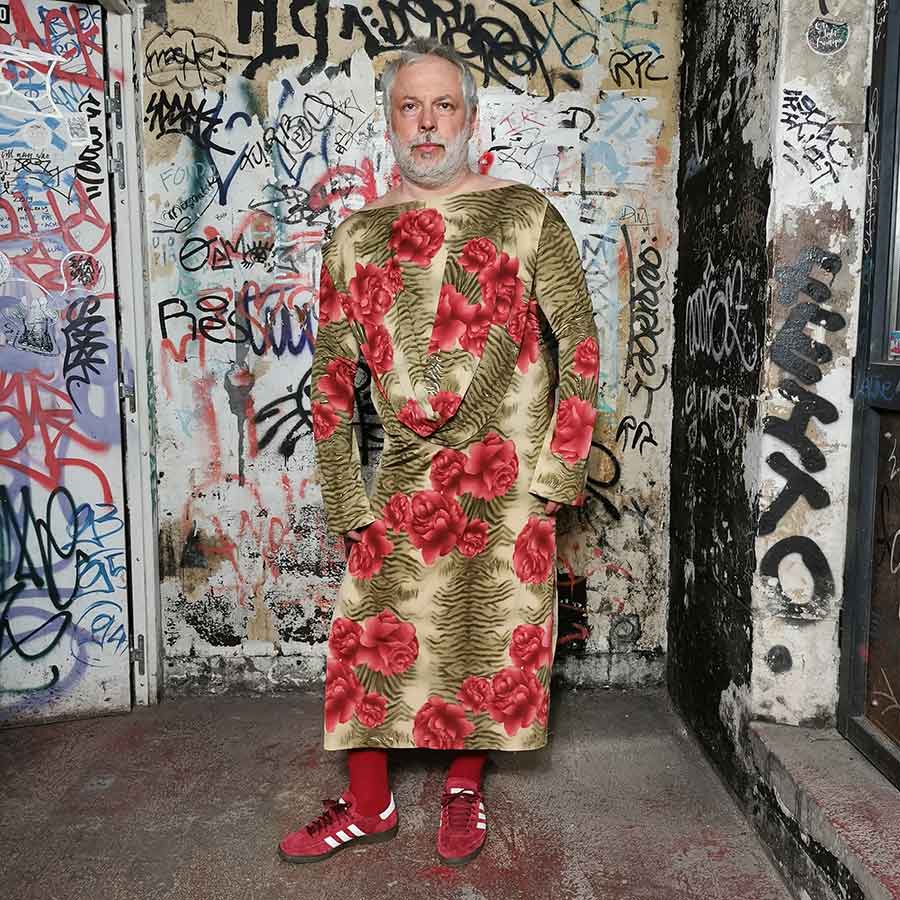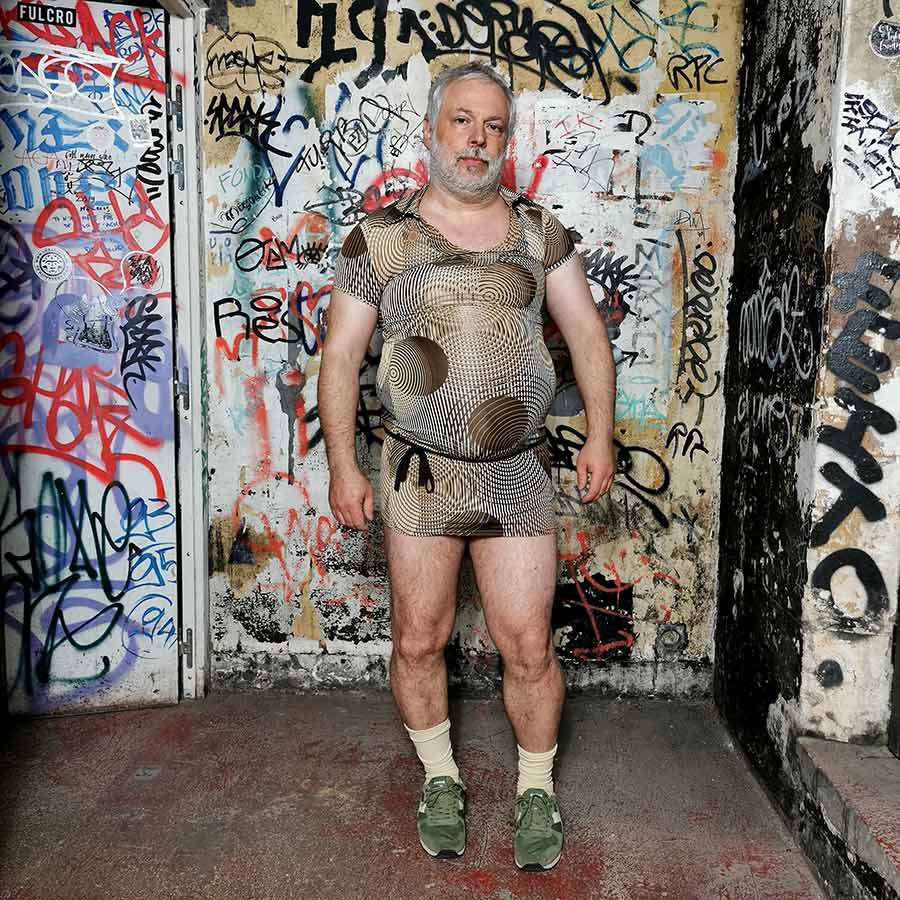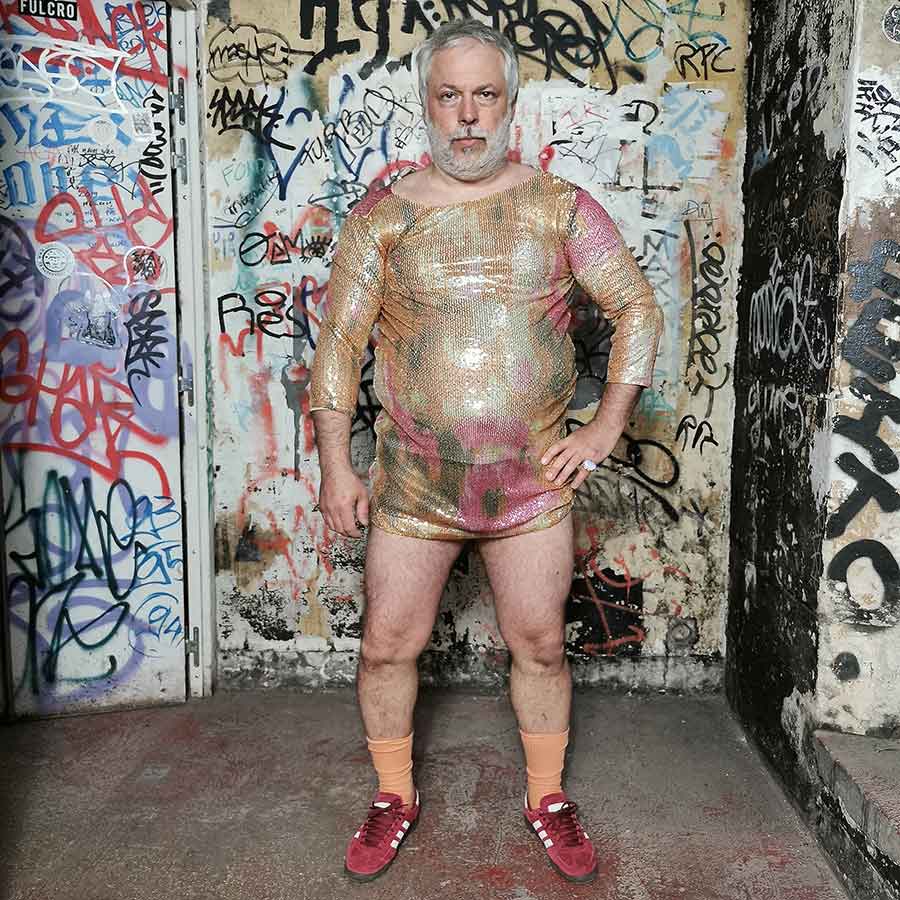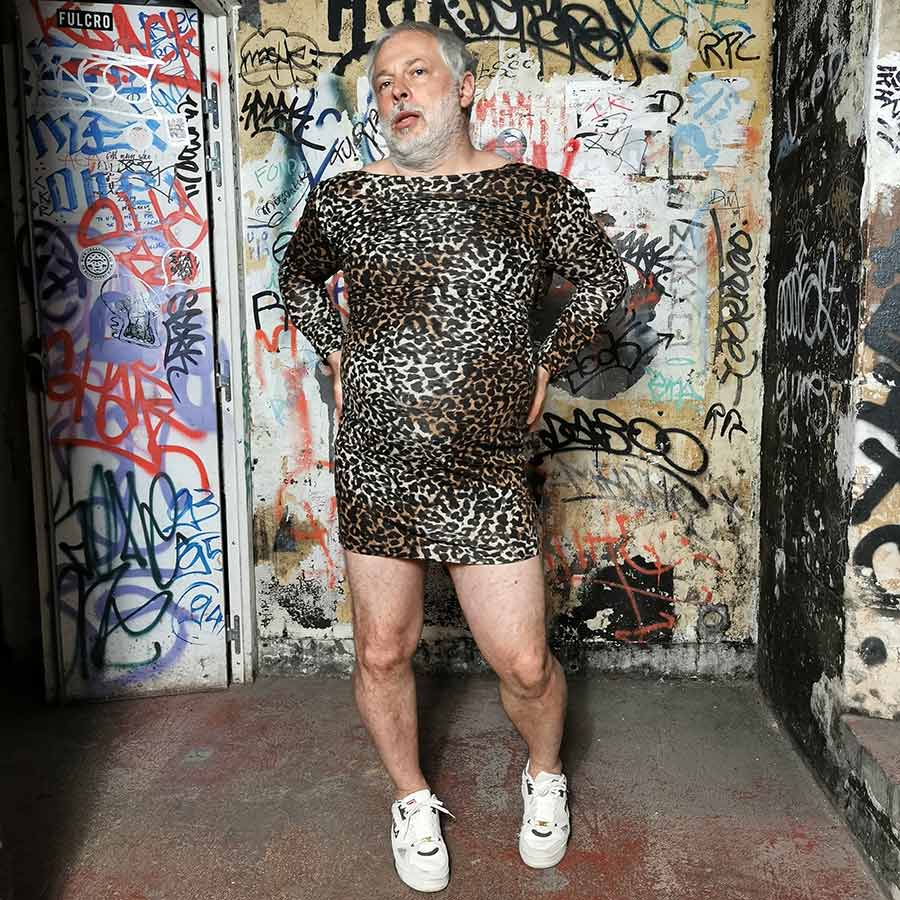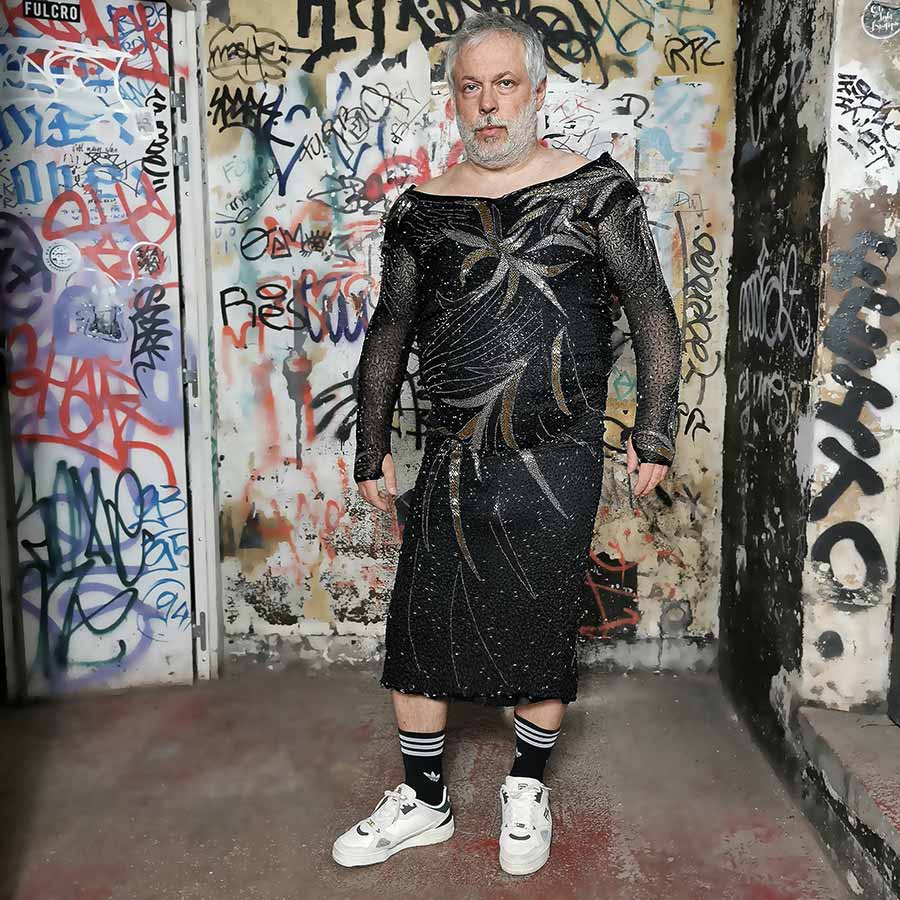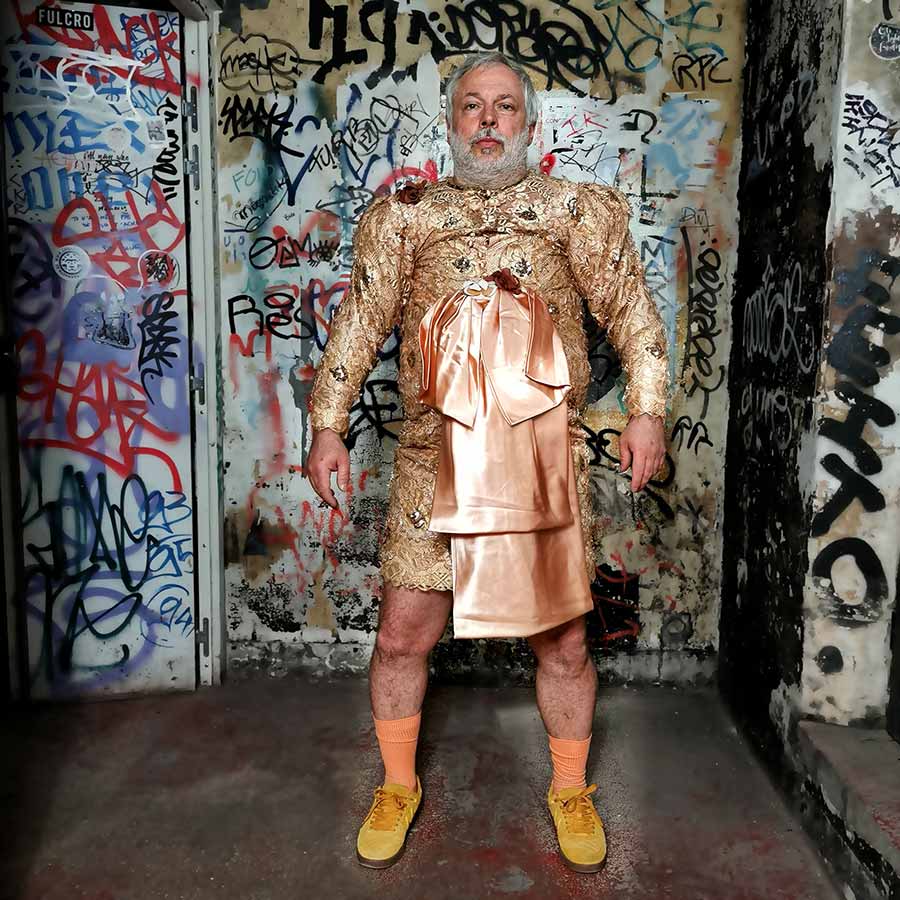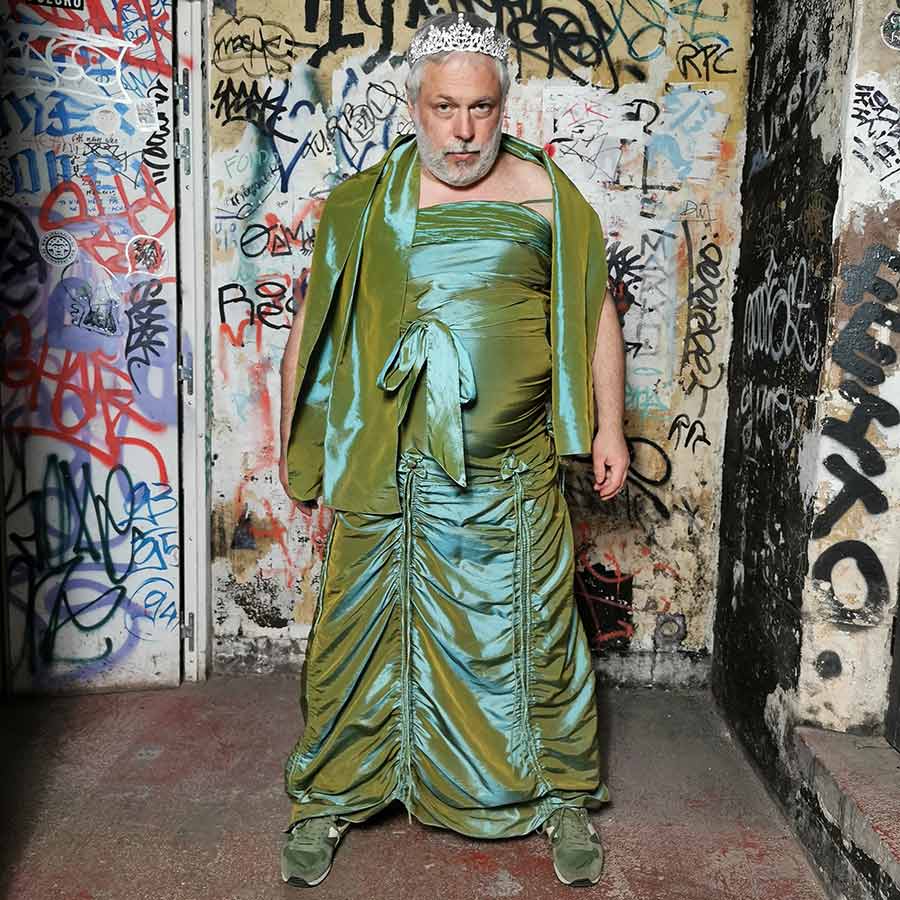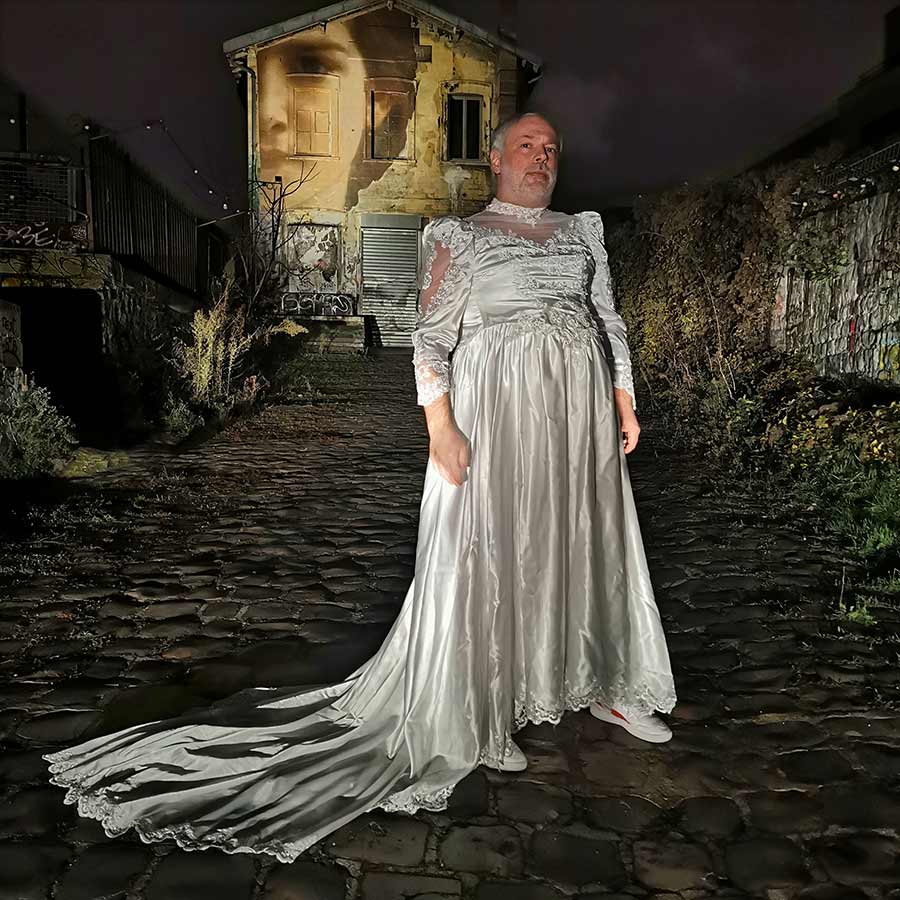We continue today with our interview with Analí Chanquia and Vanesa Galdeano, who together are known professionally as MEDIANERAS. Today we talk about what it is like to travel the world painting, how they address concepts of gender in their work, street artists’ responsibilities to society, and how Social Media has affected their practice
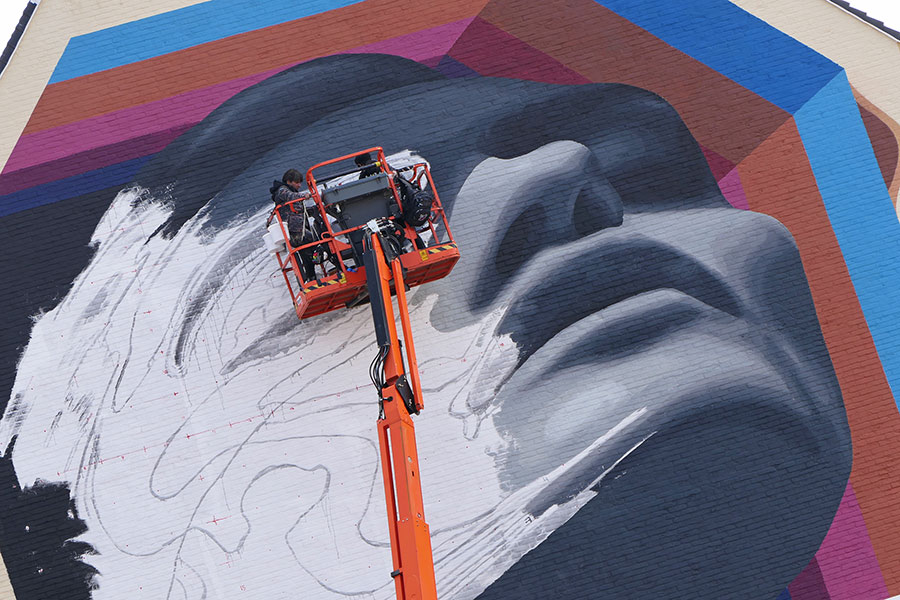
BSA: Your work together has given you the opportunity to travel around the world participating in international street art festivals in numerous cities. What is the benefit of the existence of street art festivals to the artists and to the public? Is there a benefit?
Medianeras: International street art festivals have contributed to making street art mainstream. We do not criticize this fact, but we conceive it as a natural evolution of the activity. In our case, urban art festivals have allowed us to carry out our work in different cities and travel the world. Above all, they benefited us by providing us with the necessary infrastructure to carry out murals of murals in large dimensions in places that we would not have reached otherwise.
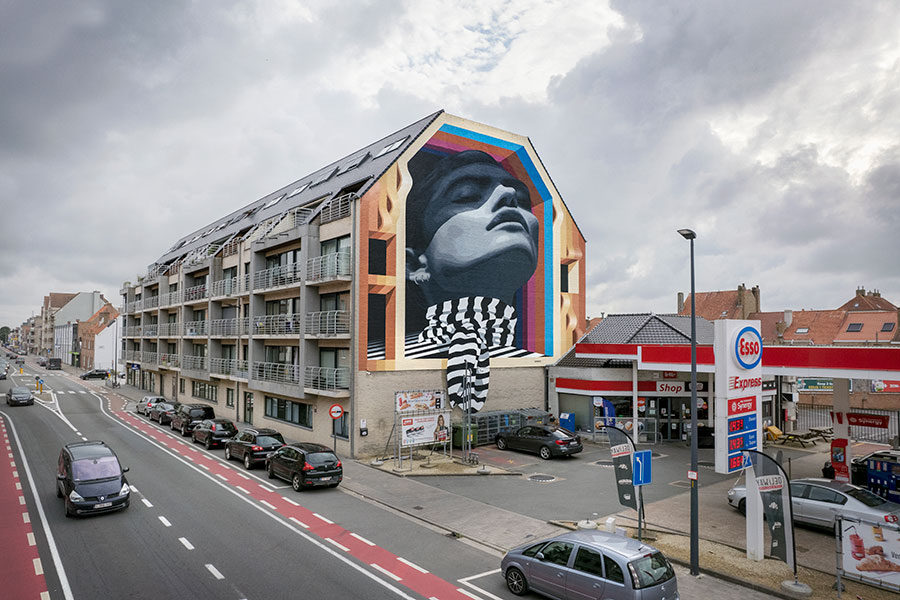
BSA: Can you recall a specific experience when painting in a foreign city/country that made a deep impression on you, big enough that influenced your work and made you transform or change or modify your art in any way?
Medianeras: Each experience, each trip, and each new project is always a new challenge and therefore implies growth both in our work and in us as people. We have been growing with the activity, and we believe that it has changed us.
BSA: Since you began painting together have you seen any movement from institutions and organizations that favor including more female artists in their lineup? Was it difficult for you at the beginning of Medianeras to get work outside Argentina? Did moving to Barcelona make things easier for you in terms of getting commissions in Europe?

Medianeras: Yes, we have witnessed how the number of female artists in street art festivals has increased over the years. We believe that there have always been many women who paint in the streets, but it has been in recent years that recognition and visibility of some more have been given. We are now somewhat appreciated for our work, but it’s been a difficult road for us. So many talented women have been painting on the street forever, but many of them did not have the visibility they deserved until a few years ago. Larger walls have gone primarily to men. We believe that this has to do with the prejudice toward women in stubbornly patriarchal societies. This situation has been changing in recent years, and now we are meeting more and more women who have been given an opportunity to grow with their works of art and the space to communicate their own vision.
Before moving to the city of Barcelona, we traveled every year to Europe and other countries to carry out our work. Although the geographical location was a bit far from some destinations and this meant longer and more expensive trips, we have always been able to do it despite the difficulties.
Moving to Barcelona facilitated access to commissioned works simply because it was closer.
BSA: In some of your paintings we experience a visual illusion of your characters coming from inside the building’s walls. You create an environment where the forms are in movement but also the characters strike a defiant pose. Is this a way in which you are challenging the public to interact with your work?
Medianeras: Yes, these characters are empowered and are in a challenging pose for a matter of scale since they are always bigger than the viewer and look at them from above. Conceptually, the representation of these characters is due to an intention to express an intention.
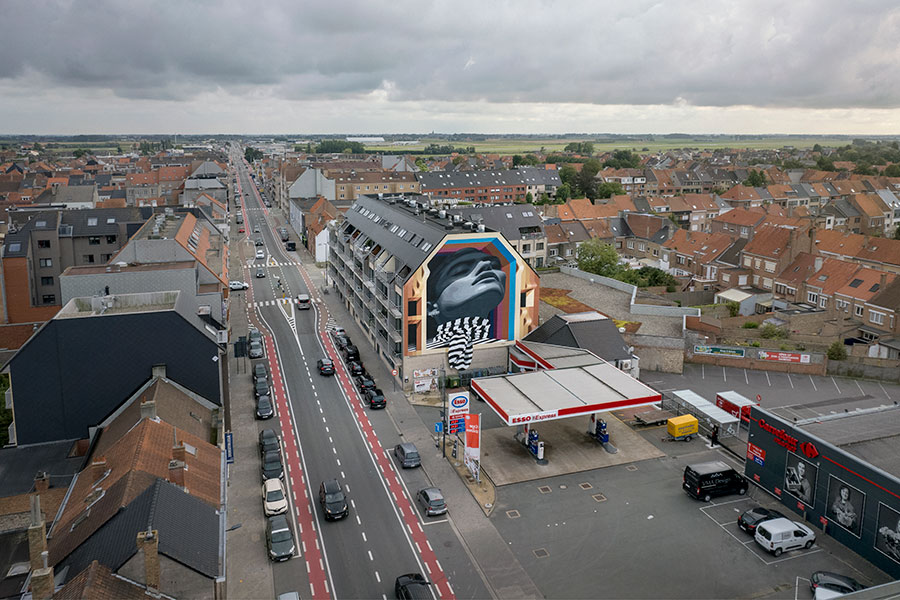
BSA: You create portraits, sometimes with an abstract quality to them. Who are your subjects? Do you know the men and women depicted in your work? How do you choose them?
Medianeras: We don’t know the characters that we represent because they are created digitally. Basically what we do is distort or change the faces so that they look strange. Many times we mix faces from different photographs and in turn, divide them into color planes of different darkness.
We want our works to convey the message of a broad concept of gender. We believe that once the rigorous distinction between men and women comes to an end, we will see the development of freer social relations and generations of people who are less concerned with what they should be and more attentive to what they could be.
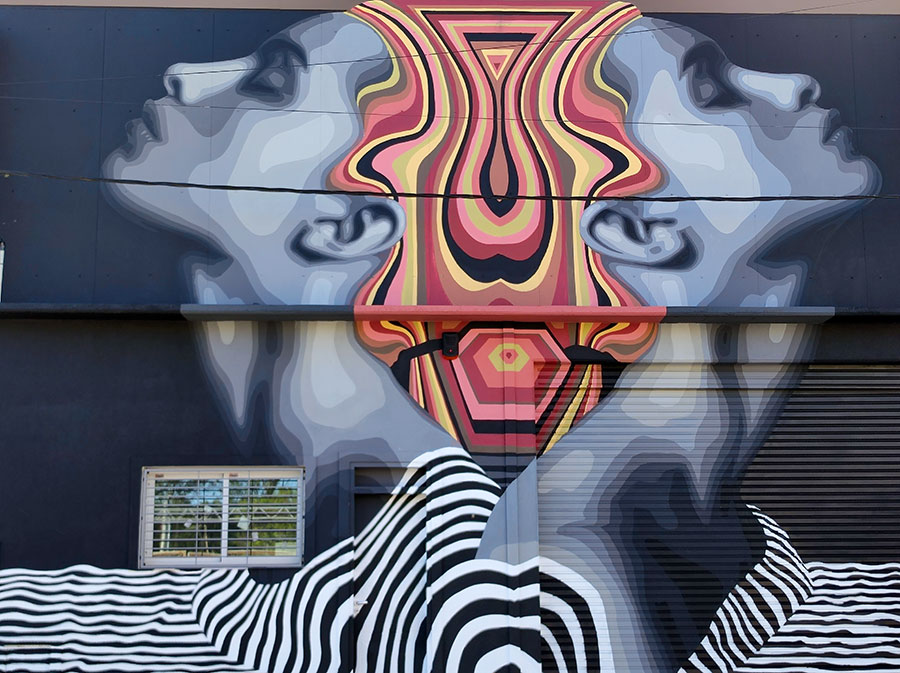
BSA: Do you think artists have a social responsibility to address the problems affecting our society today with their art?
Medianeras: Not necessarily. Each artist decides whether or not they want to work to address these social problems. All individuals whether they are artists or not have certain social responsibilities when living in societies. Urban art is important as a tool for the appropriation of public space. It is also political action. It is very important for the communities to express themselves in their streets since these are the places that we inhabit as societies.
The objective that we have always shared was the need to make public art, whether it’s a mural, urban intervention, or mosaic because we believe that there is where it lies the right place for our work.
We consider that public art is the most honest way to create our artworks and that anyone has access to them. We are not interested in making art for an elite that understands or appreciates it or that handles certain codes. It is art for everyone. Medianeras was born with a shared desire to move and create our work in different places and for different communities.
The important thing about urban art is that it expands this offer, making it accessible to everyone and democratizing access to culture. The main goal is to live the experience of creating public work, of engaging a community. That’s what we’re looking for and what fully gratifies us.
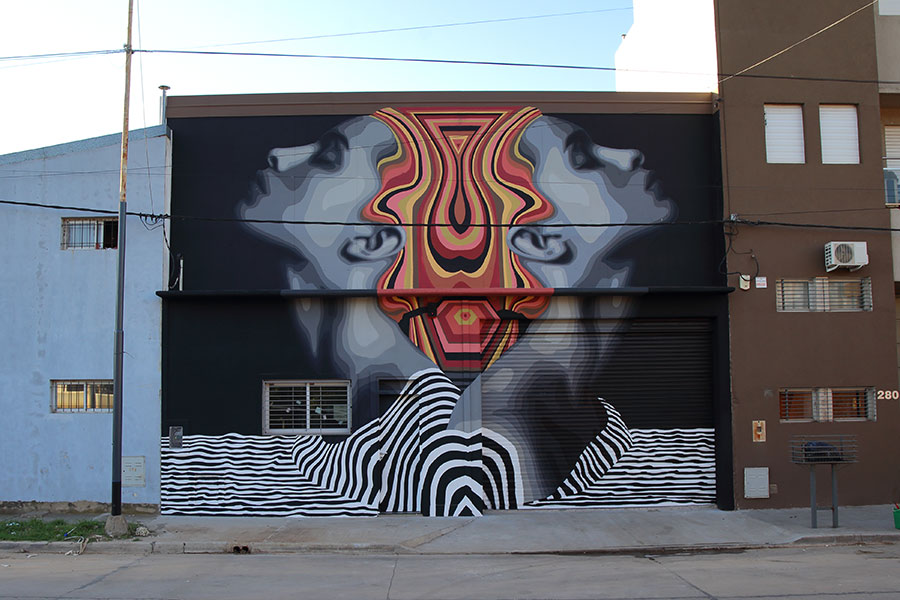
BSA: Do you think that Social Media has influenced the artistic output of street artists? Do you think that street artists have slightly changed their work in favor of a more welcoming and larger Social Media presence?
Medianeras: Yes, definitely. We believe that artists think about social media when making artworks since many times social media are a medium to show the work. Perhaps the media and the way you show your work is as important as the work itself. Many of these are created for these networks,
In general, we believe that the digital world has permeated the world of art and has changed the way artists work. We also believe that these modifications are not limited to the world of art but to the societies of the world in general.
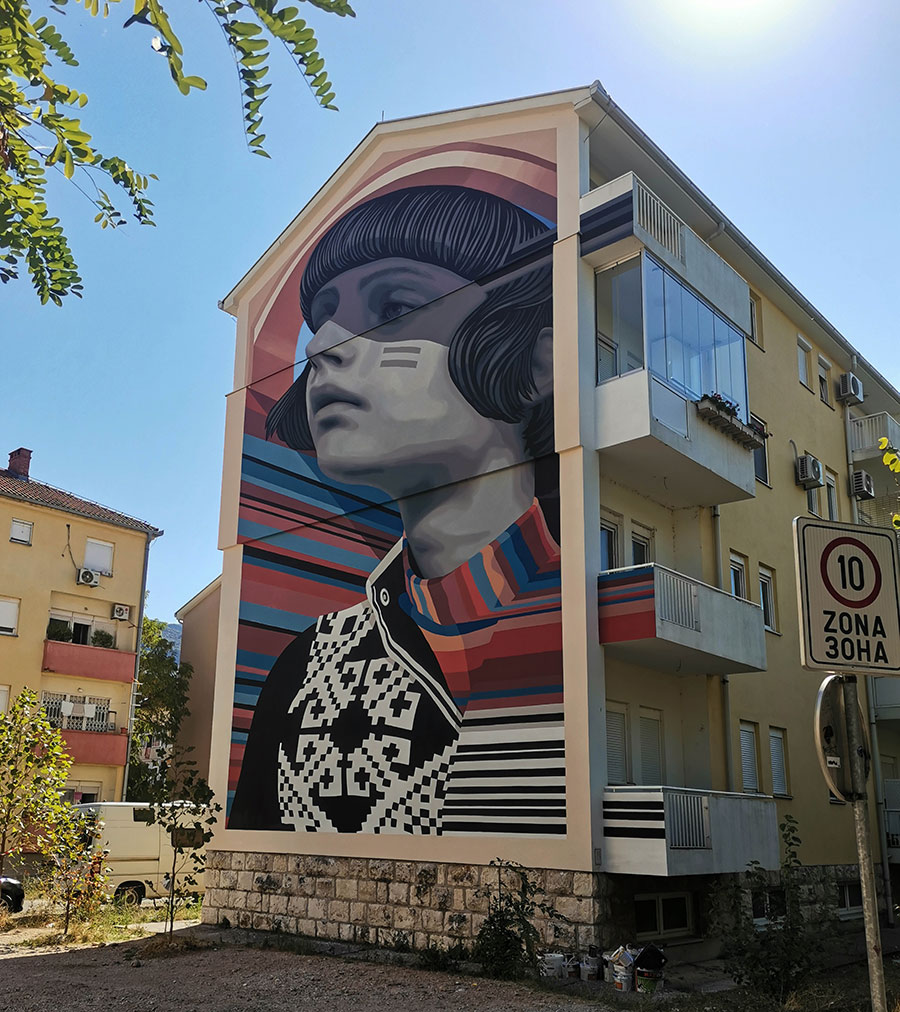
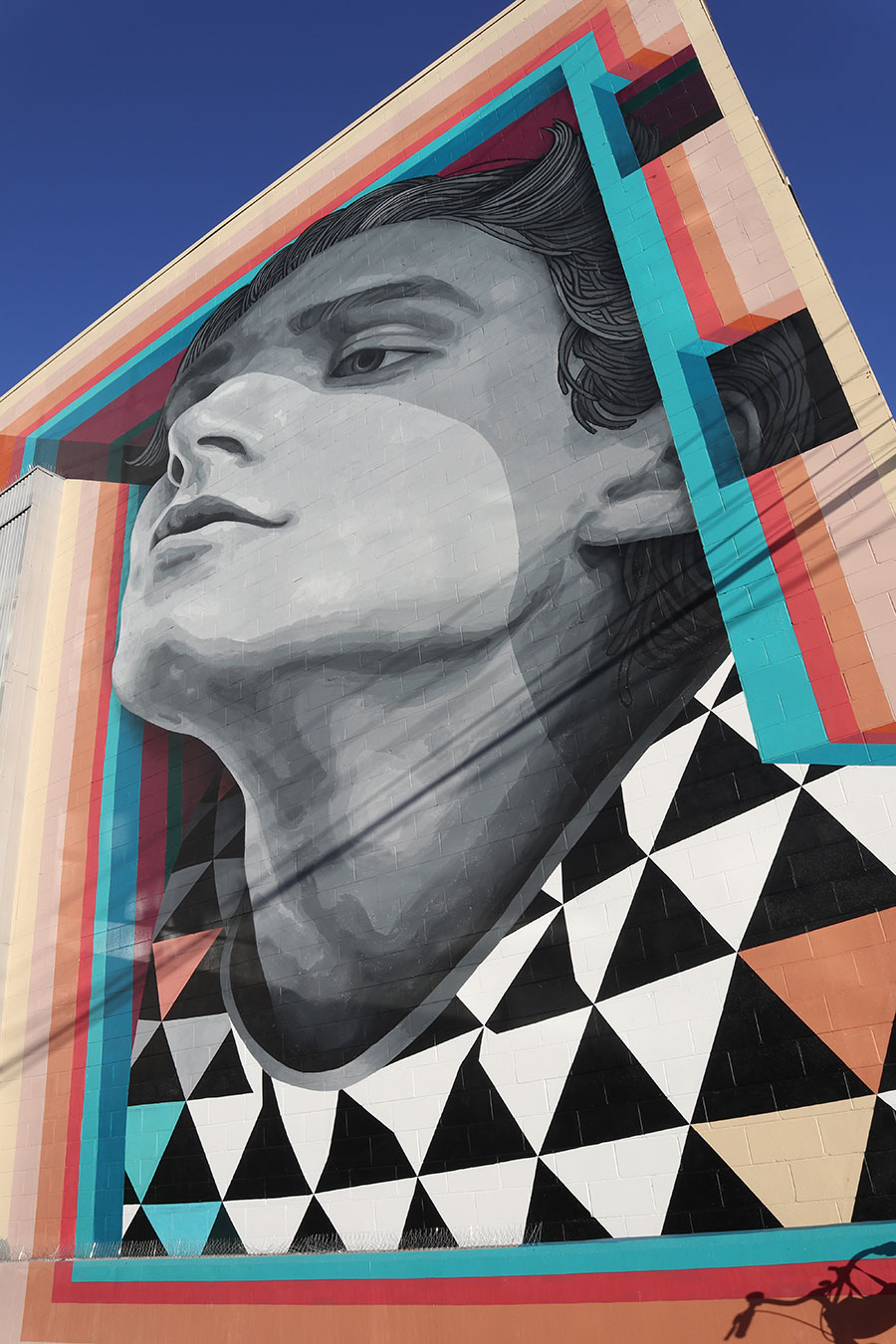
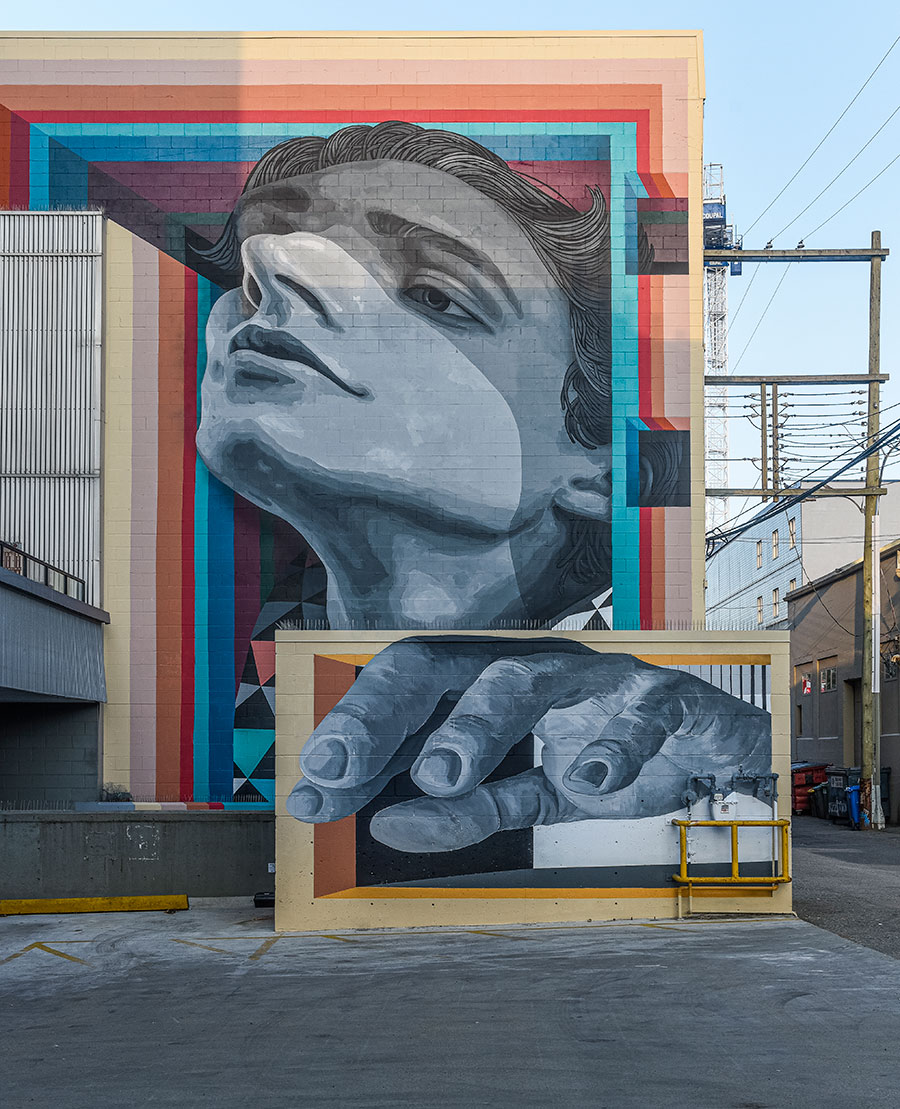
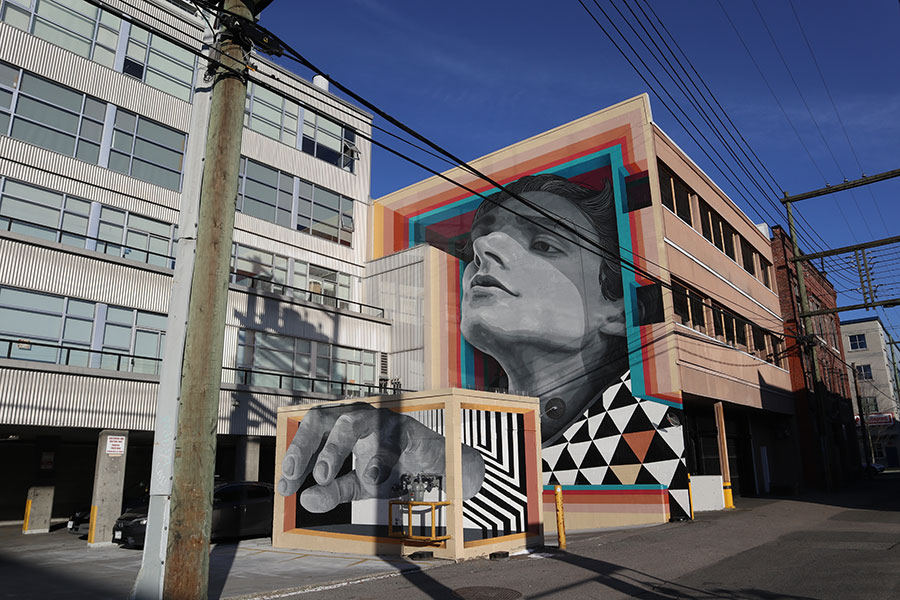
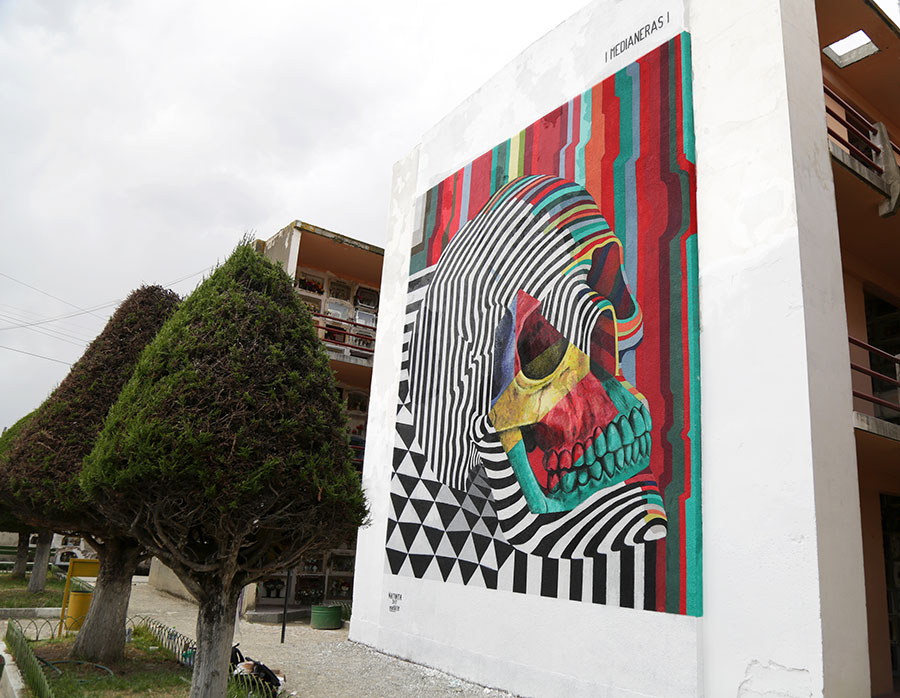
 BROOKLYN STREET ART LOVES YOU MORE EVERY DAY
BROOKLYN STREET ART LOVES YOU MORE EVERY DAY